Vicarious Liability
Introduction
In both everyday life and legal contexts, it is commonly understood that individuals are responsible for their own actions. However, the concept of vicarious liability serves as an exception to this rule. Vicarious liability is a legal principle where one person is held responsible for the wrongful actions of another. This concept is an exception in tort law, where typically, a person is liable only for their own actions. The principle is based on the Latin maxim "qui facit per alium facit per se," meaning "he who acts through another does the act himself." While primarily found in civil law, vicarious liability also applies in certain criminal law situations.
Vicarious liability aligns with the doctrine of respondeat superior, which means that a superior is responsible for the actions of their subordinate. A common example is when an employer is held liable for the actions of an employee. For vicarious liability to apply, specific conditions must be met:
- There must be a relationship between the master and servant (employer and employee).
- The wrongful act must be connected to this relationship.
- The employee must have committed the wrongful act within the scope of their employment.
If a tort is committed outside the scope of employment, the employer is not held vicariously liable. Understanding the scope of employment is crucial in determining liability.
Scope of Employment
An action falls within the scope of employment if:
- It is a task the employee is hired to perform.
- It occurs within the authorized time and place.
- It is done, at least in part, to serve the employer.
- The use of force by the employee is not unexpected by the employer.
Conversely, an action is outside the scope of employment if it does not occur within authorized time and space or has no connection to serving the employer.
Employers are generally not liable for actions outside the scope of employment unless:
- The employer intended the action or its consequences.
- The employer was negligent.
- The employee was acting on behalf of the employer.
For example, if an employee at a service station performs negligent repairs on a customer’s vehicle, resulting in an accident, the employer is vicariously liable because the act was within the scope of employment. However, if the same employee engages in personal misconduct, such as domestic violence, the employer is not liable, as the act is unrelated to the employee’s job.
Vicarious Liability in Criminal Law
In certain situations, the Indian Penal Code (IPC) imposes vicarious liability under the principle of respondeat superior:
- Section 154: Holds owners or occupiers of land criminally liable if their servants fail to inform authorities about unlawful activities on the property or fail to prevent such activities.
- Sections 268 and 269: Address public nuisance, where the employer may be liable for public nuisance caused by an employee.
- Section 499: Makes the owner liable for defamation published by a servant.
Examples of Vicarious Liability in Case Law
In Pushpabai Purshottam Udeshi & Ors v. Ranjit Ginning & Pressing (1977), the owner of a company was held vicariously liable when an employee, driving during work hours, caused an accident due to negligence. The court ruled that since the accident occurred within the course of employment, the employer was liable.
In contrast, in Sitaram Motilal Kalal v. Santanuprasad Jaishankar Bhatt (1966), the owner was not held liable when an employee caused harm while driving a vehicle outside the course of employment without authorization. The court found that the action was not within the scope of employment.
The Doctrine of Common Employment
The doctrine of common employment, introduced in English law, served as a defense against vicarious liability. It stated that an employer could not be held liable for injuries caused to a servant by the negligence of a fellow servant. This doctrine first appeared in Priestley v. Fowler (1837), where a butcher’s boy sued his master after being injured due to a fellow servant's negligence. The court ruled that the master was not liable.
Initially considered fair, the doctrine later faced criticism as it extended to injuries resulting from ordinary risks of employment. It was argued that employees voluntarily accepted the risks of their work. Over time, various laws and judicial decisions in England and India restricted the application of this doctrine. Ultimately, the Law Reform (Personal Injuries) Act, 1948, abolished it in England.
Vicarious Liability in India
The doctrine of common employment was briefly applicable in India during British rule. However, its application was doubtful, and it was eventually addressed by the Indian Legislature through the Employer’s Liability Act, 1938. This Act aimed to eliminate certain defenses arising from workplace injuries. Although the doctrine was restricted, the principle of vicarious liability continues to play a significant role in Indian law.
Conclusion
While vicarious liability is sometimes mentioned in statutes, it is primarily the courts that determine its application. Though the principle may seem counterintuitive—holding one person liable for another’s actions—it is necessary in certain cases to protect both the injured party and the public interest. Even though the principle is not explicitly codified, it has been well established through case law. As vicarious liability becomes increasingly relevant in criminal law, cases involving this principle must be adjudicated with care, fairness, and strong evidence.
Share
Tags
Archive
Popular & Recent Post
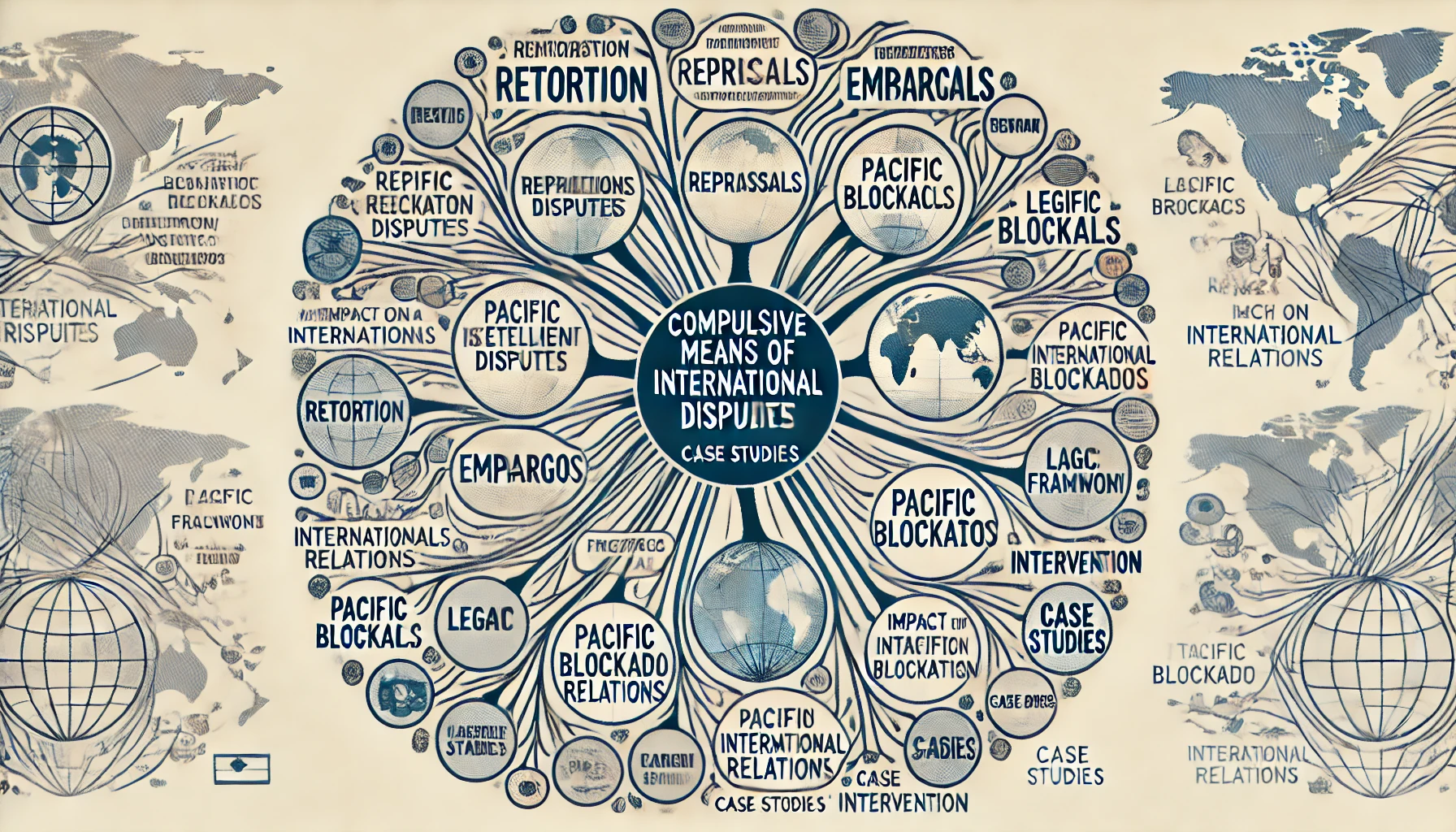
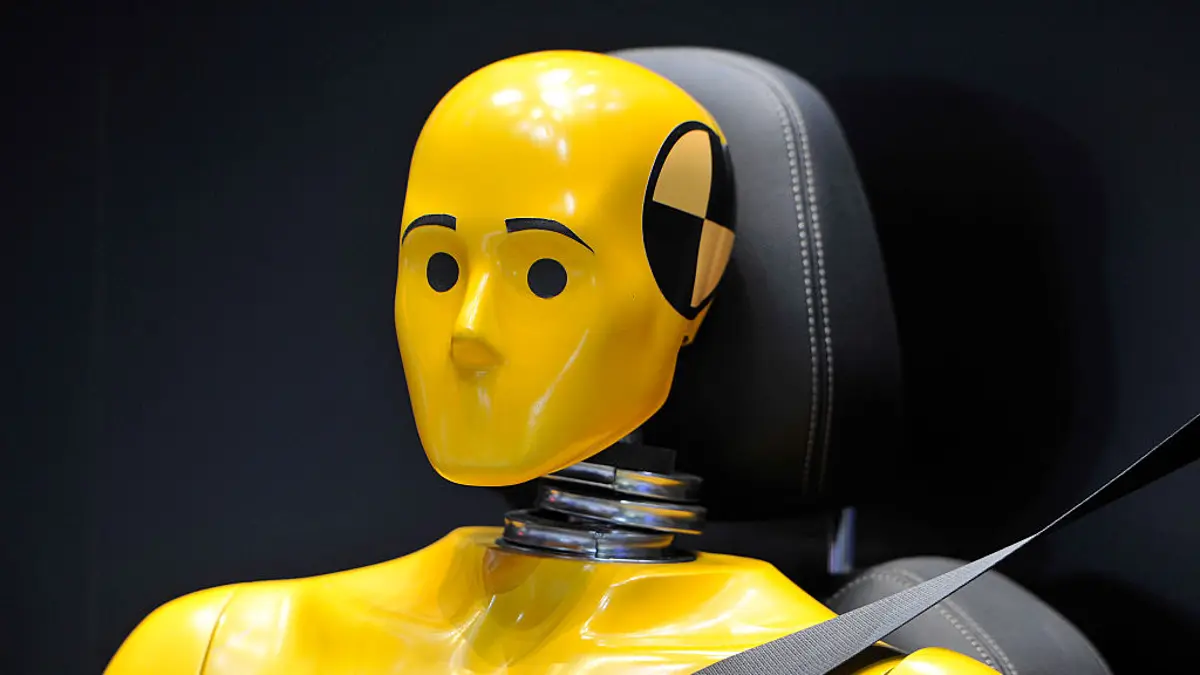


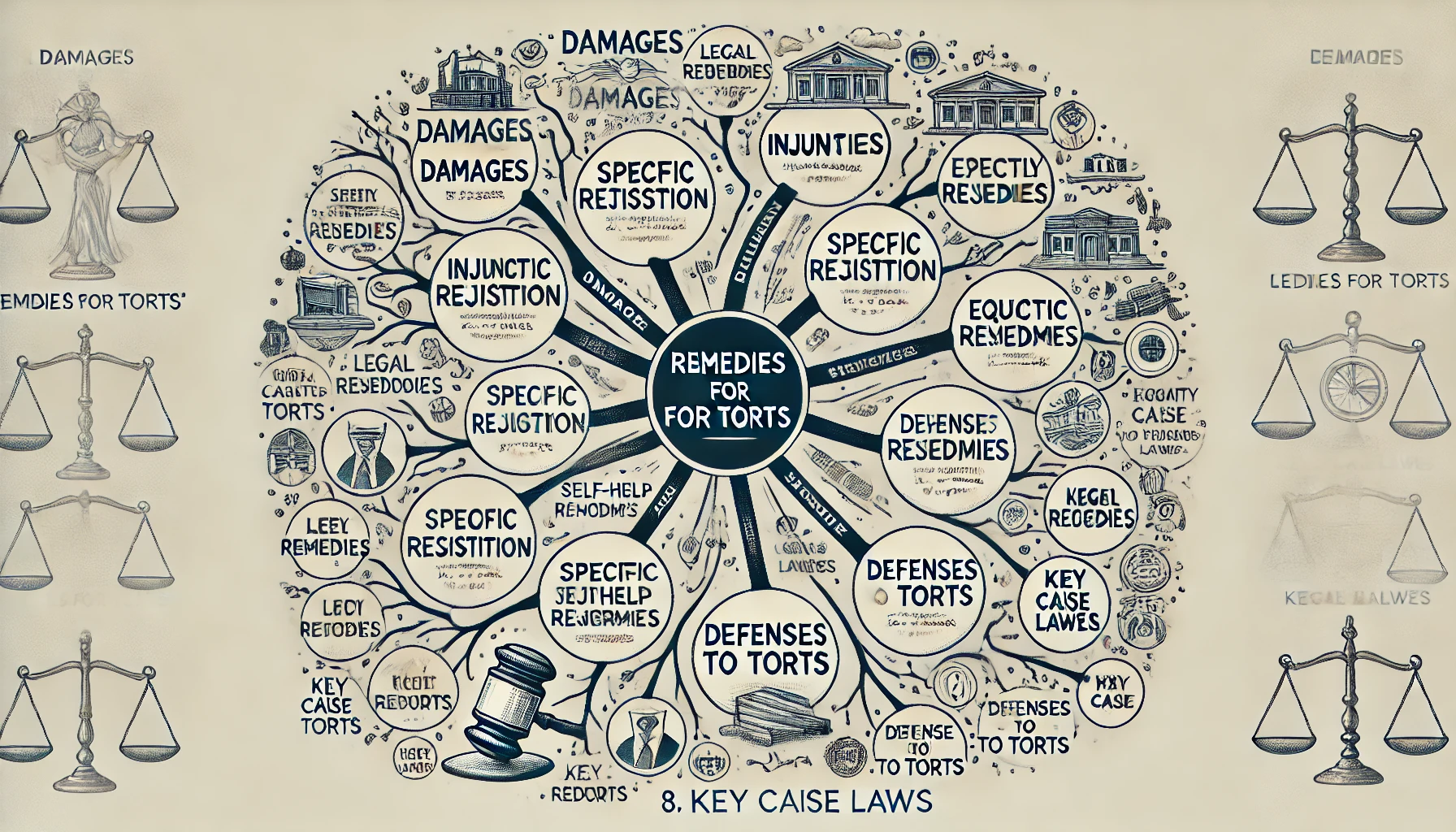

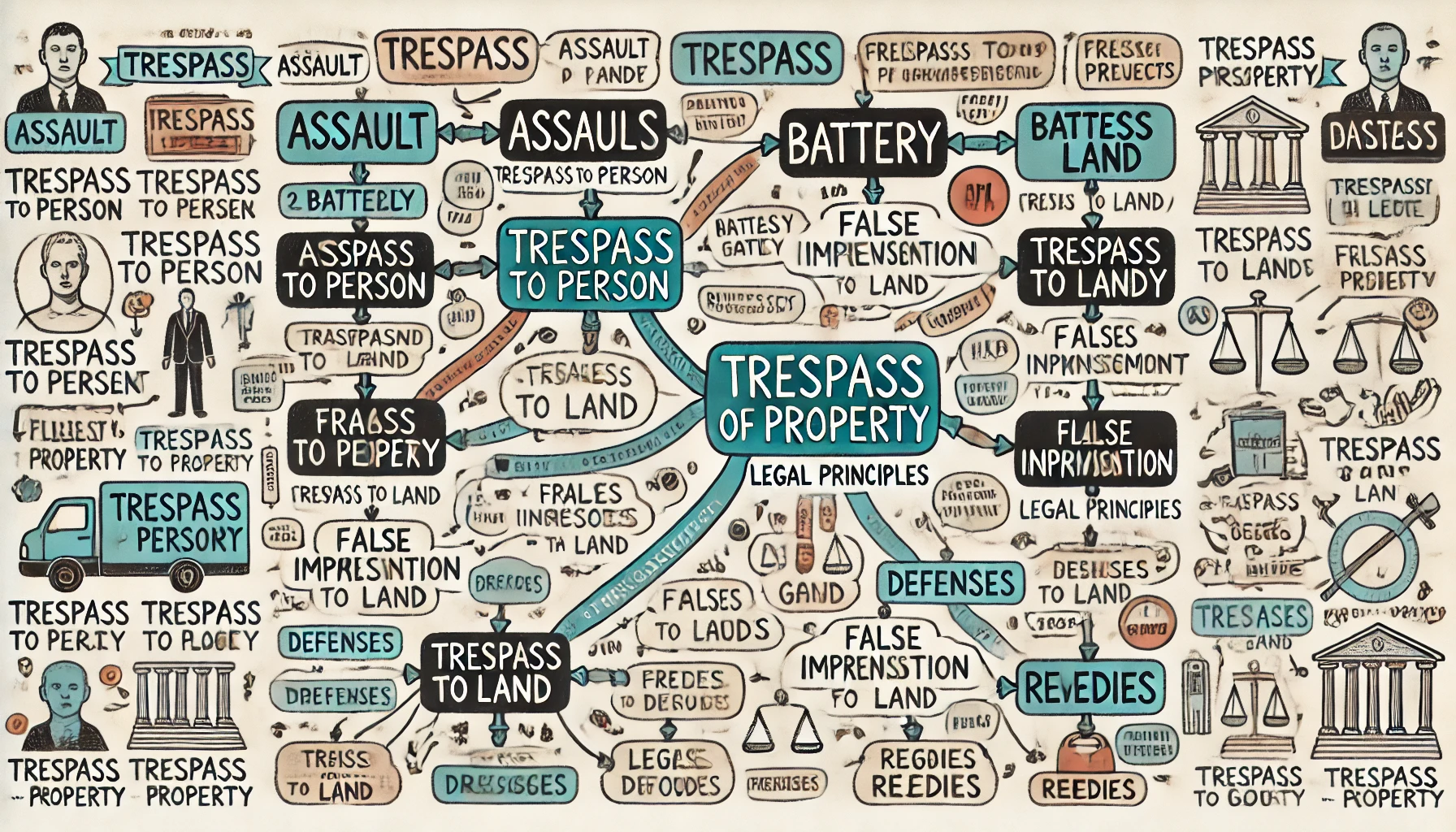
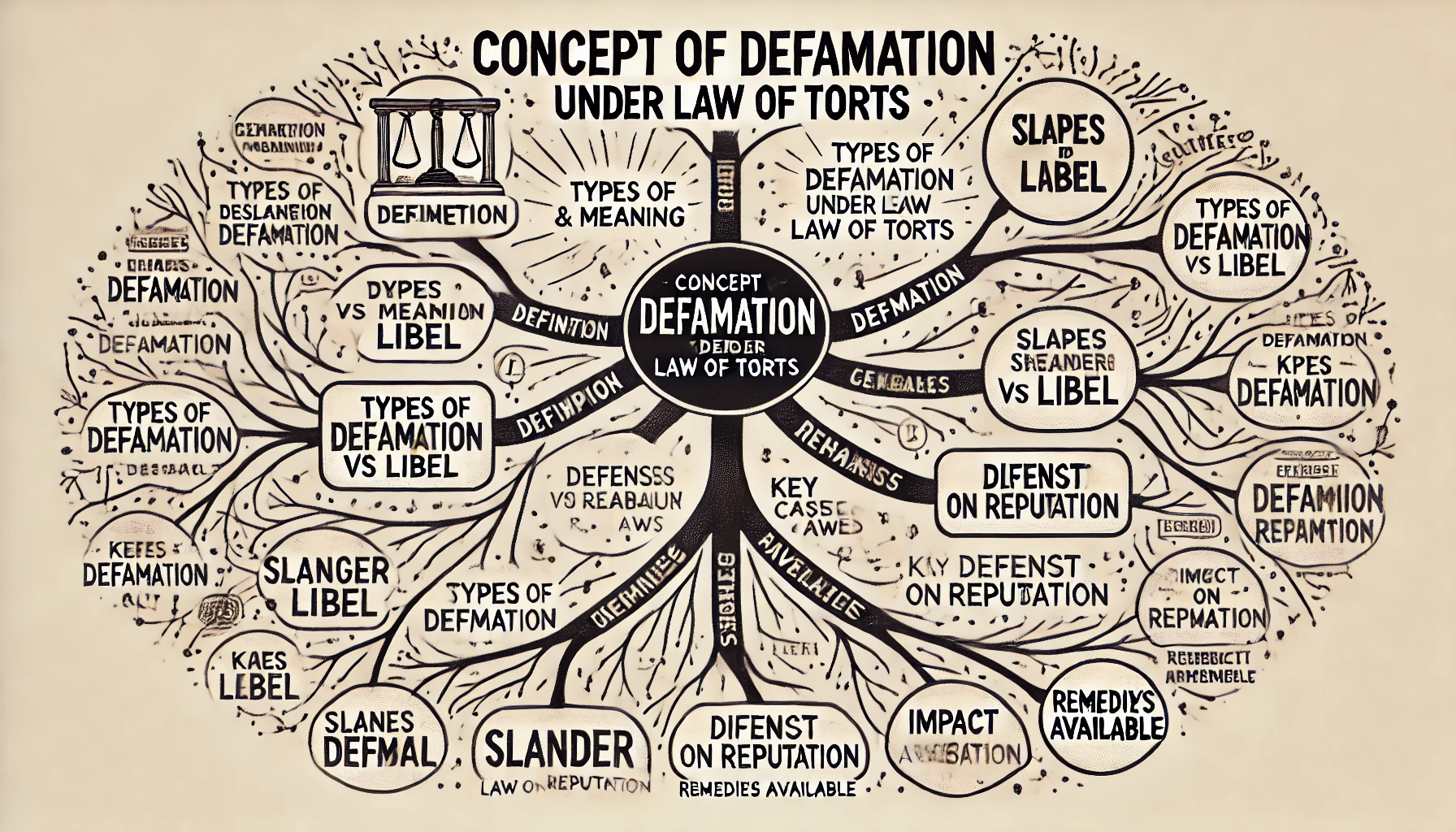
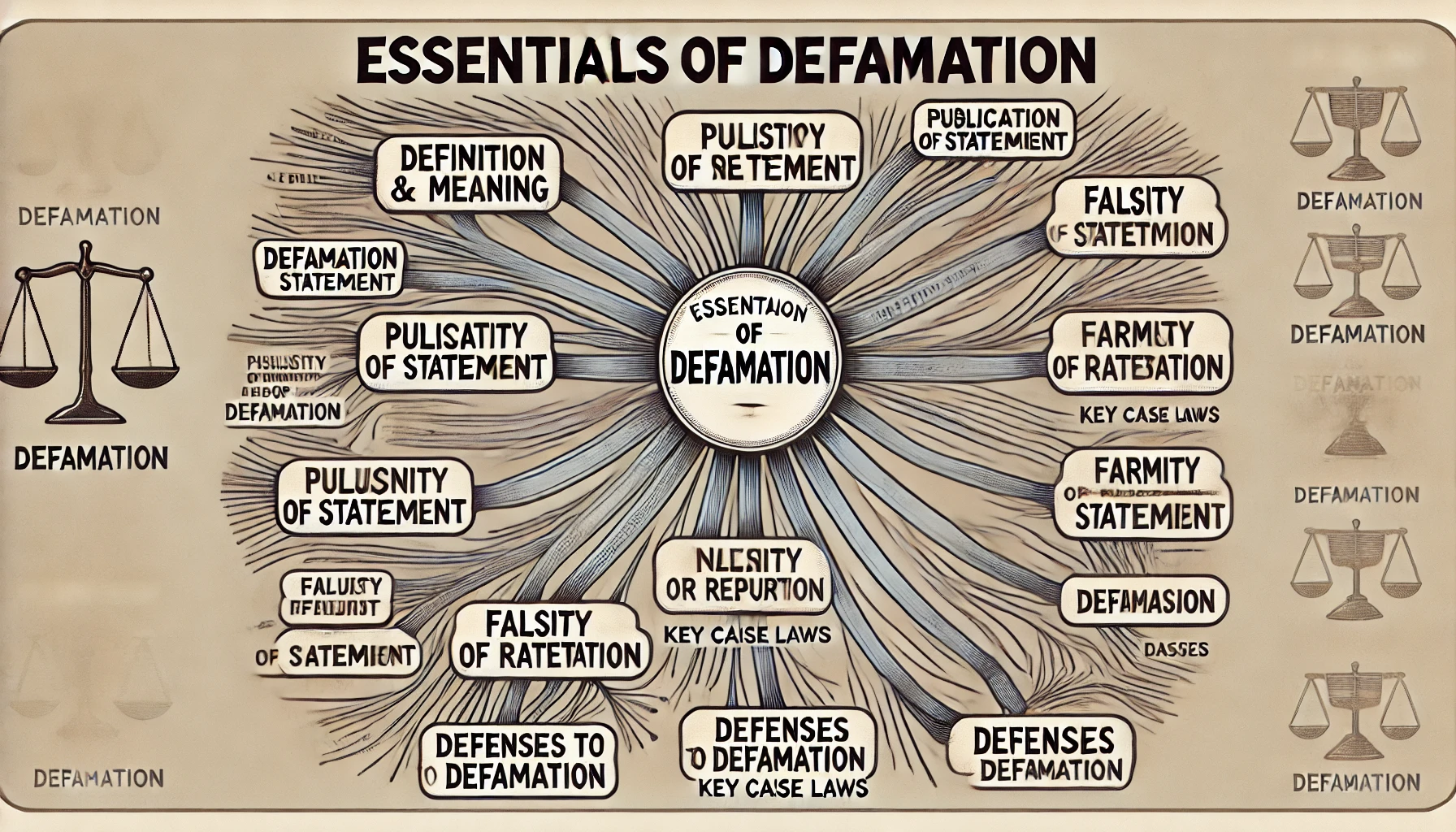
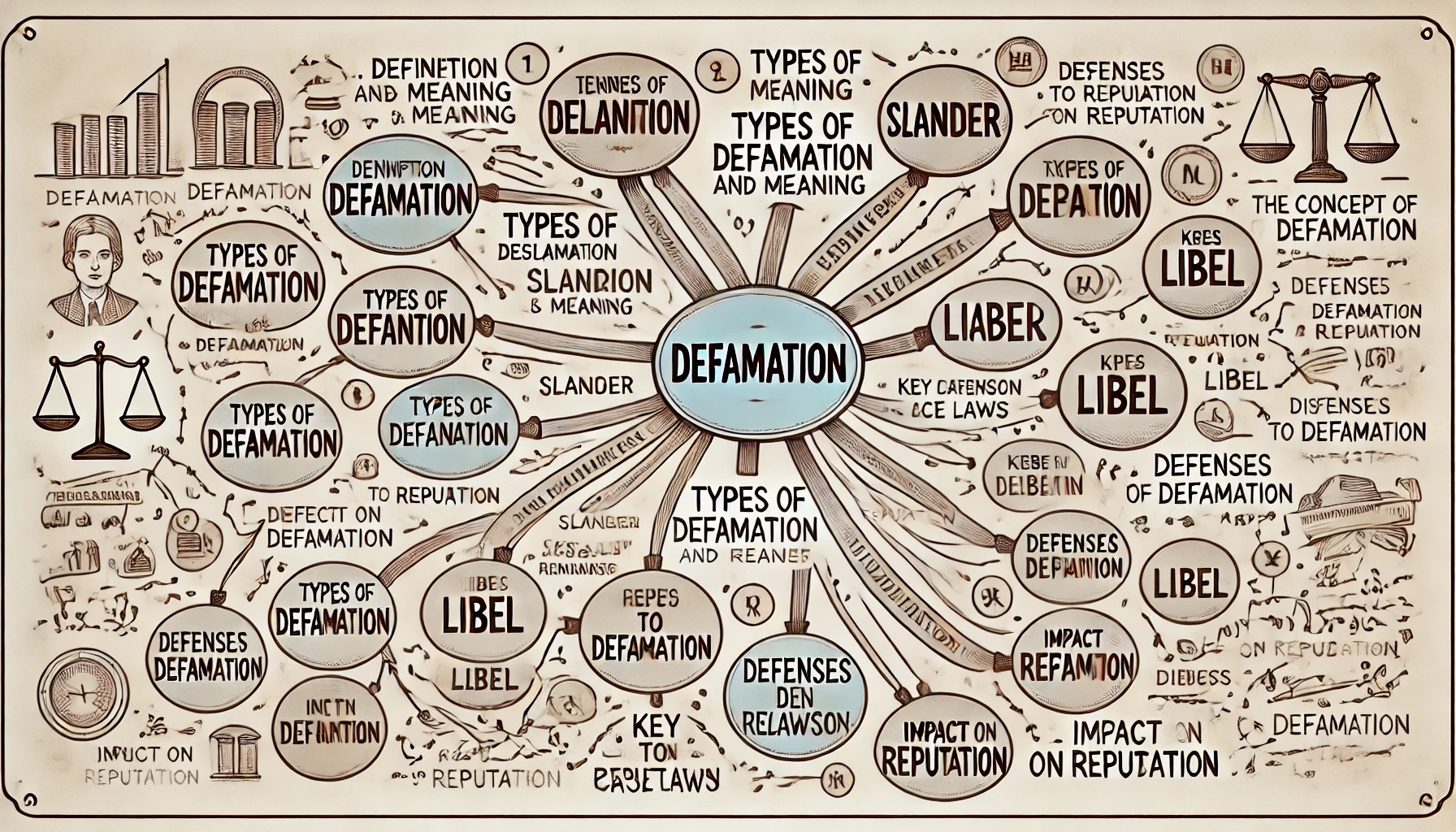

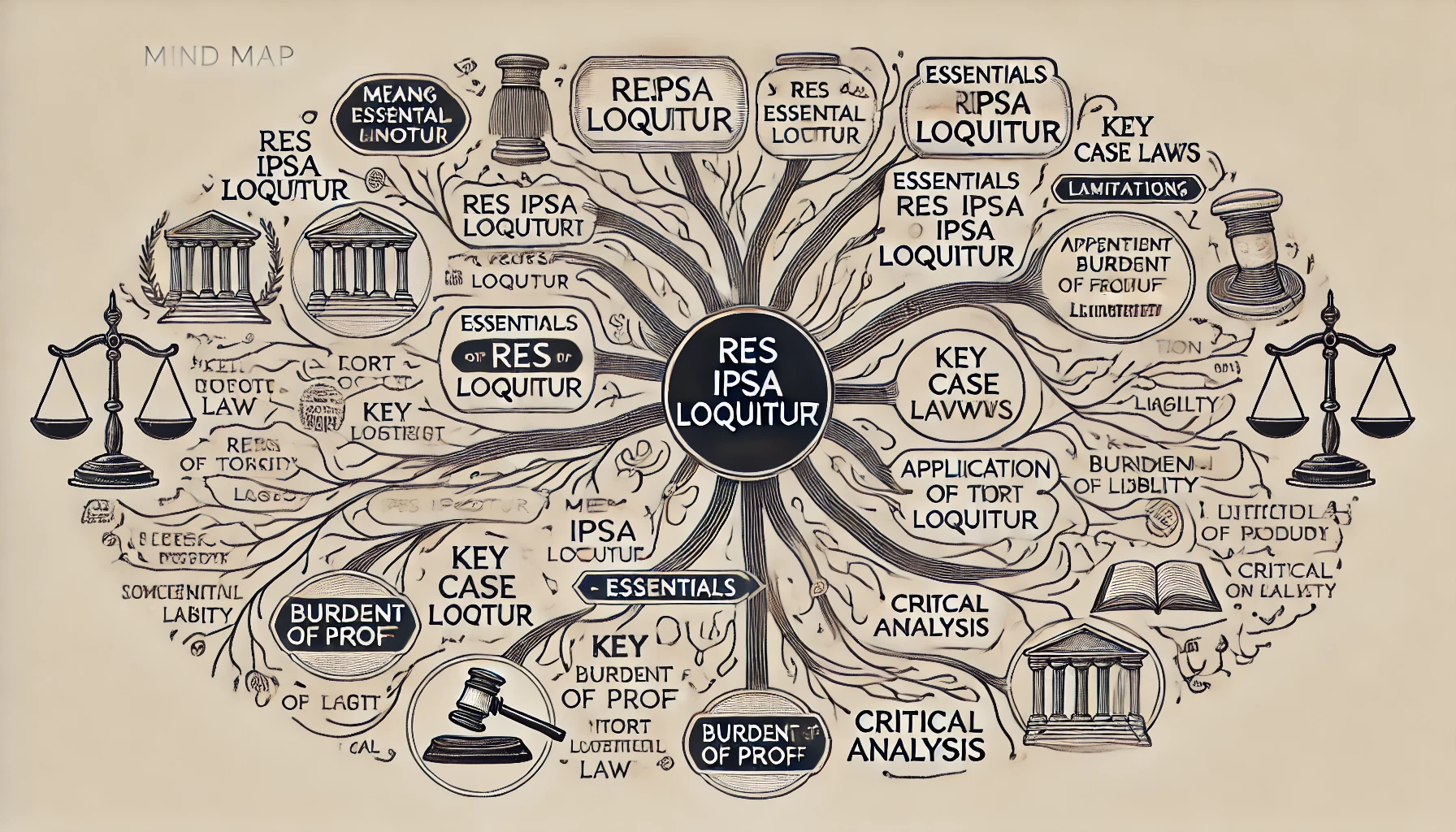
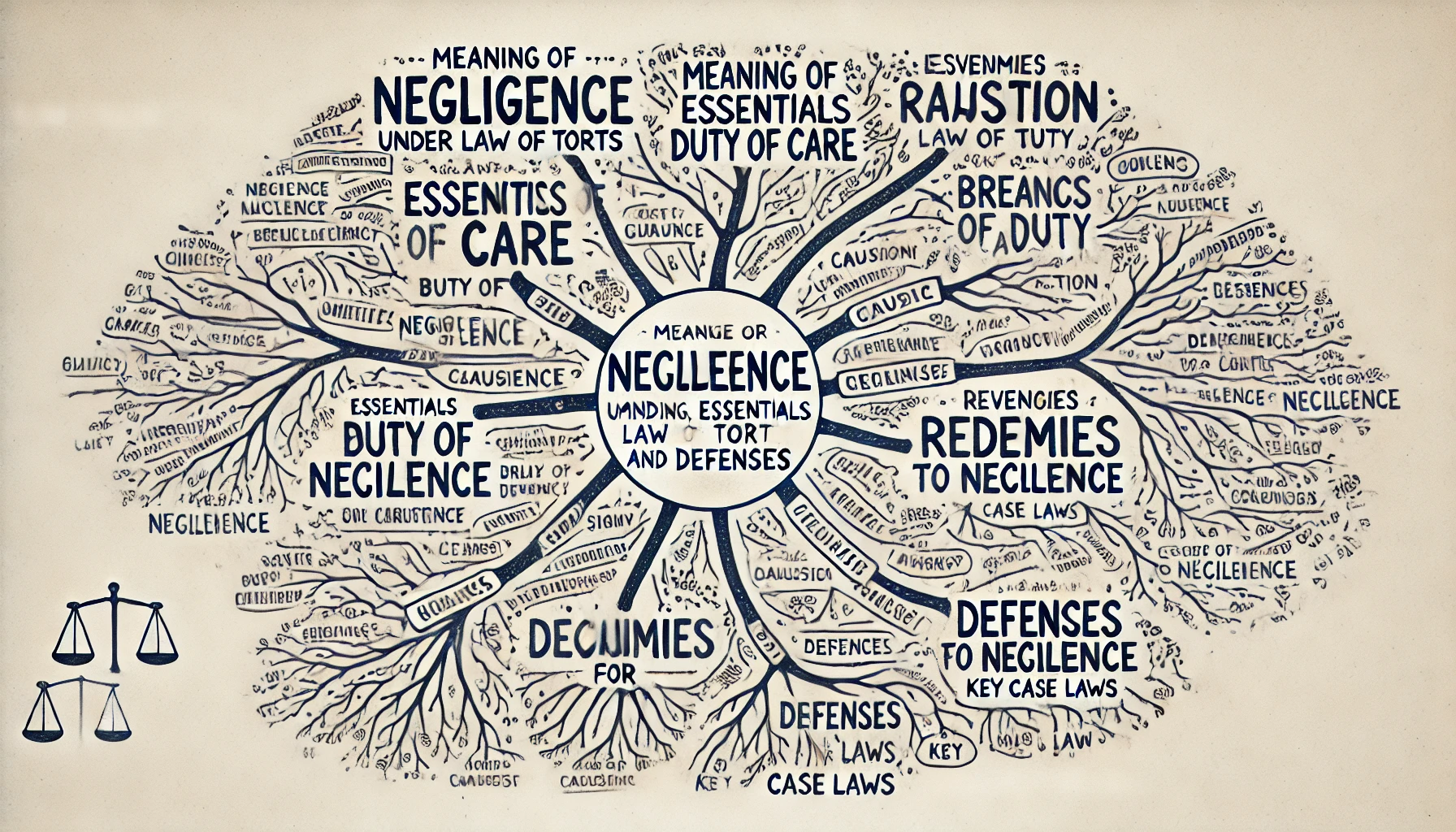
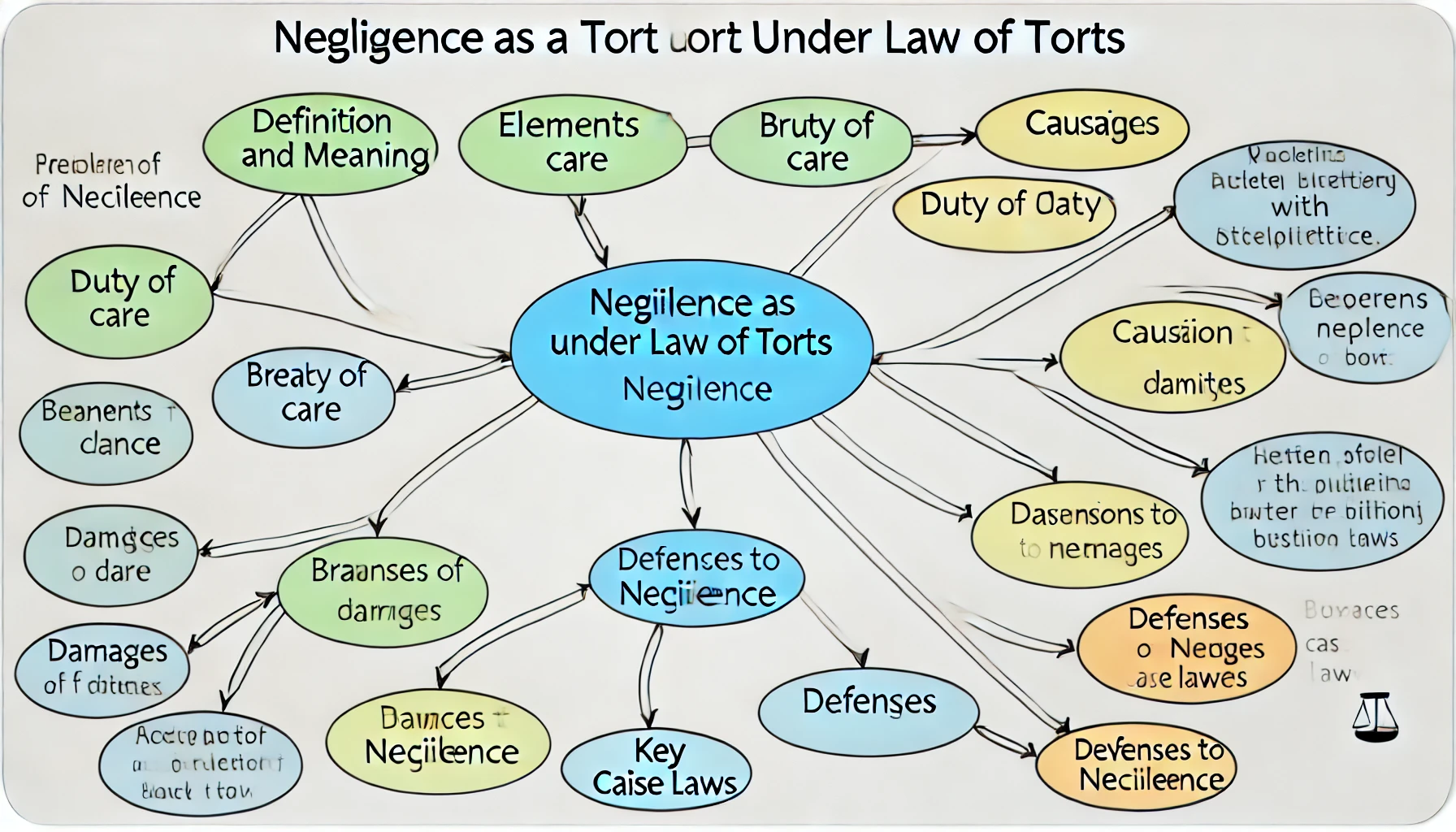
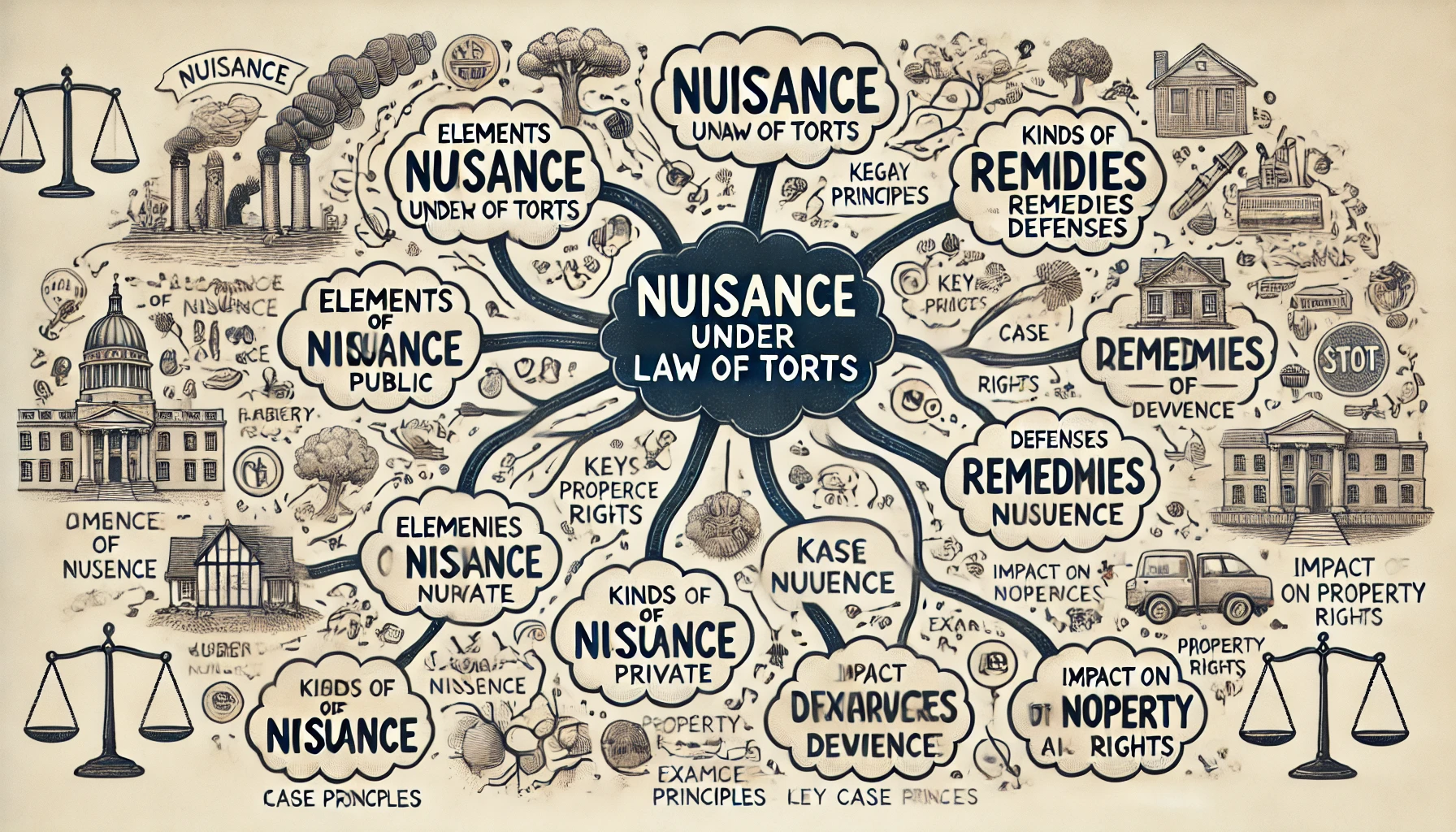
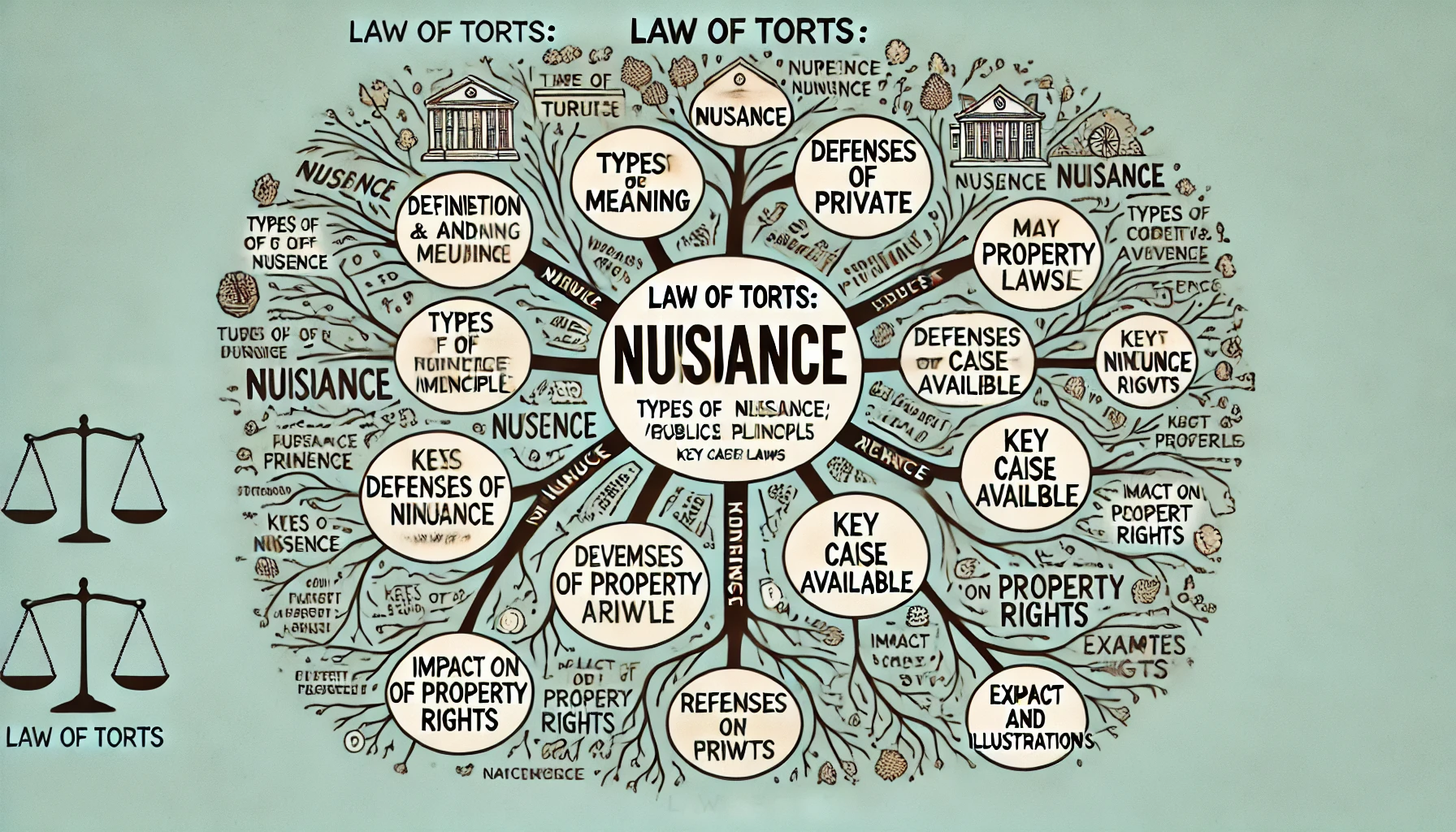
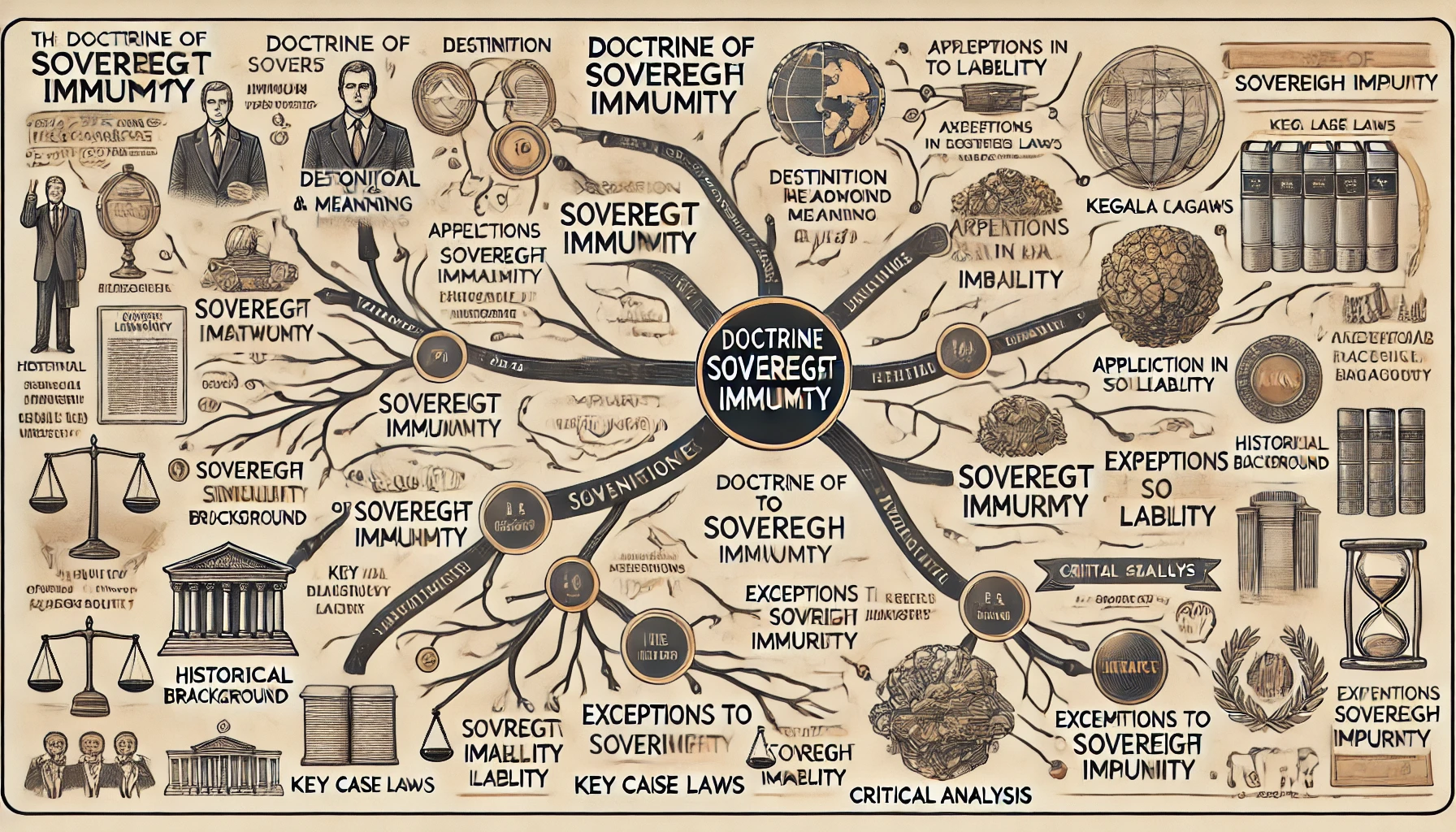
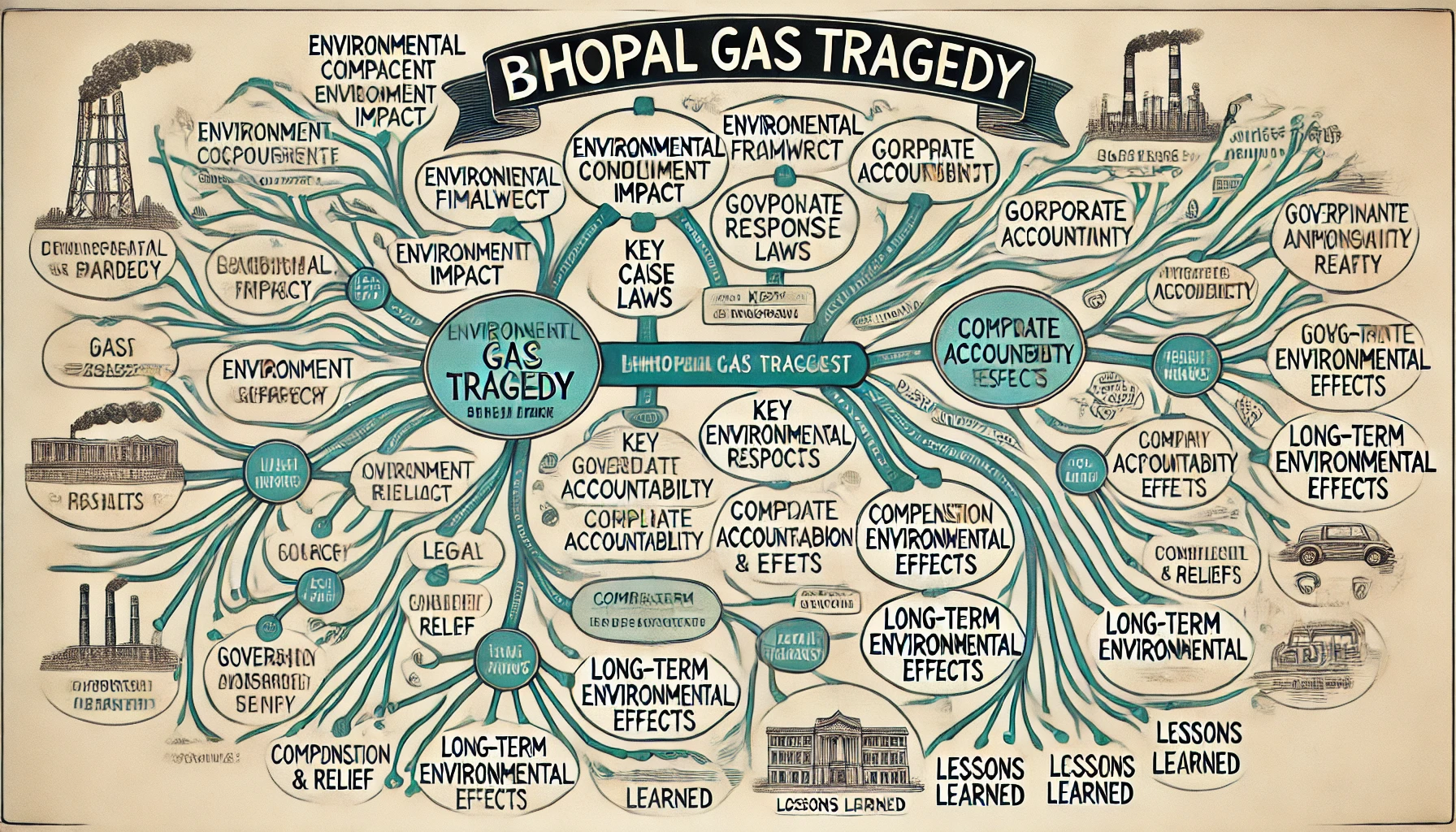
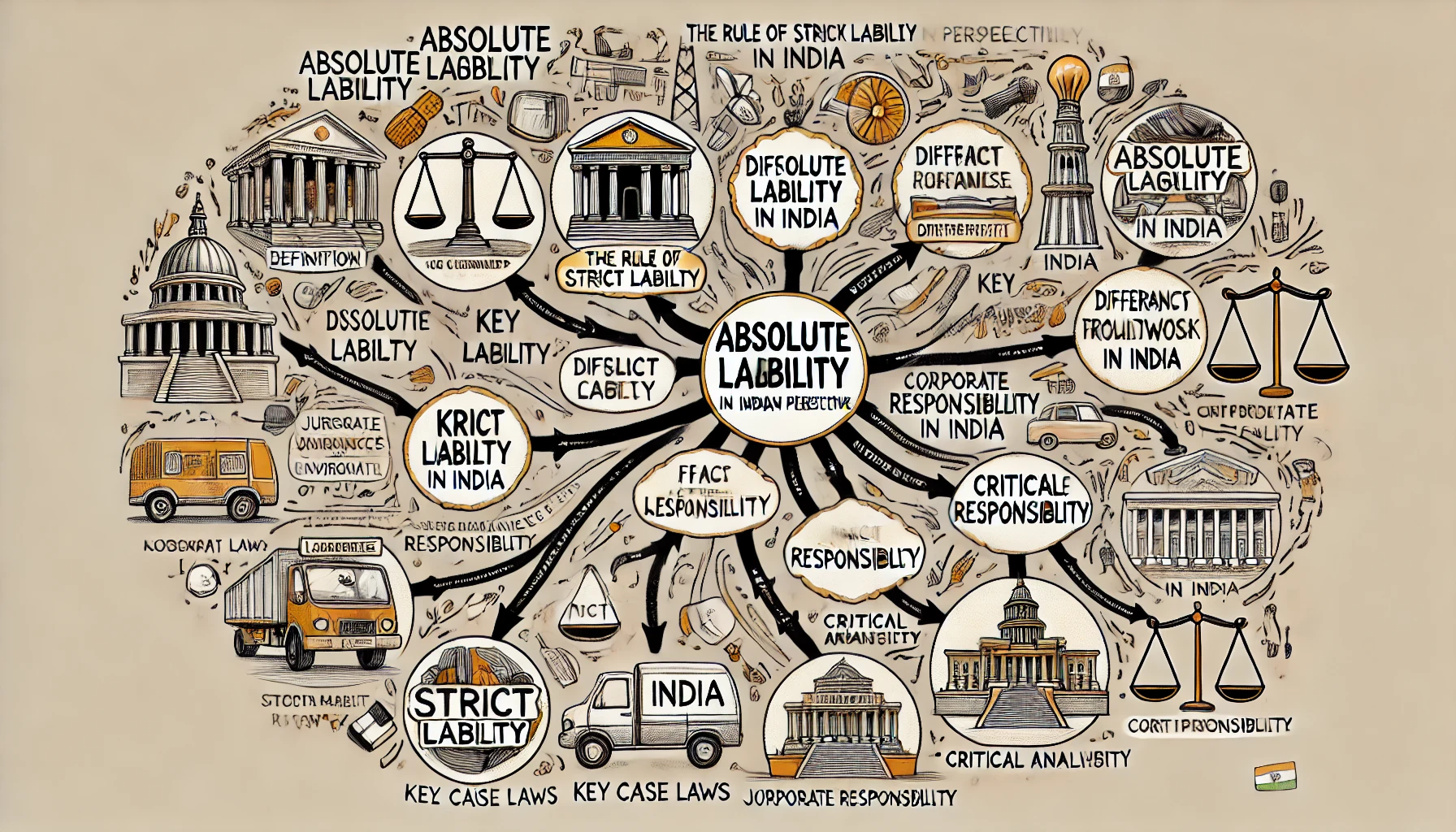
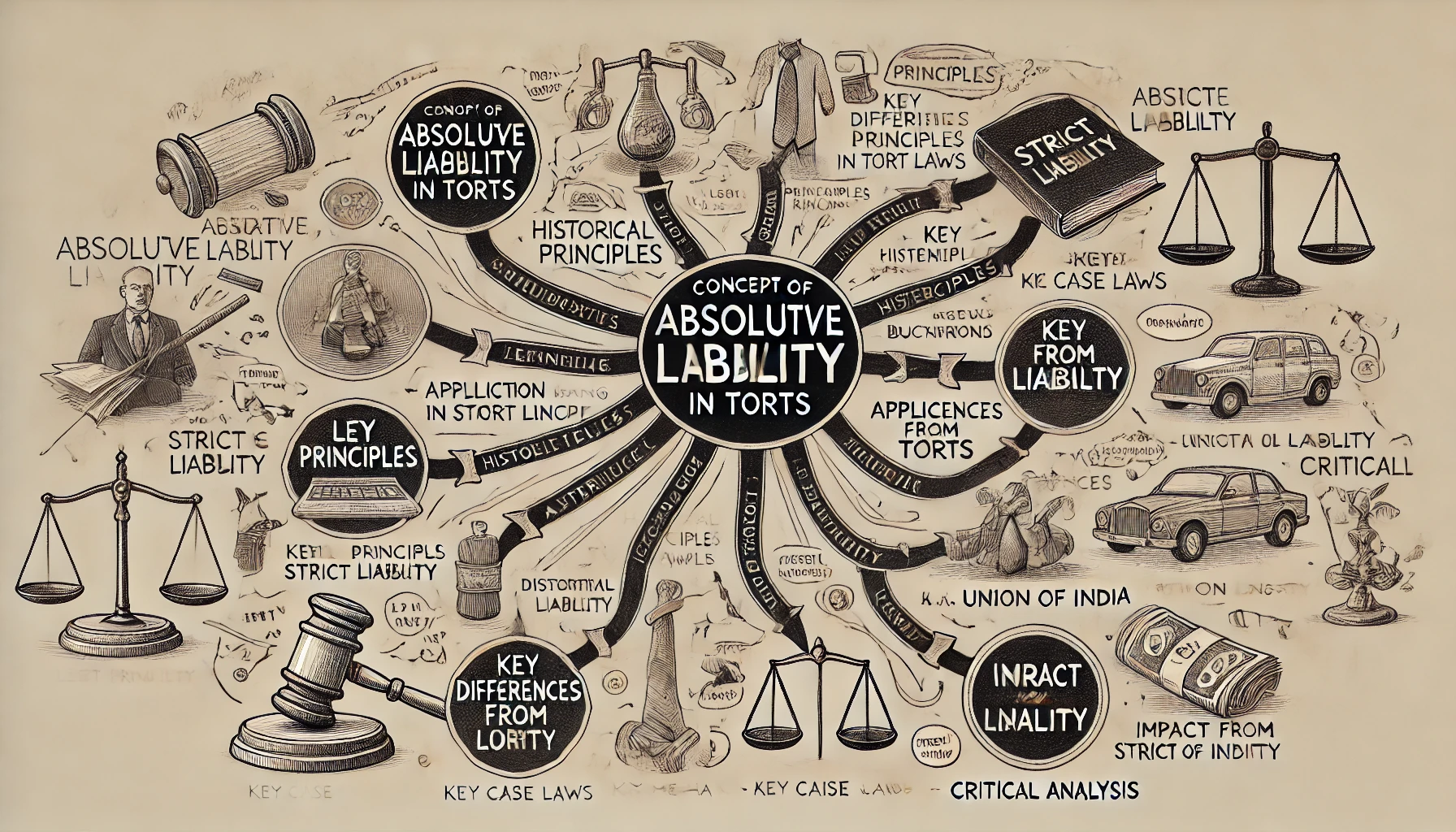
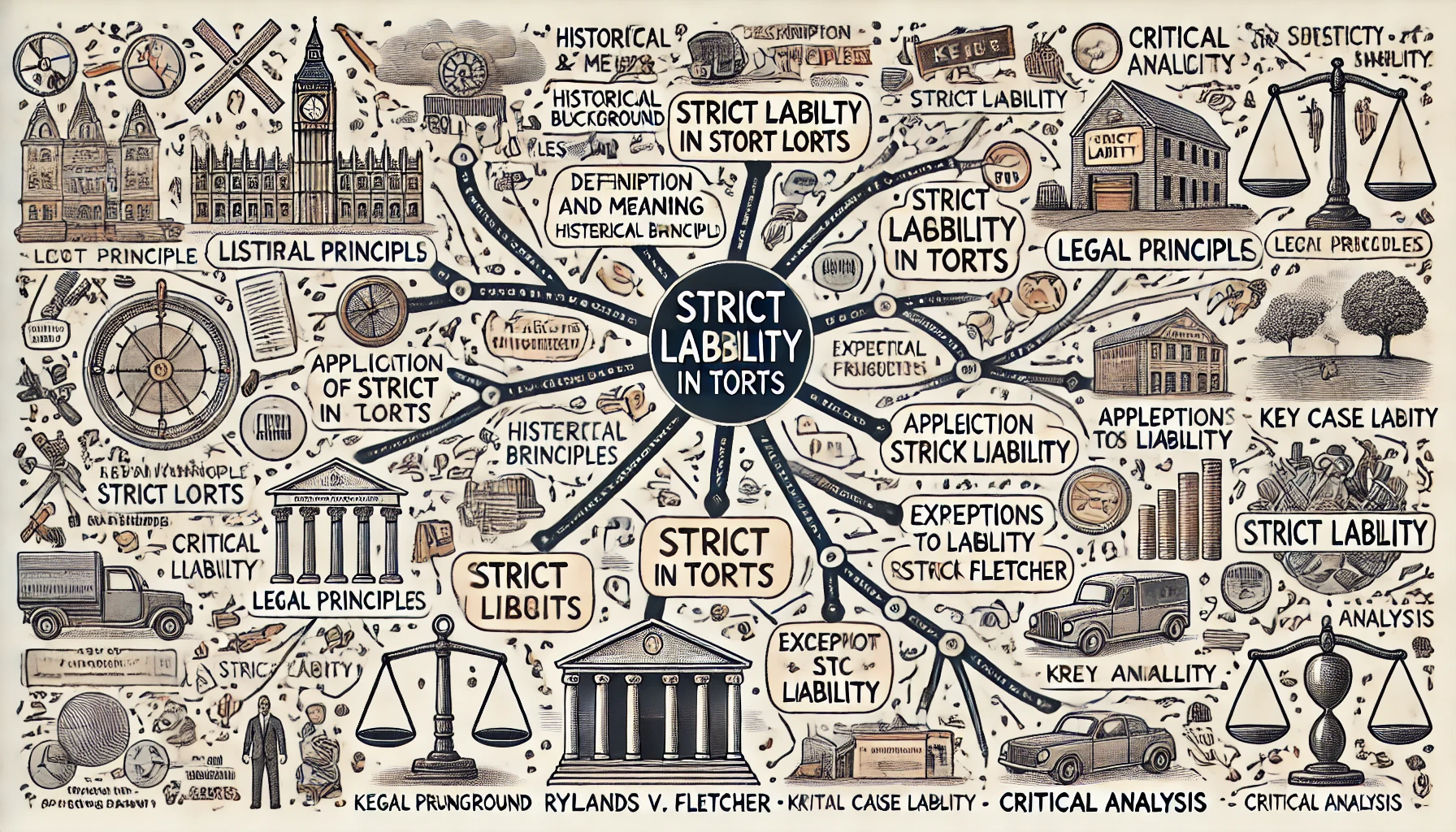

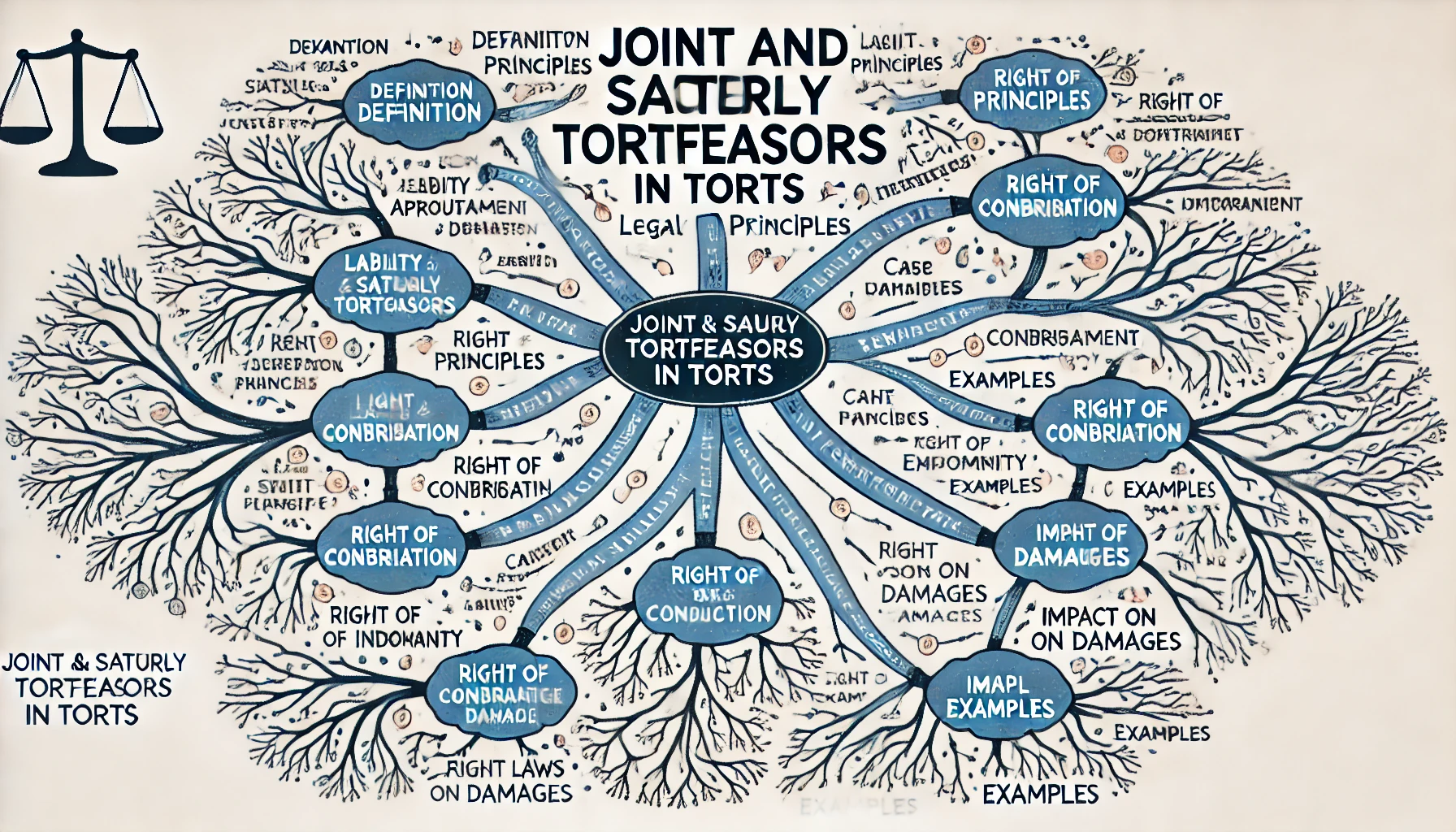
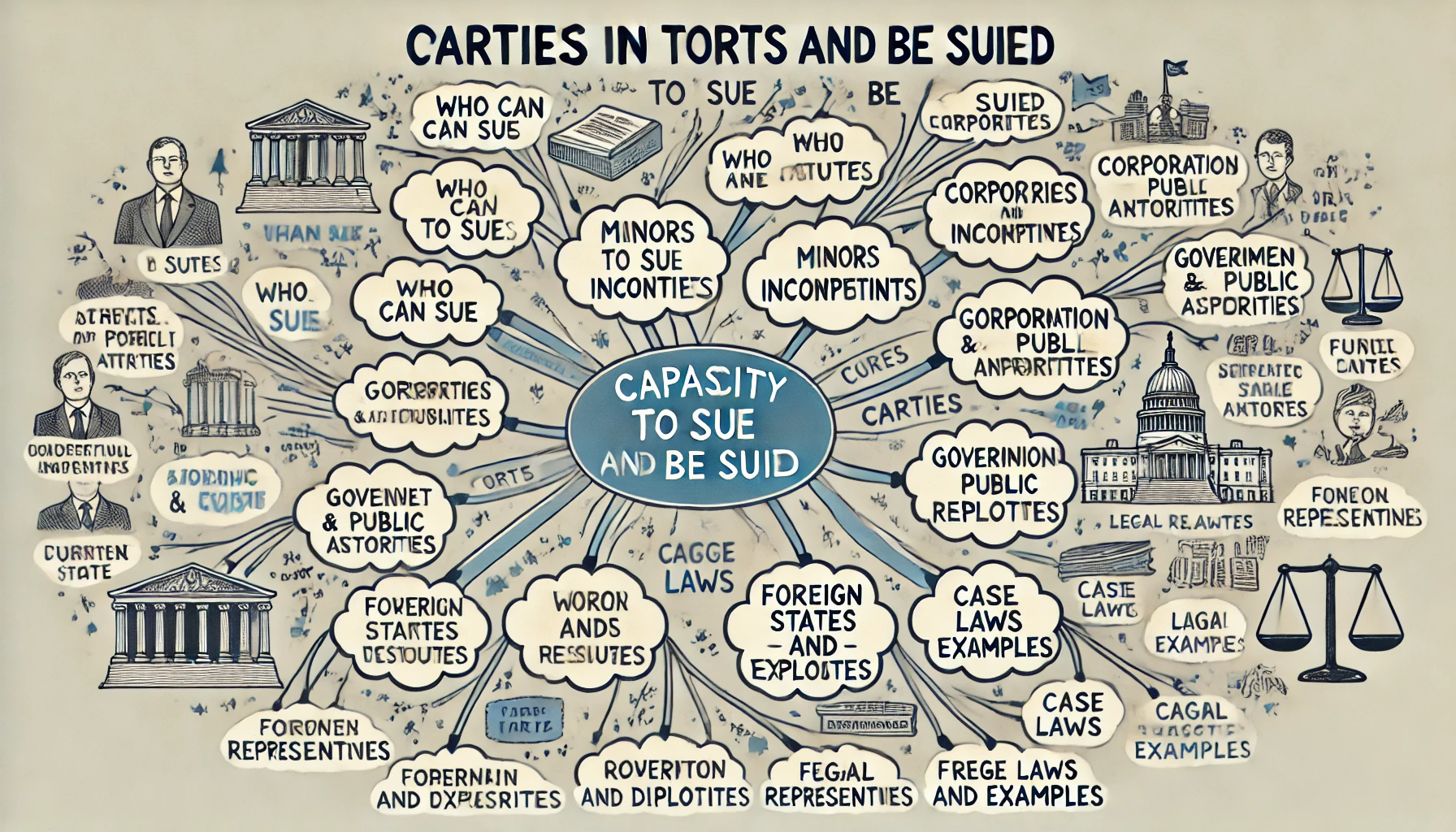
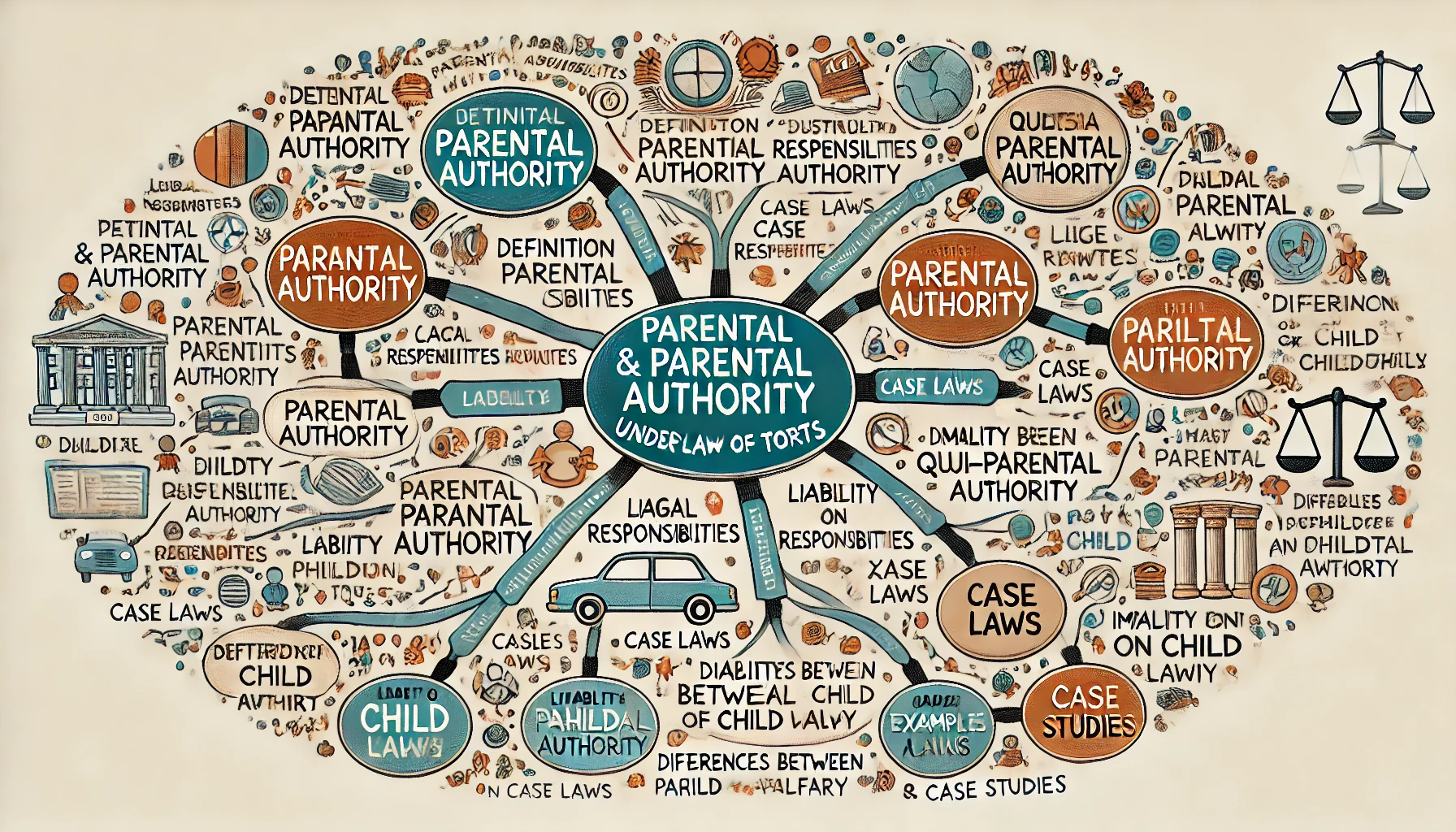
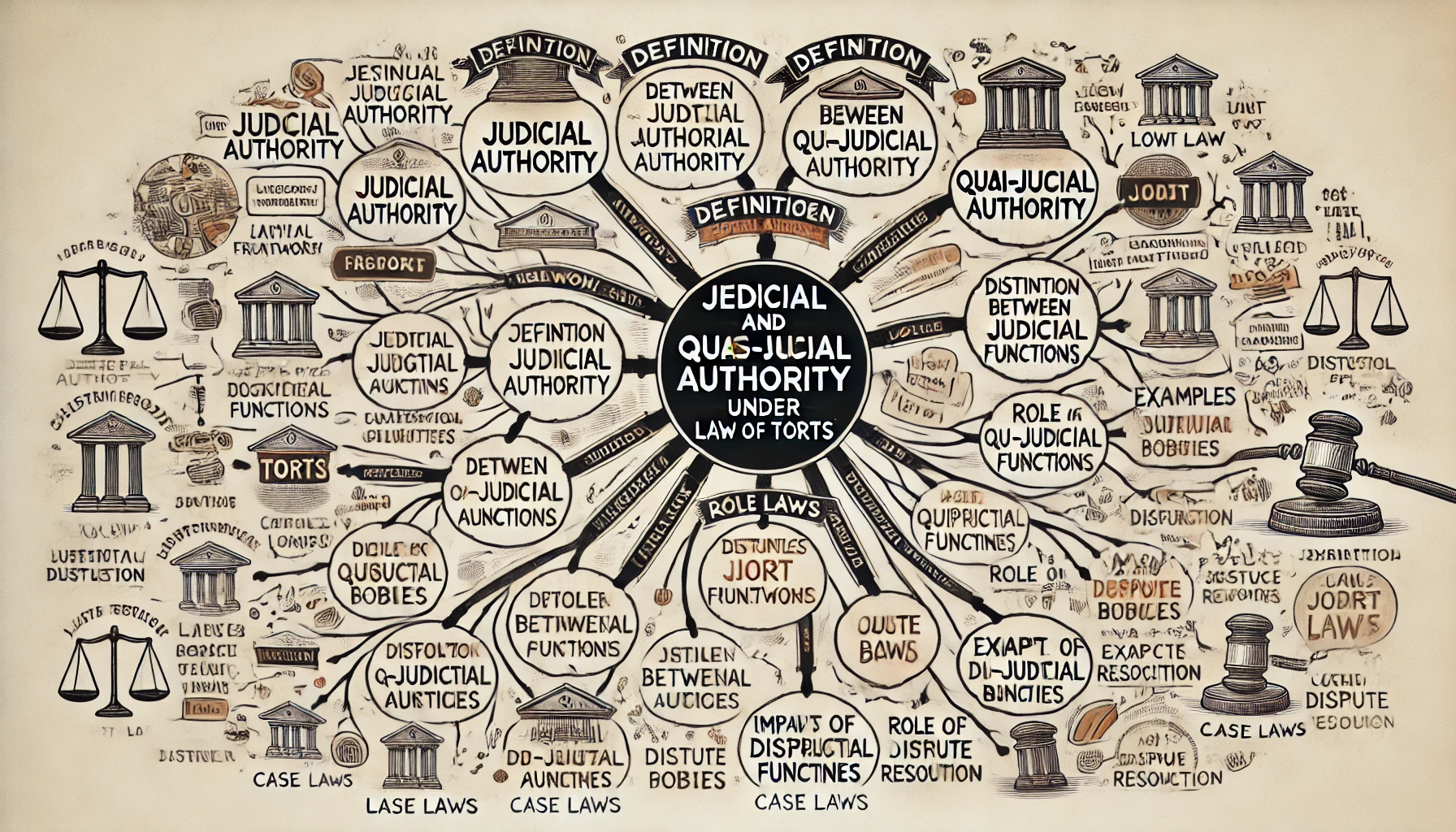
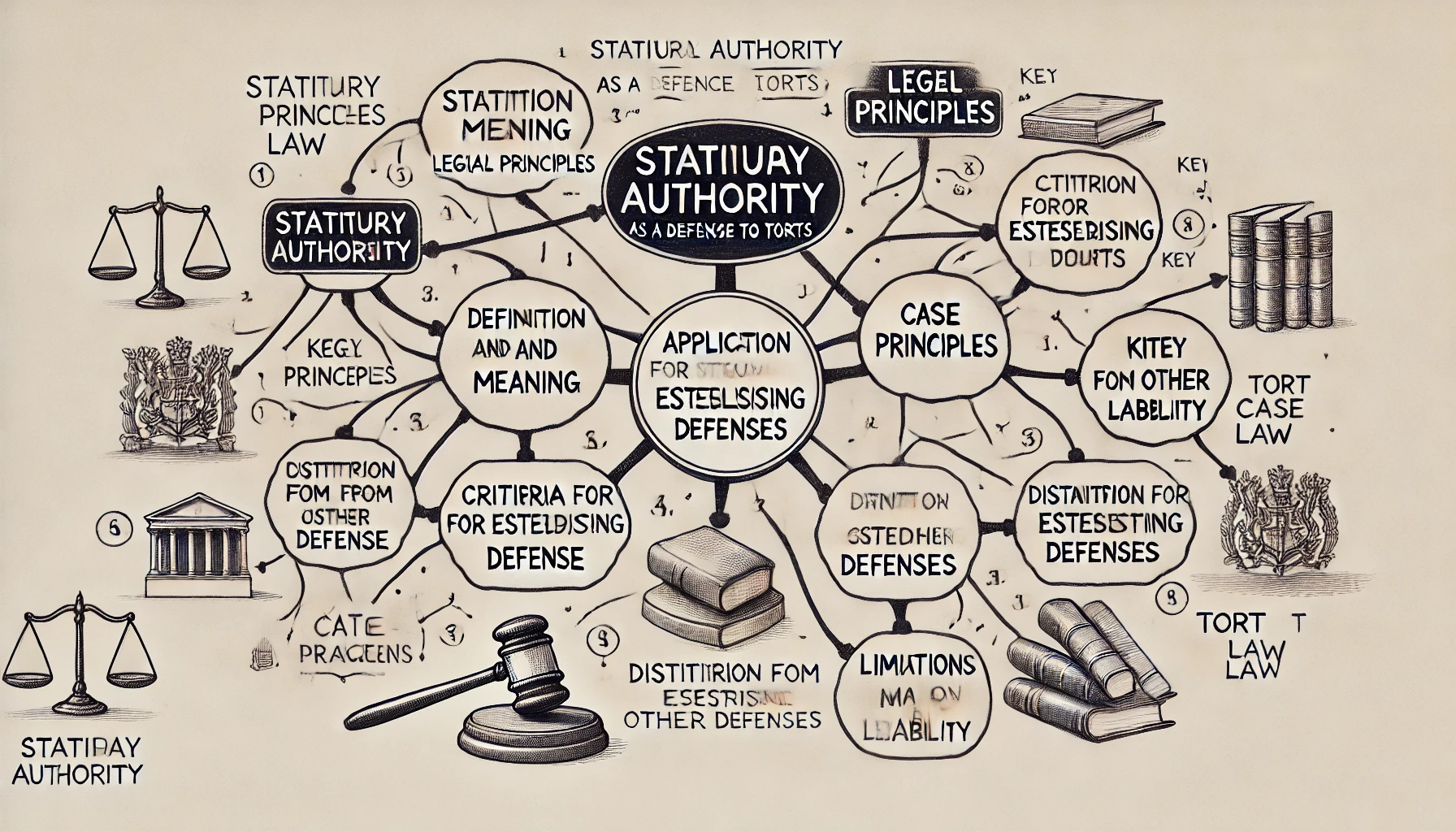
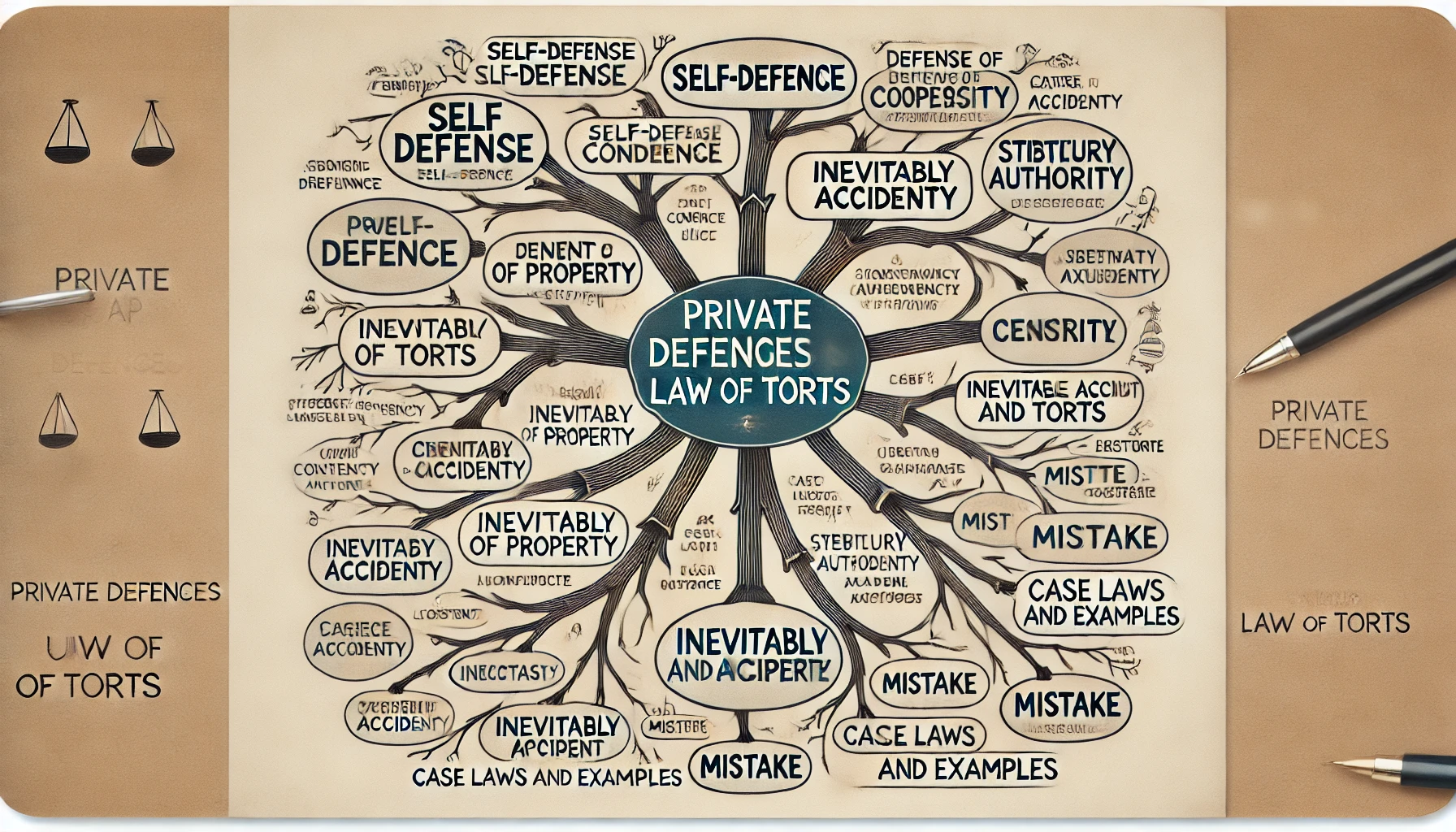
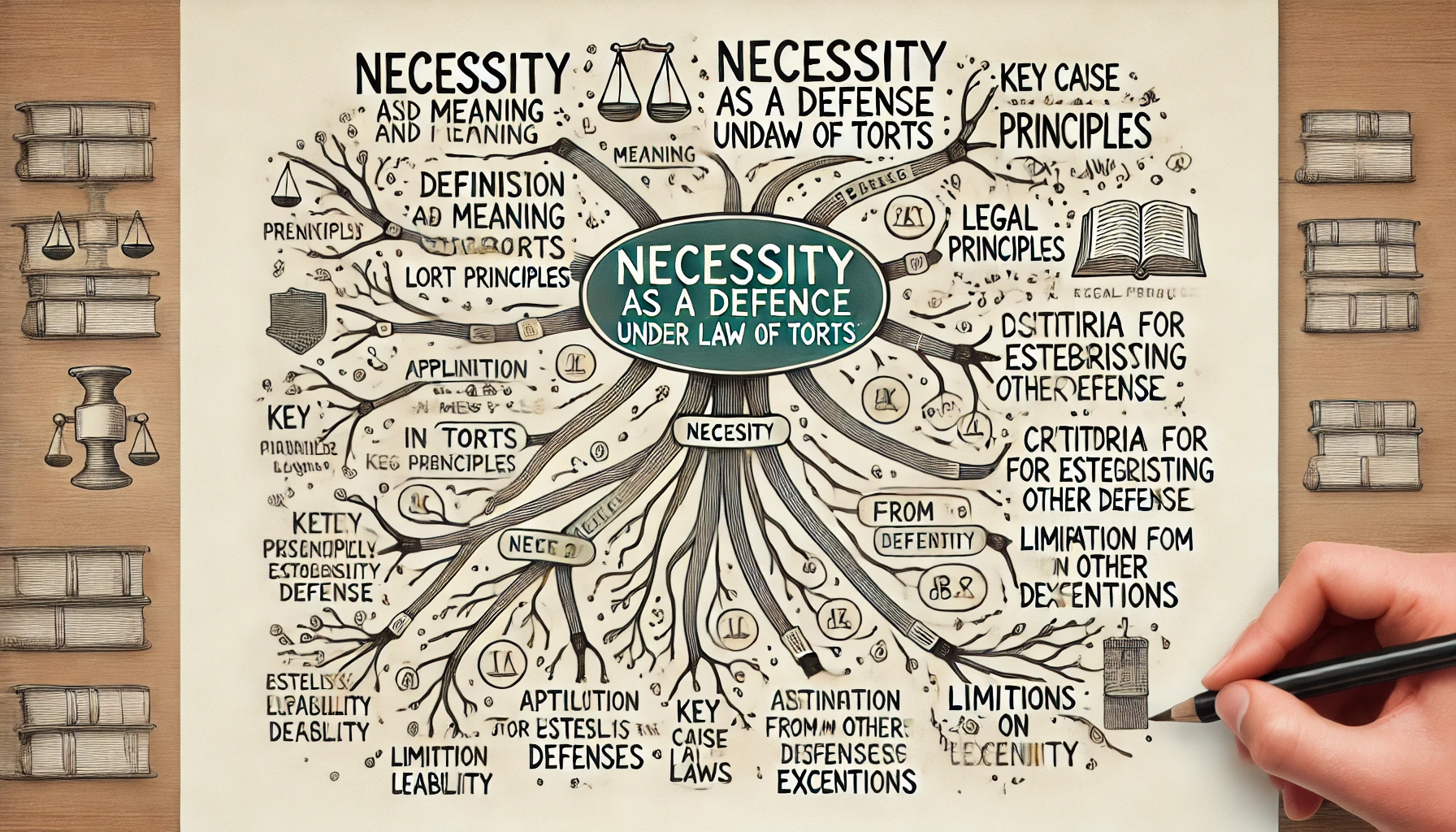
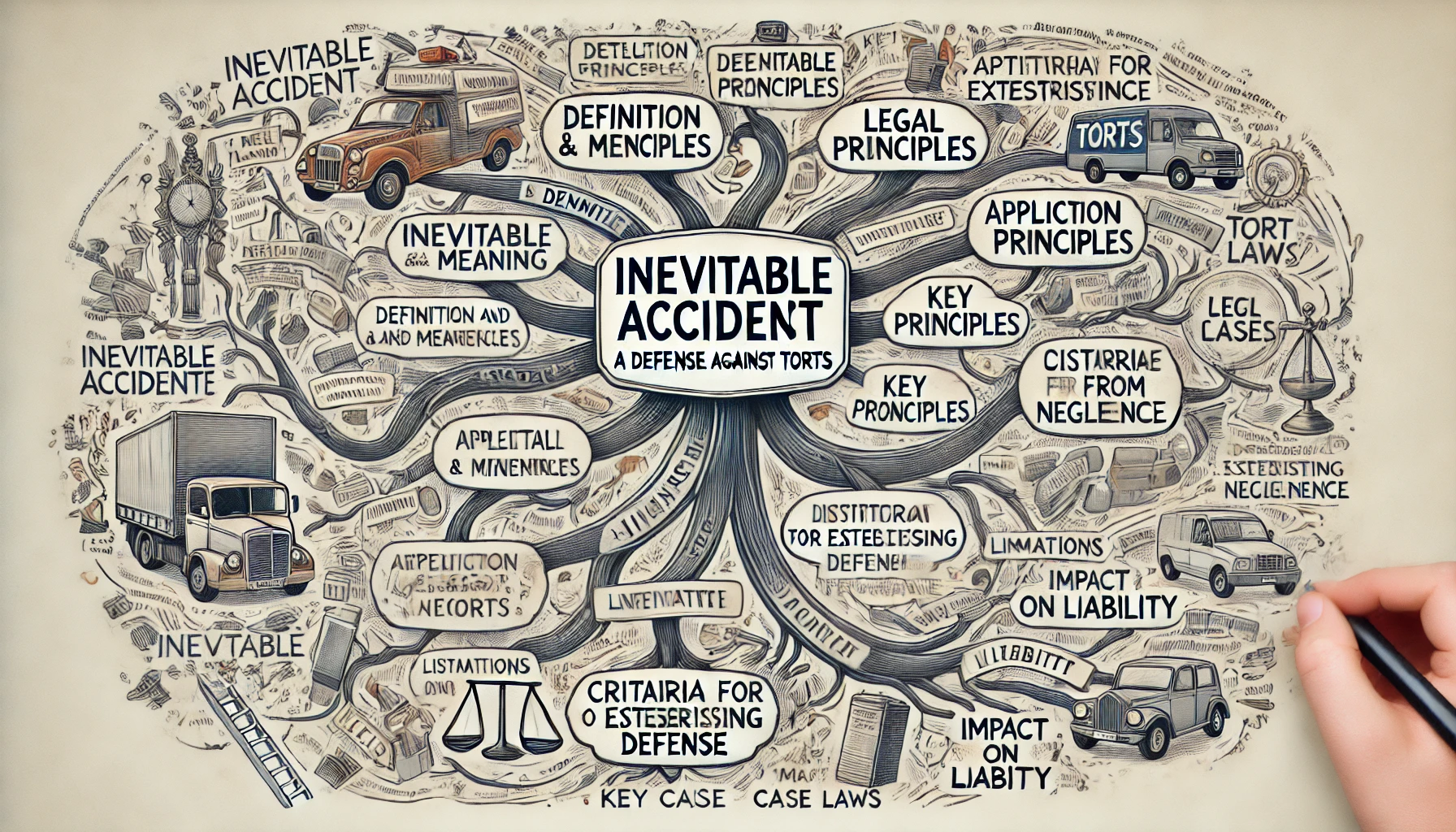

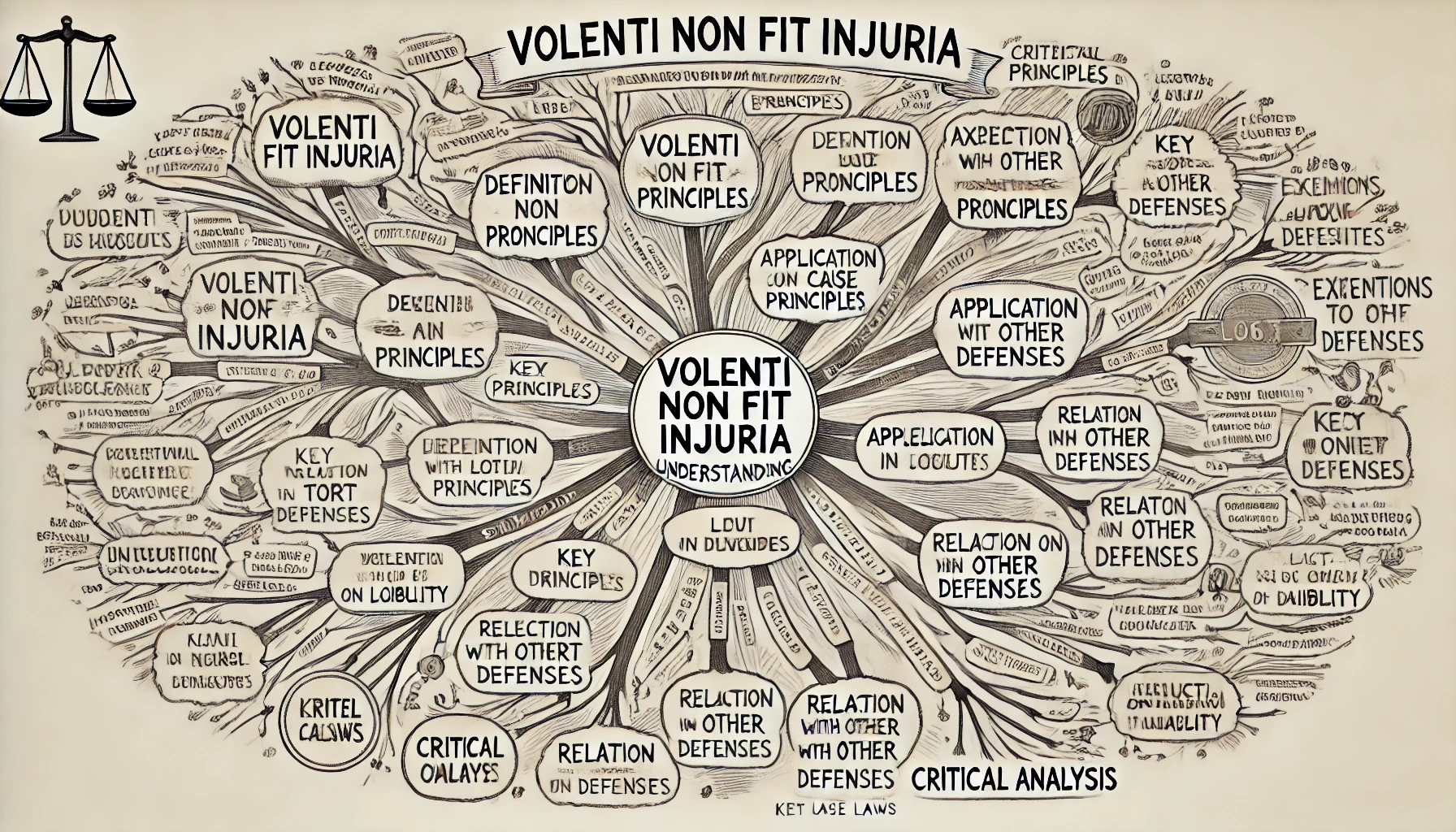

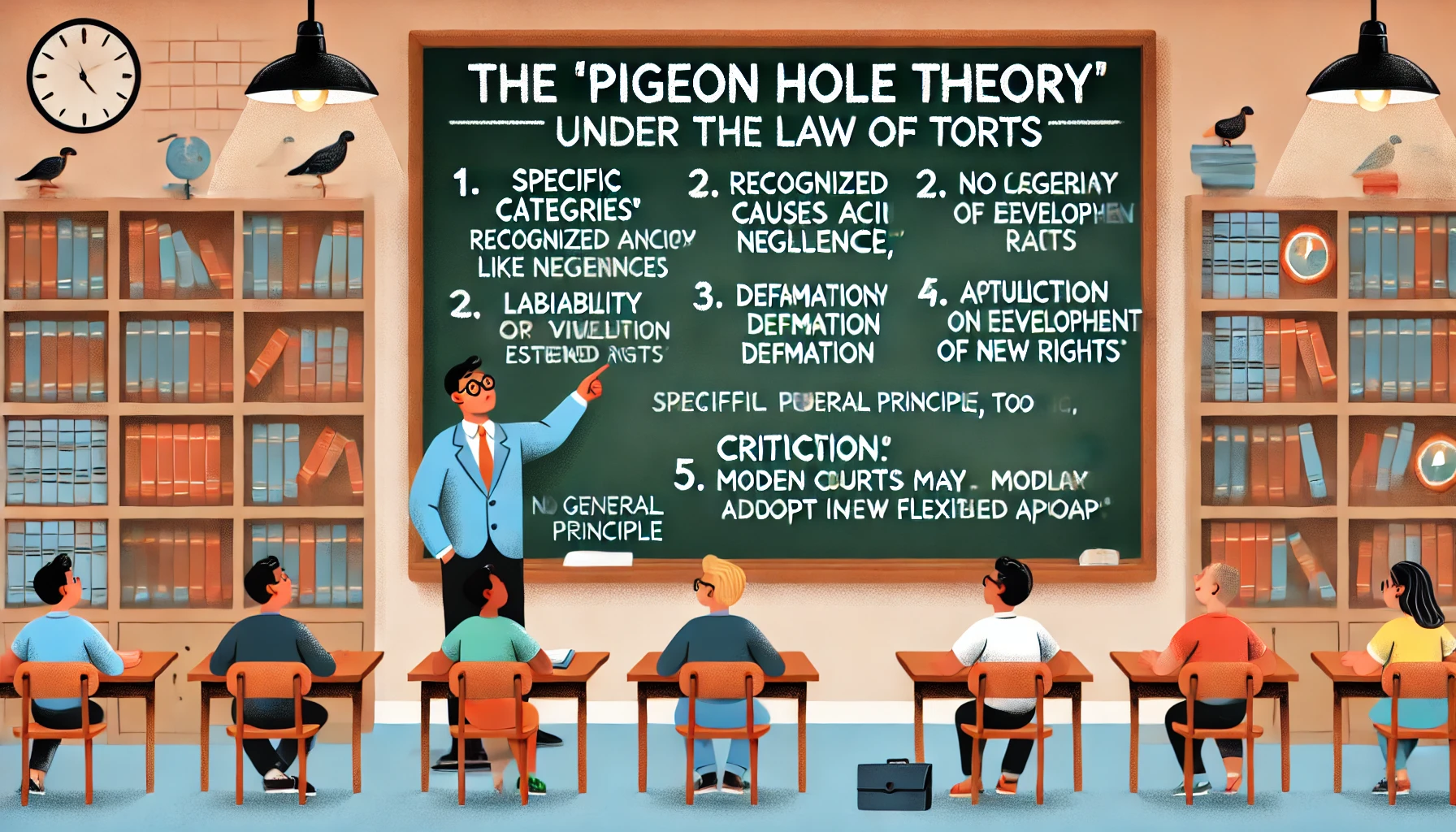
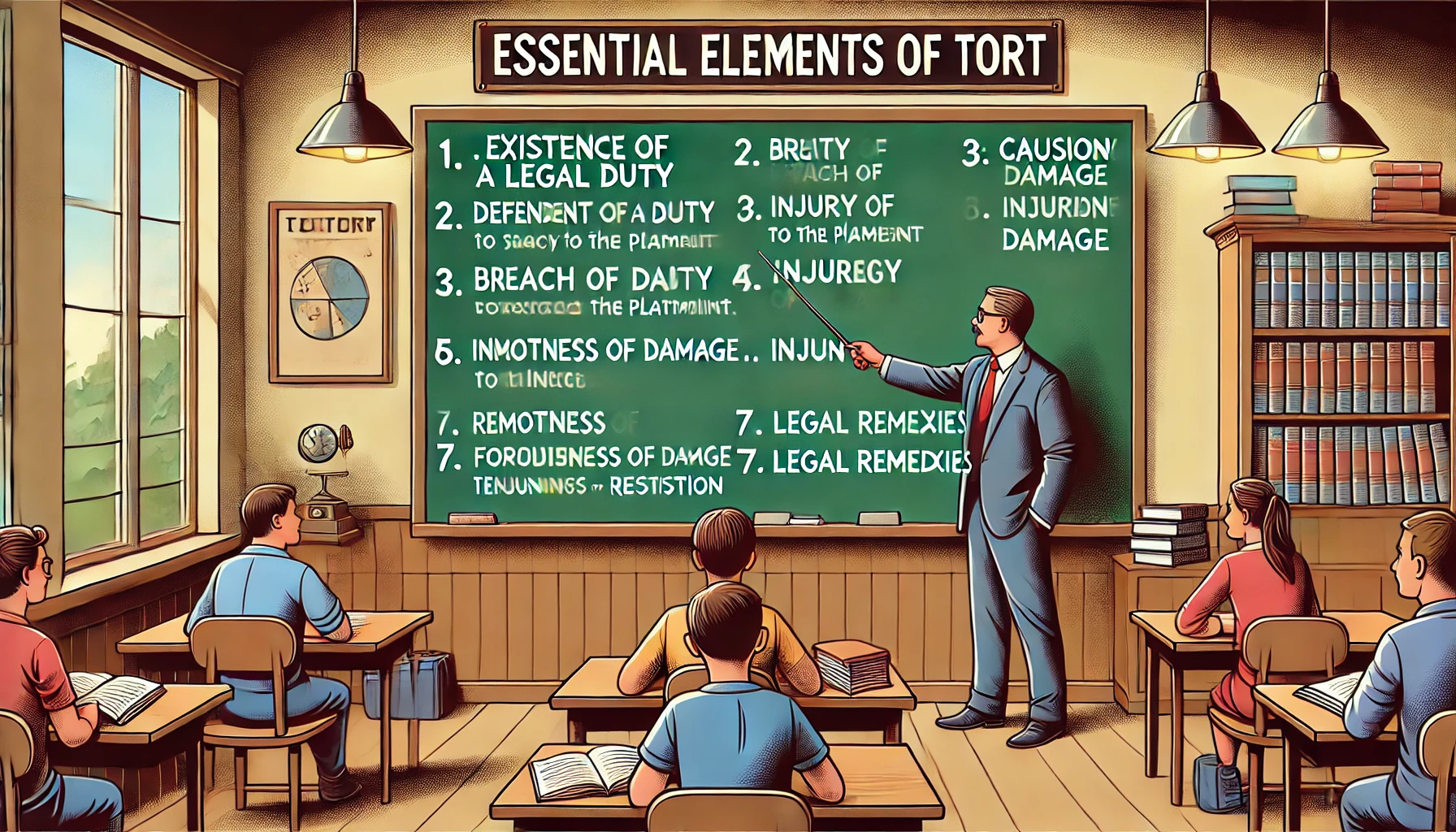
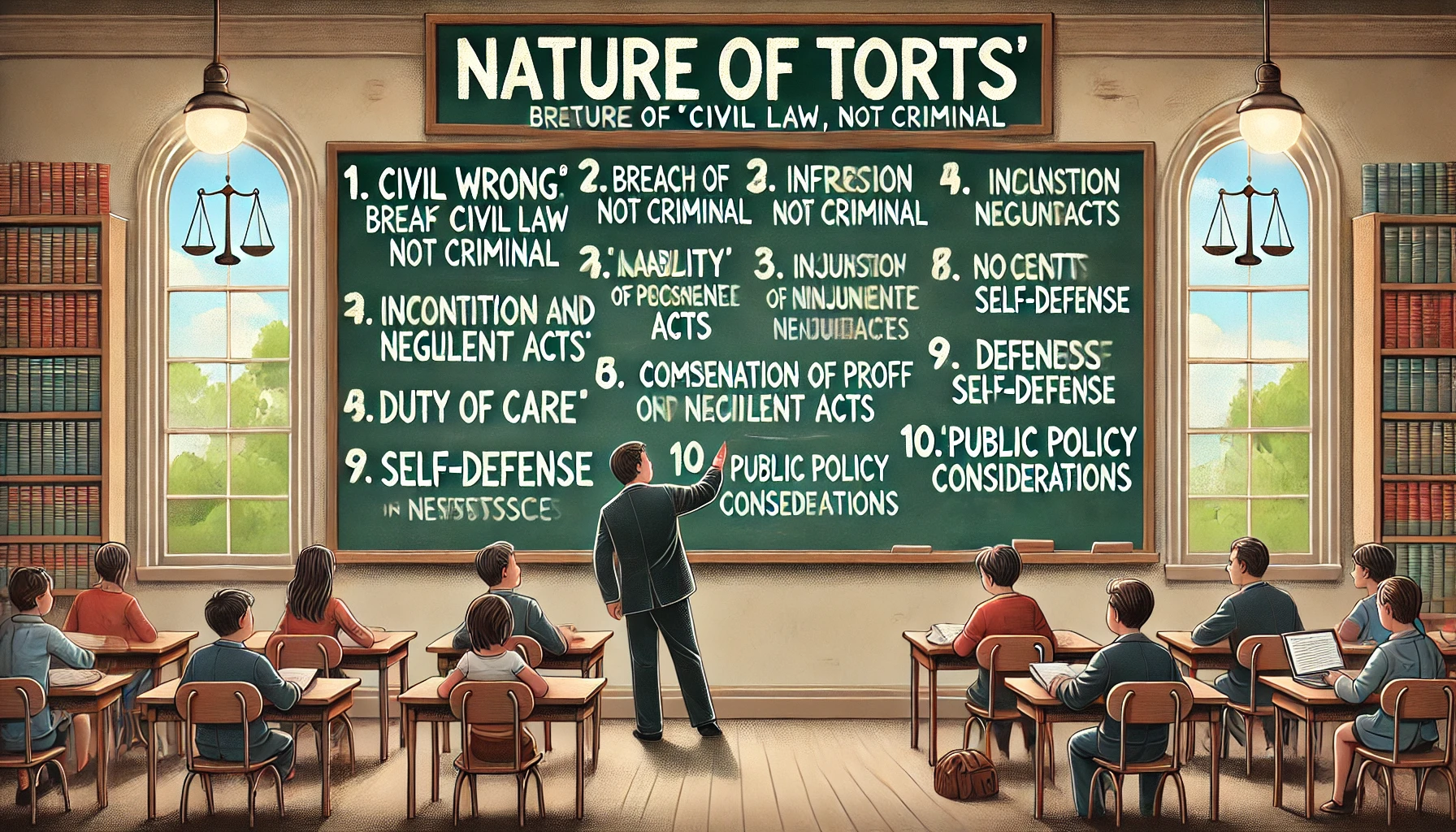
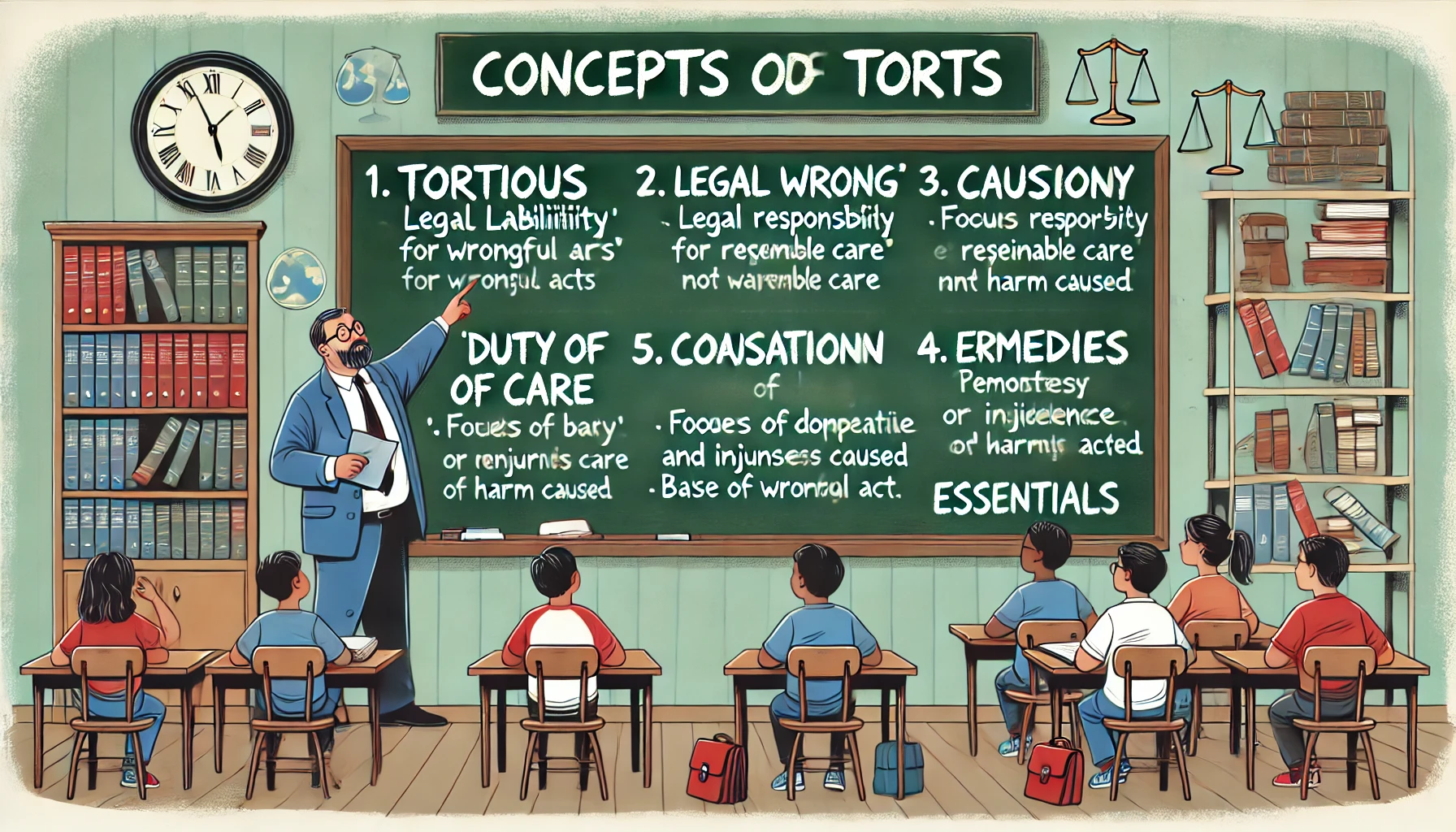
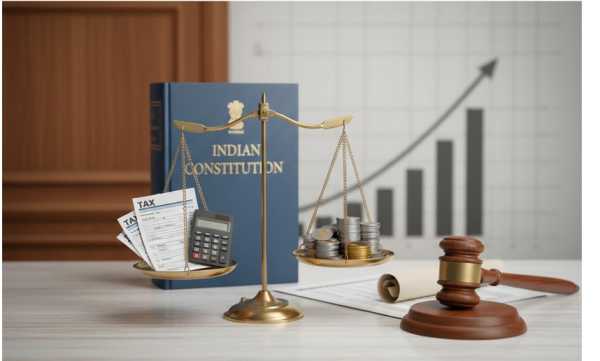


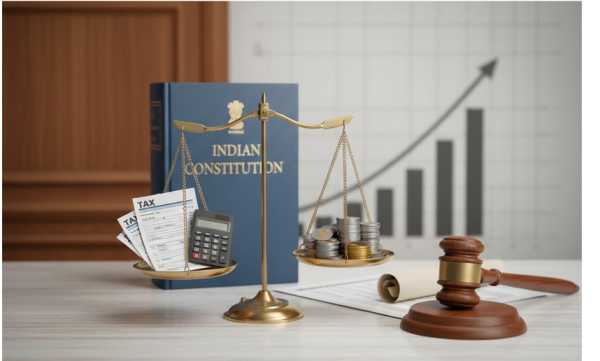




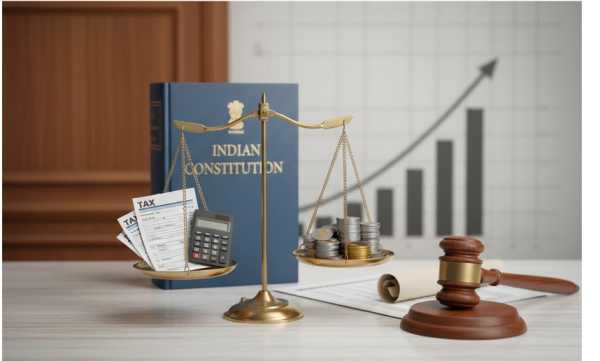

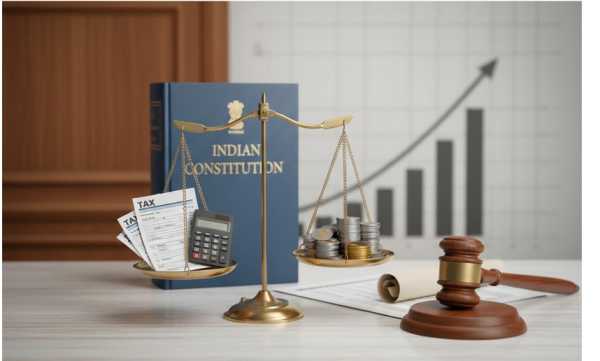

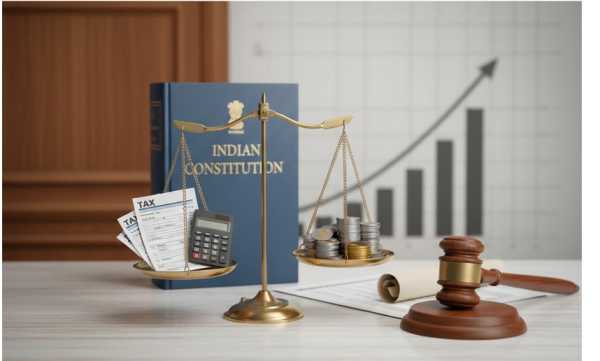
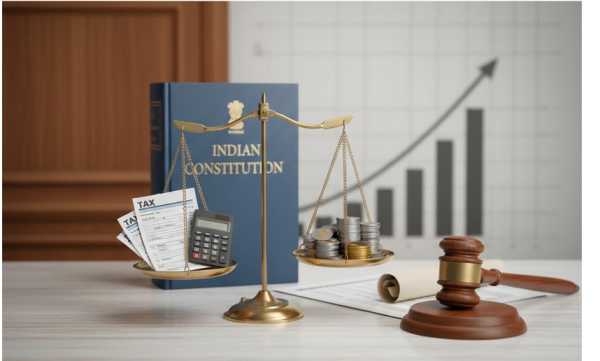
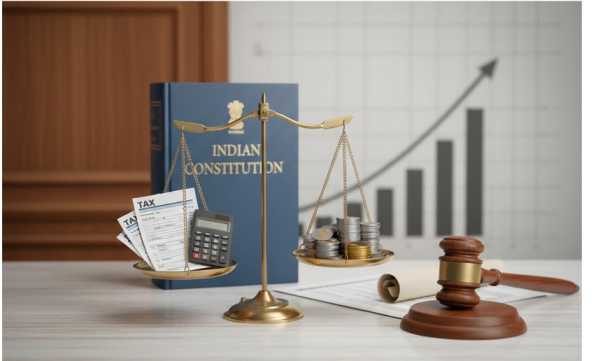
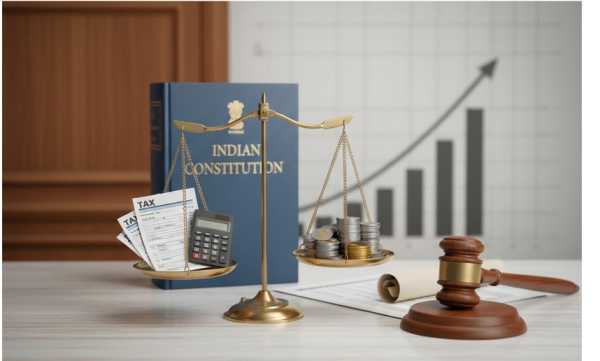
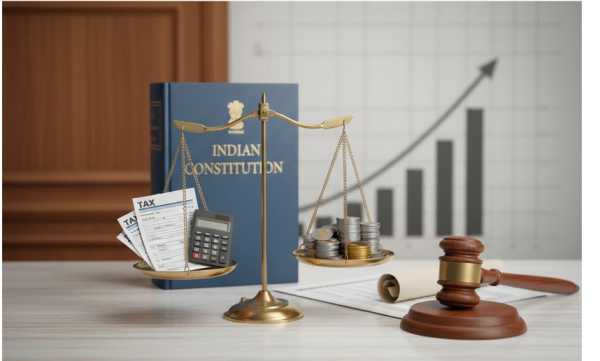




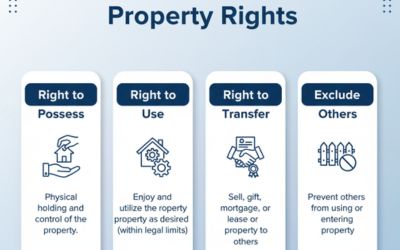

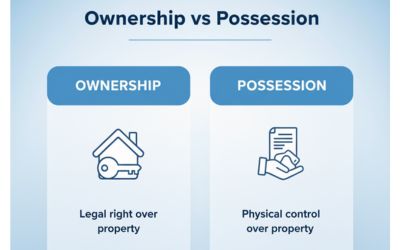
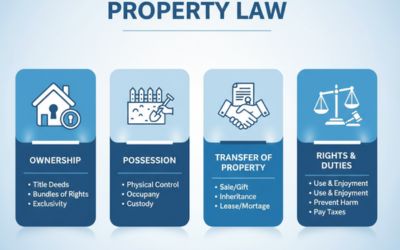

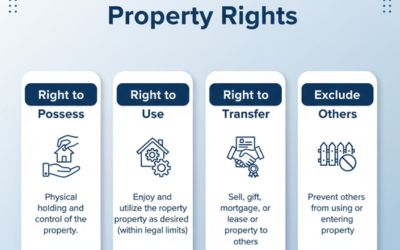
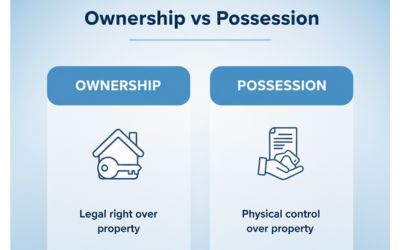
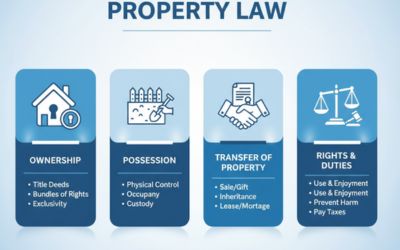
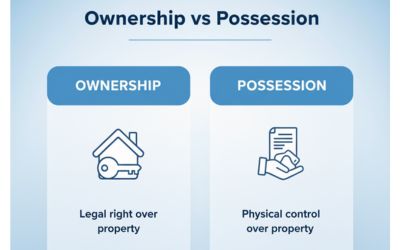
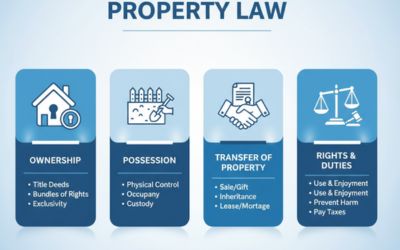
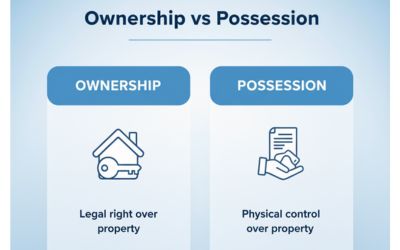

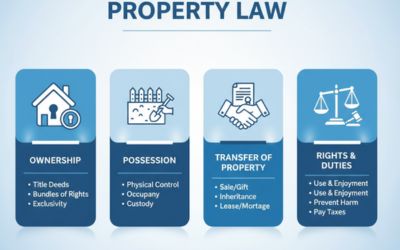


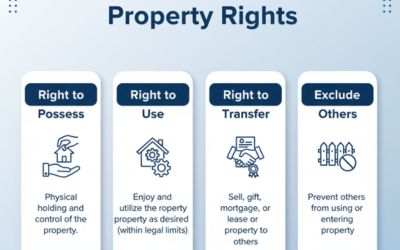

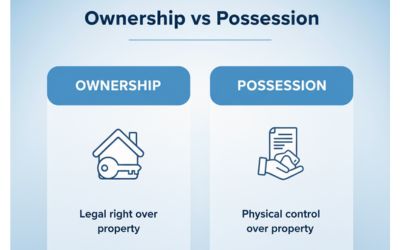



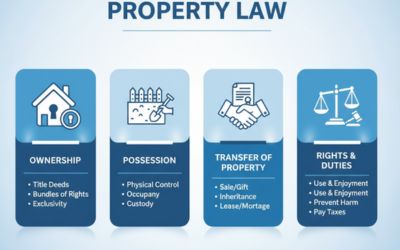
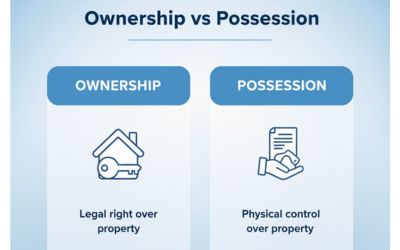
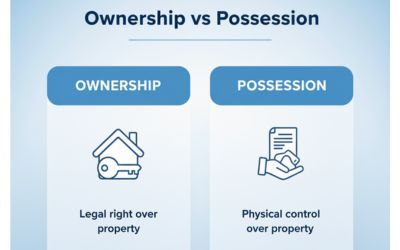

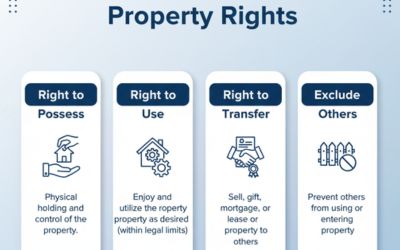
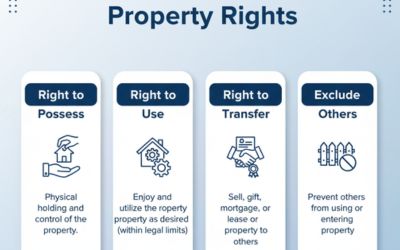
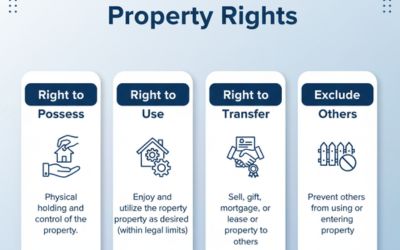
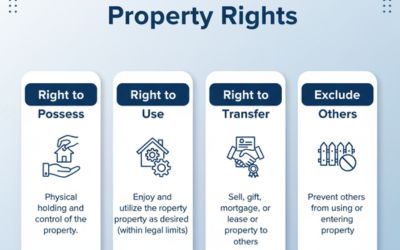


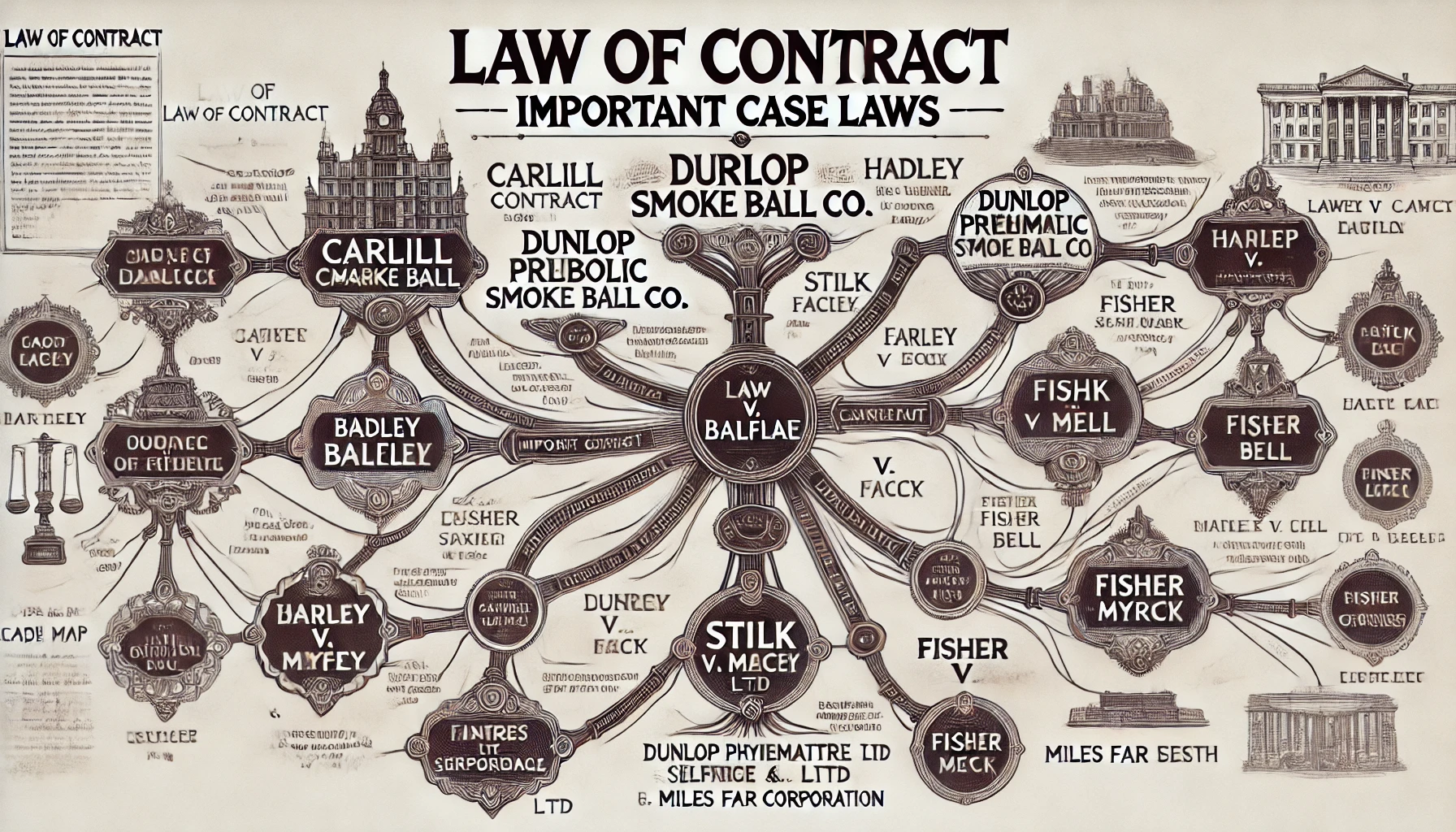
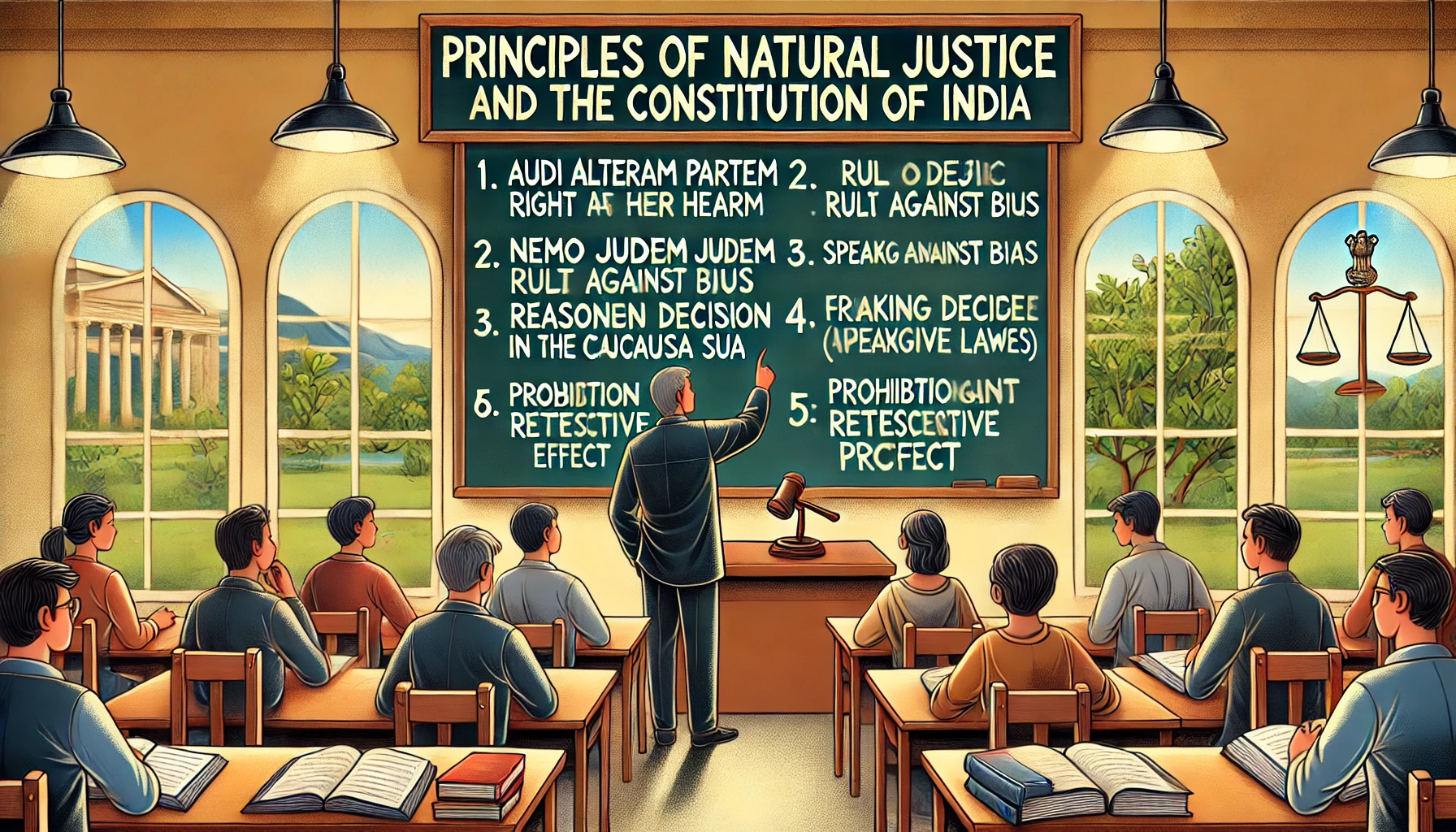
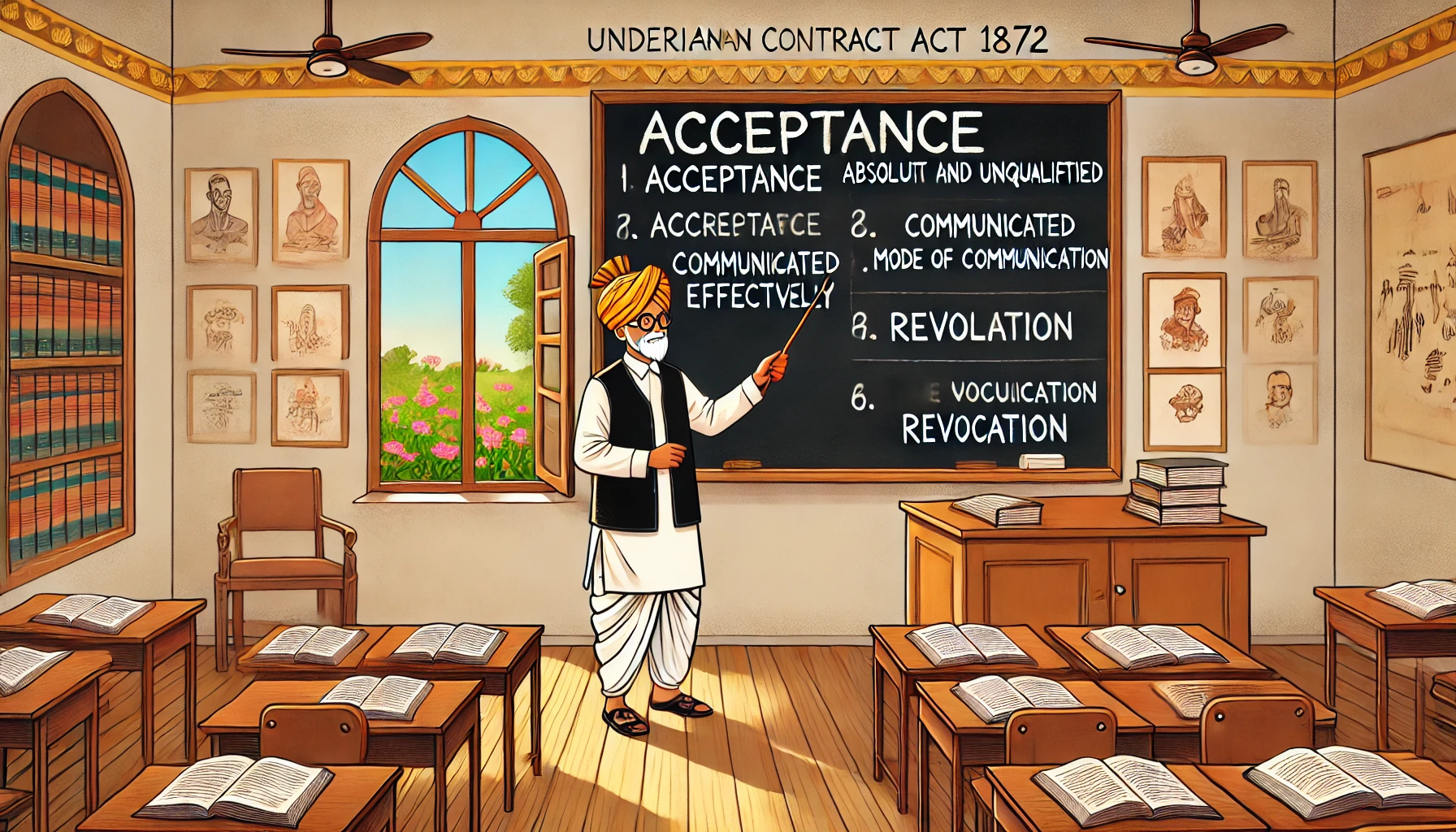

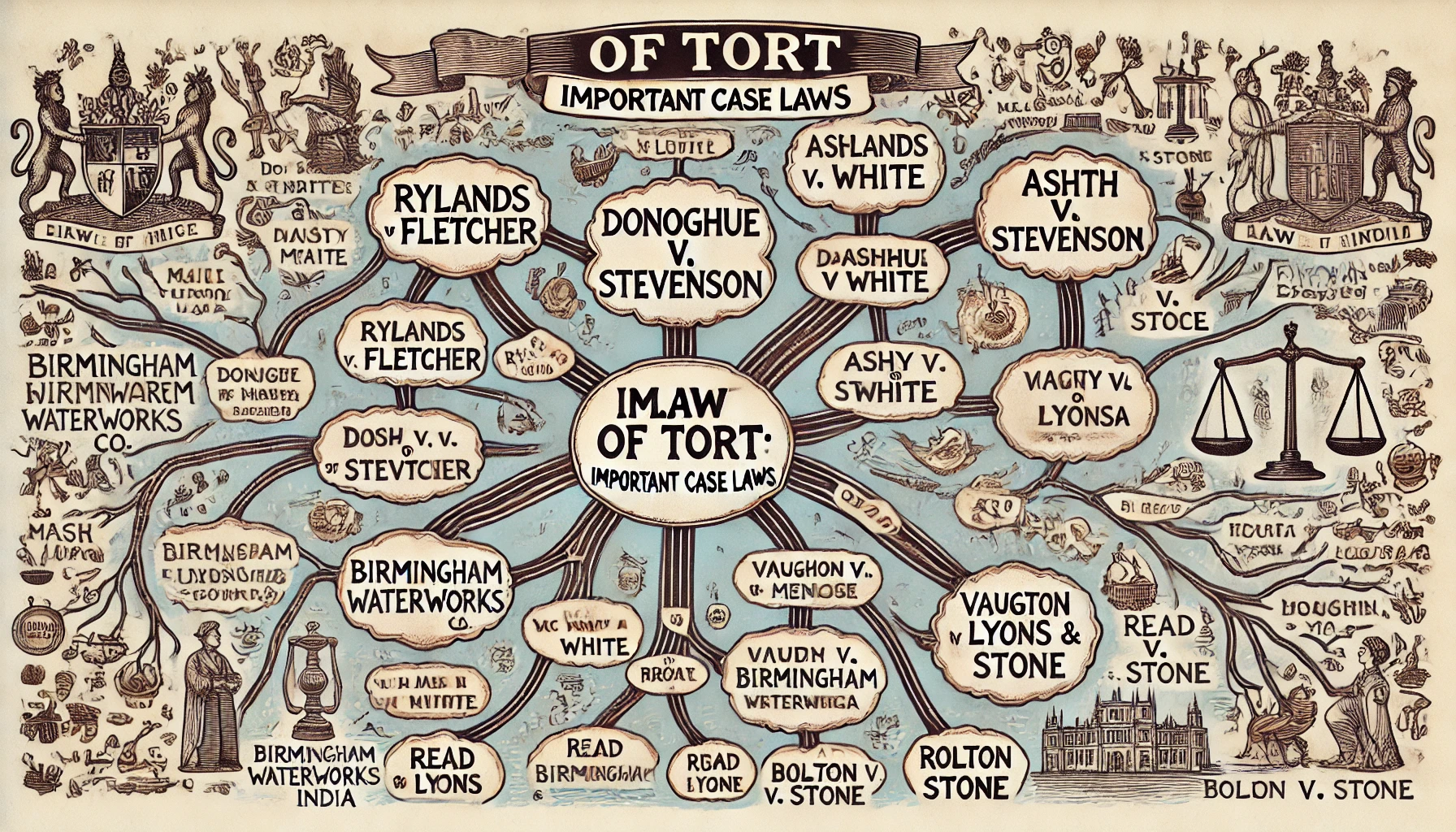
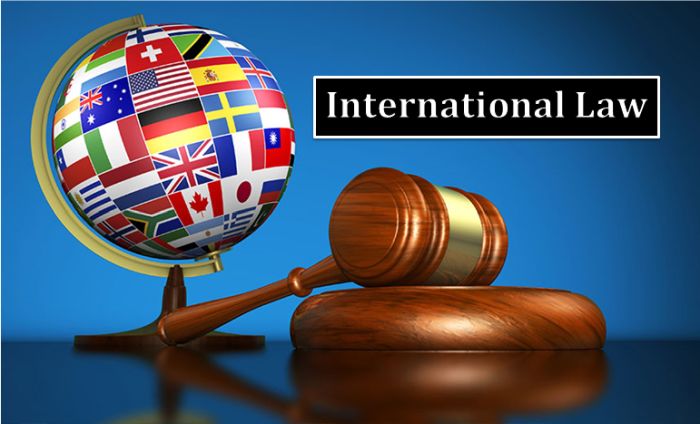
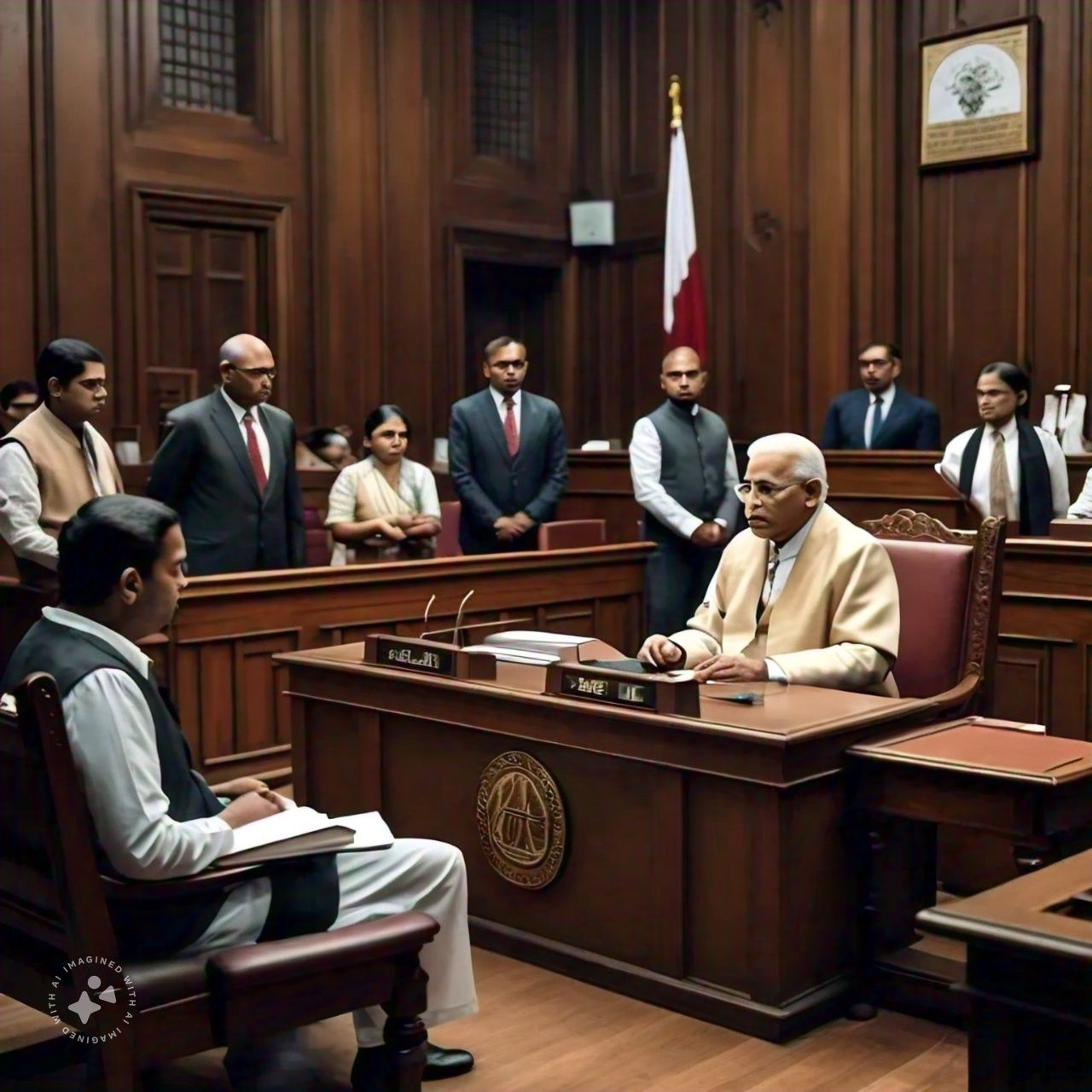
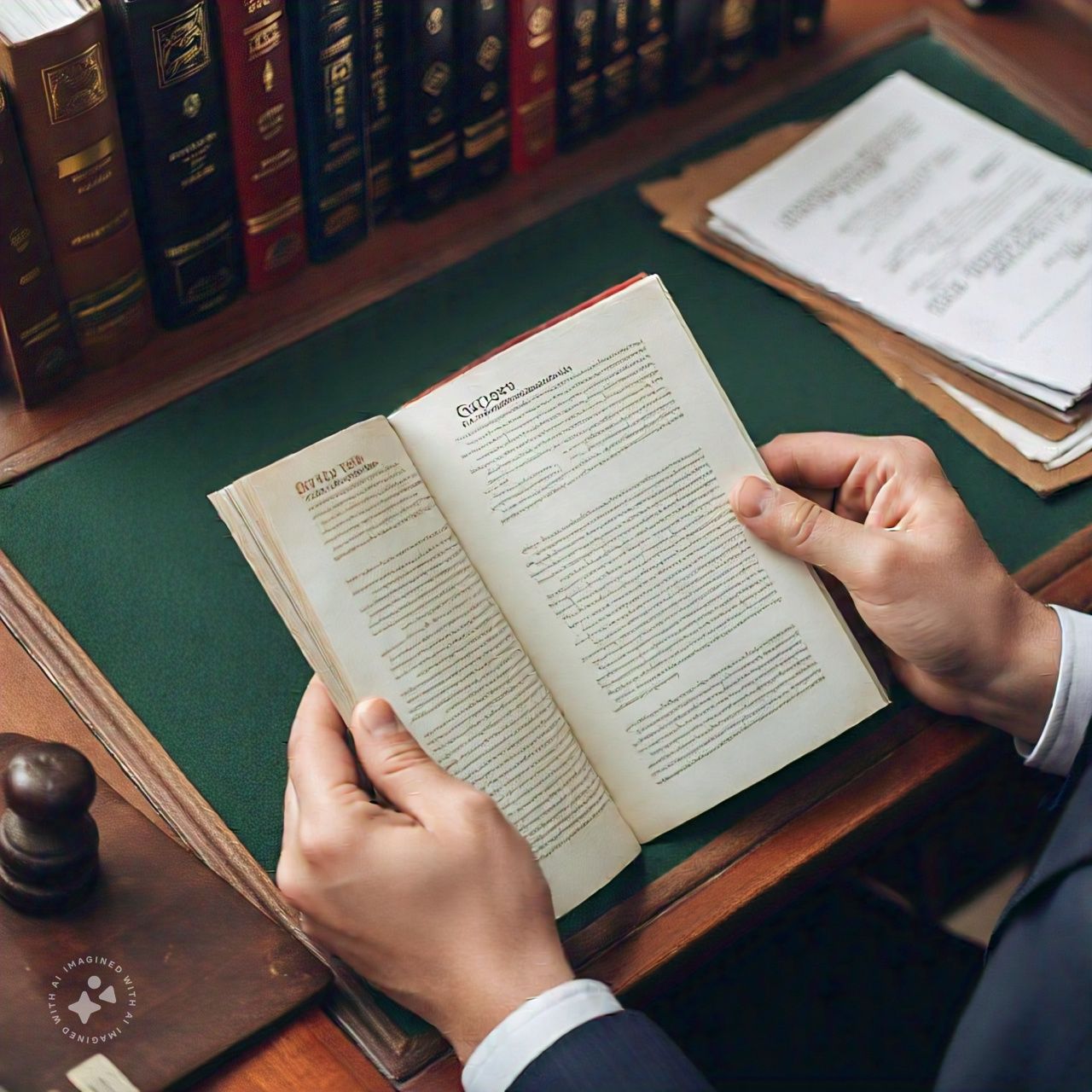


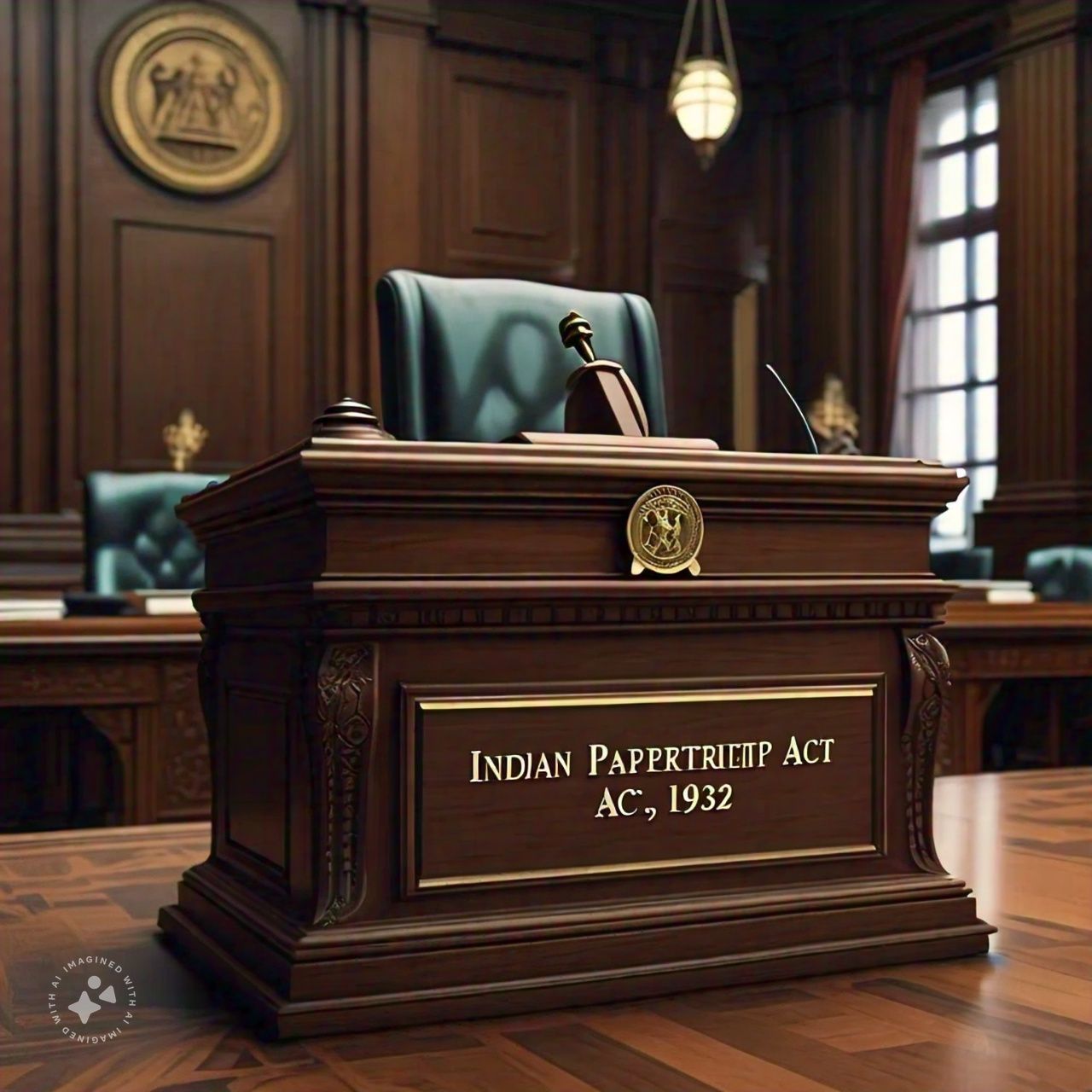
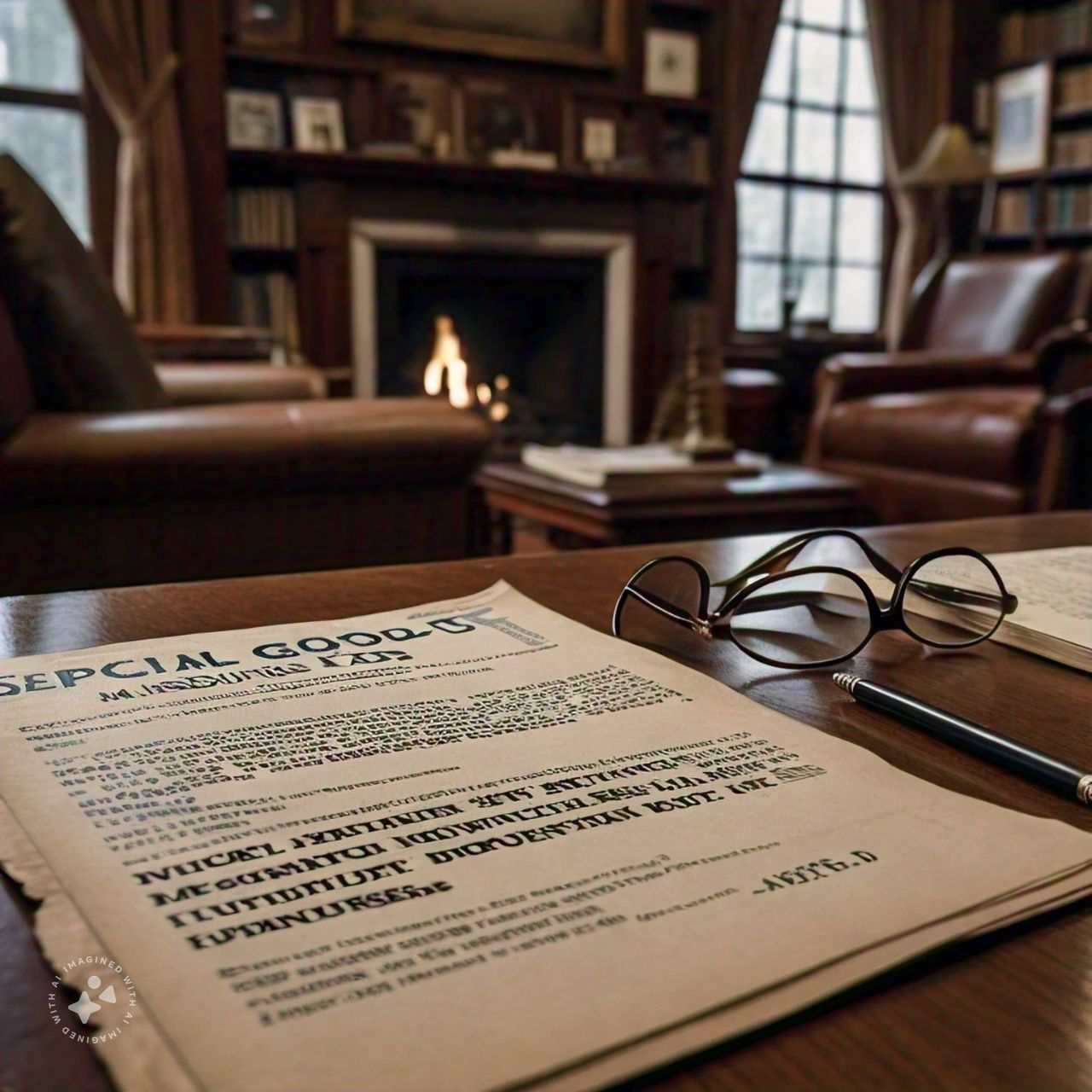
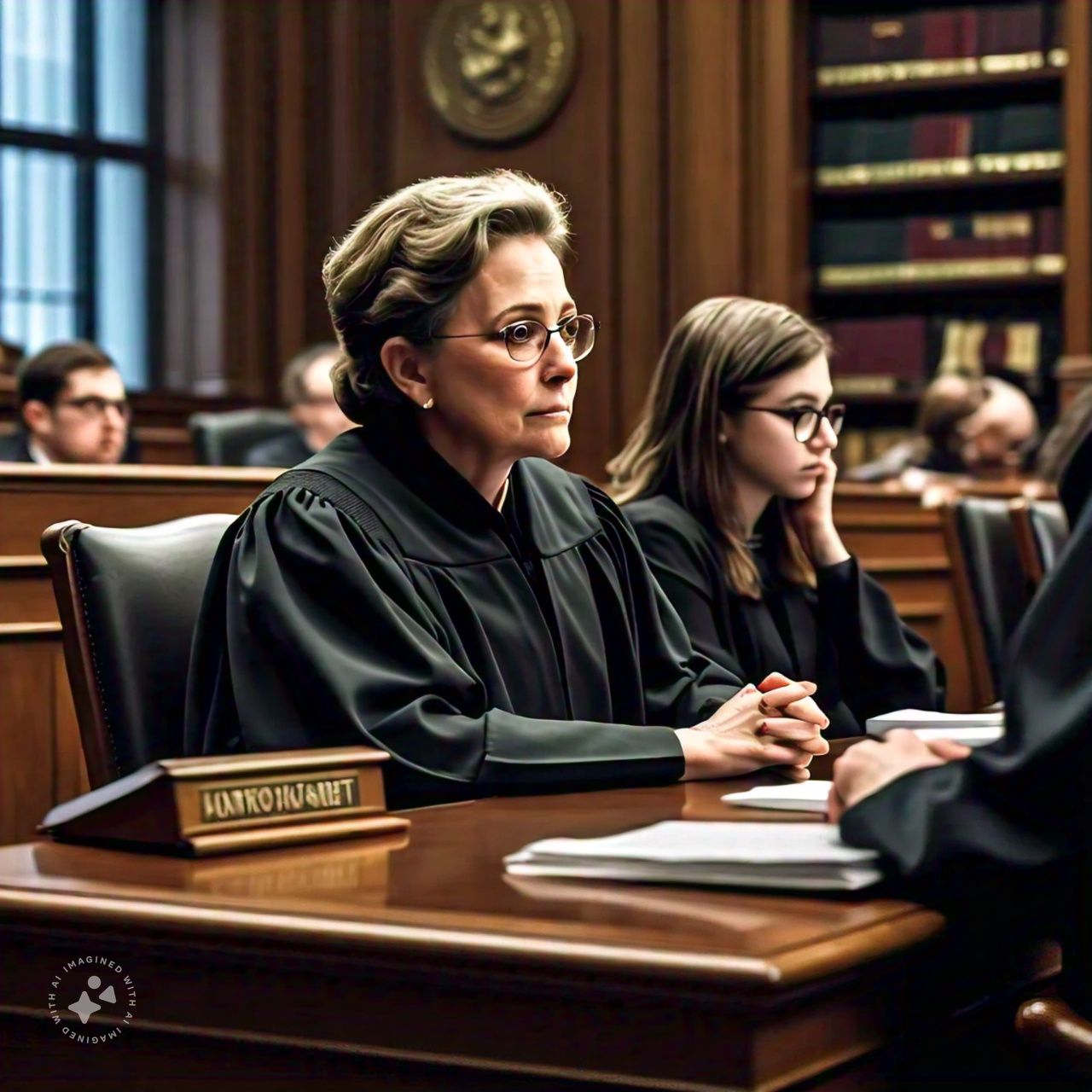
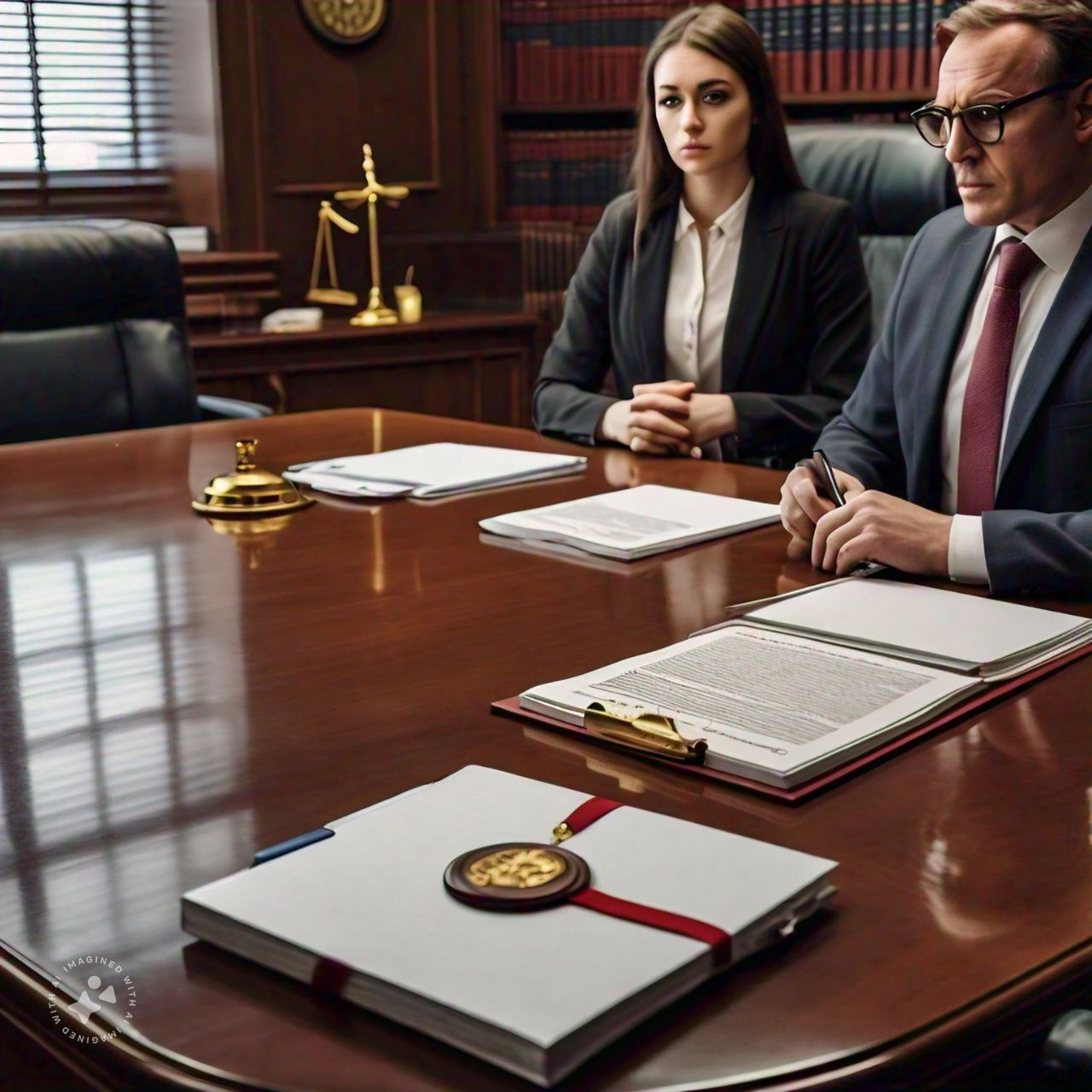
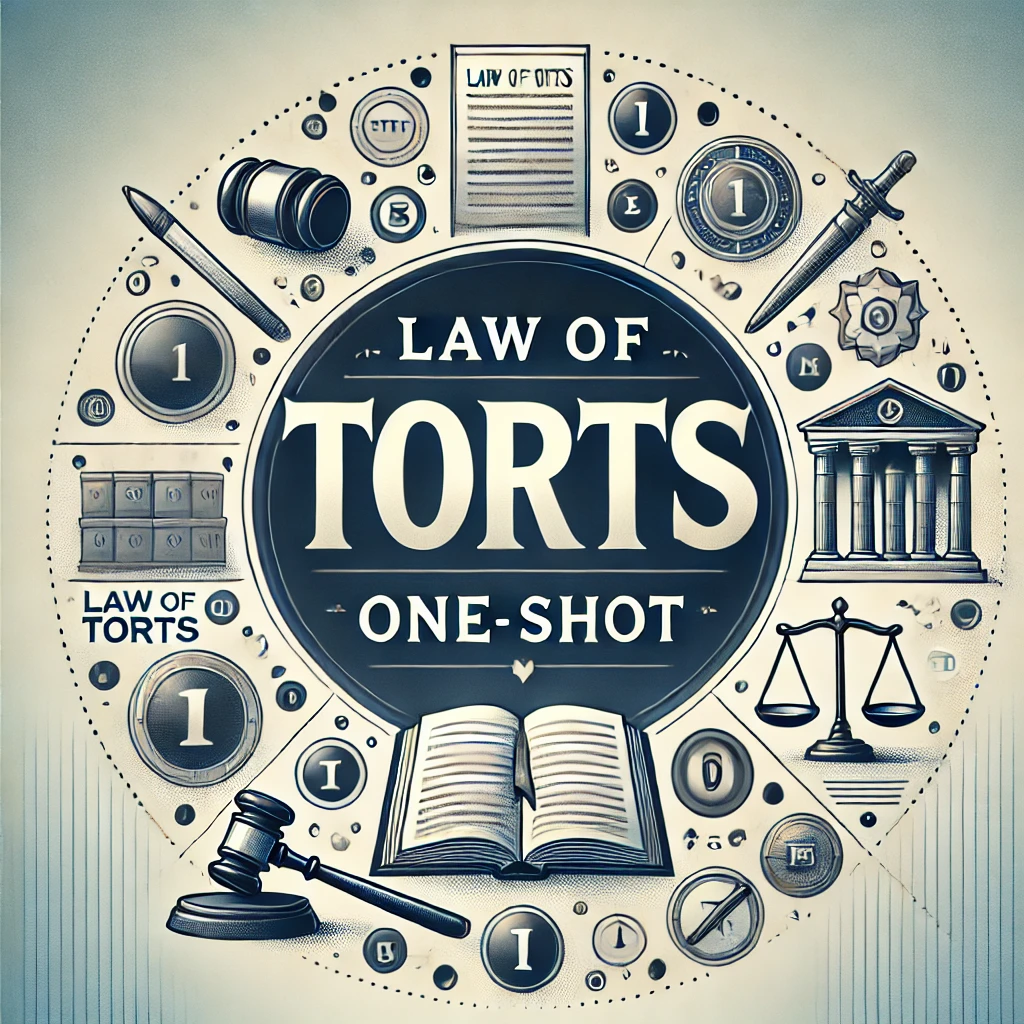
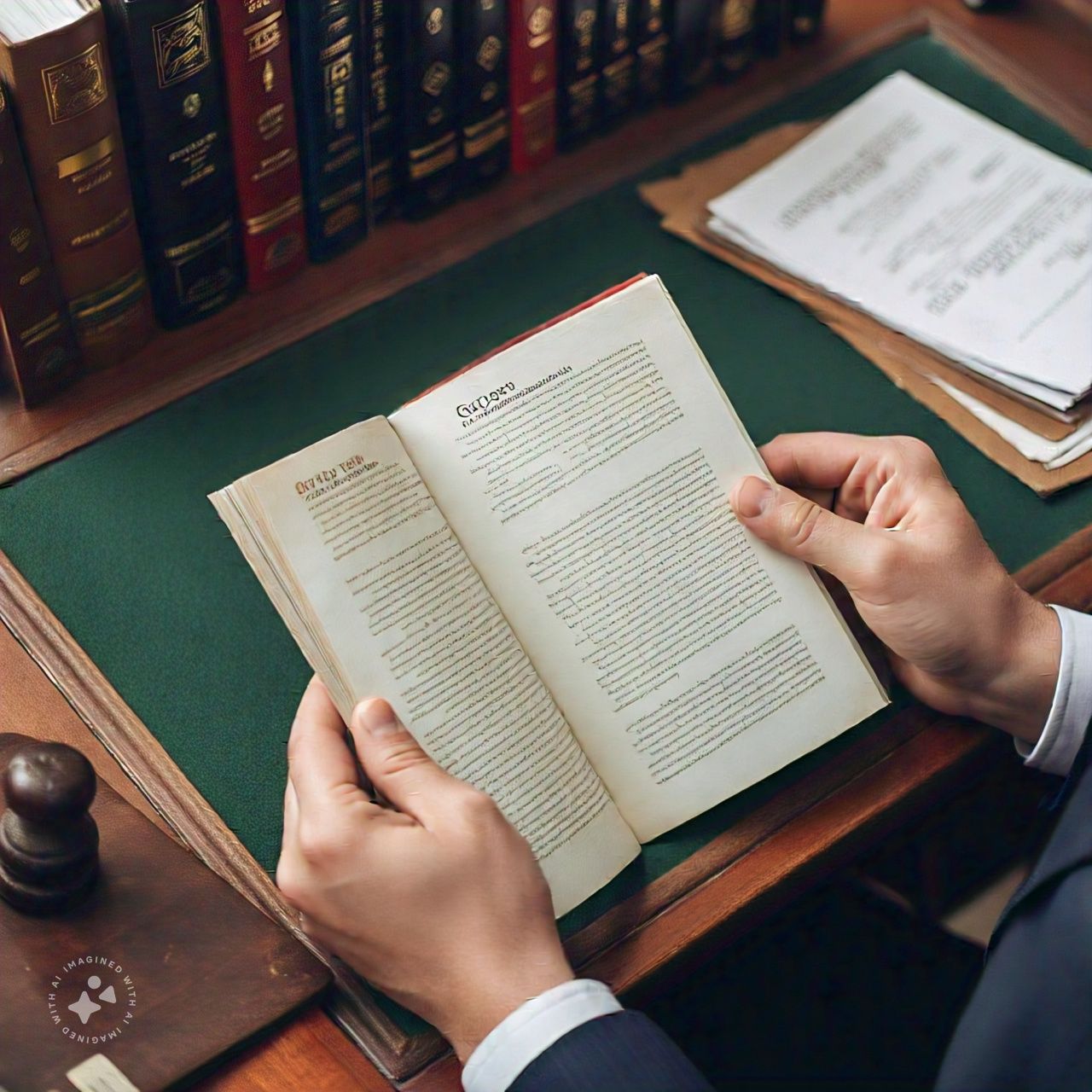
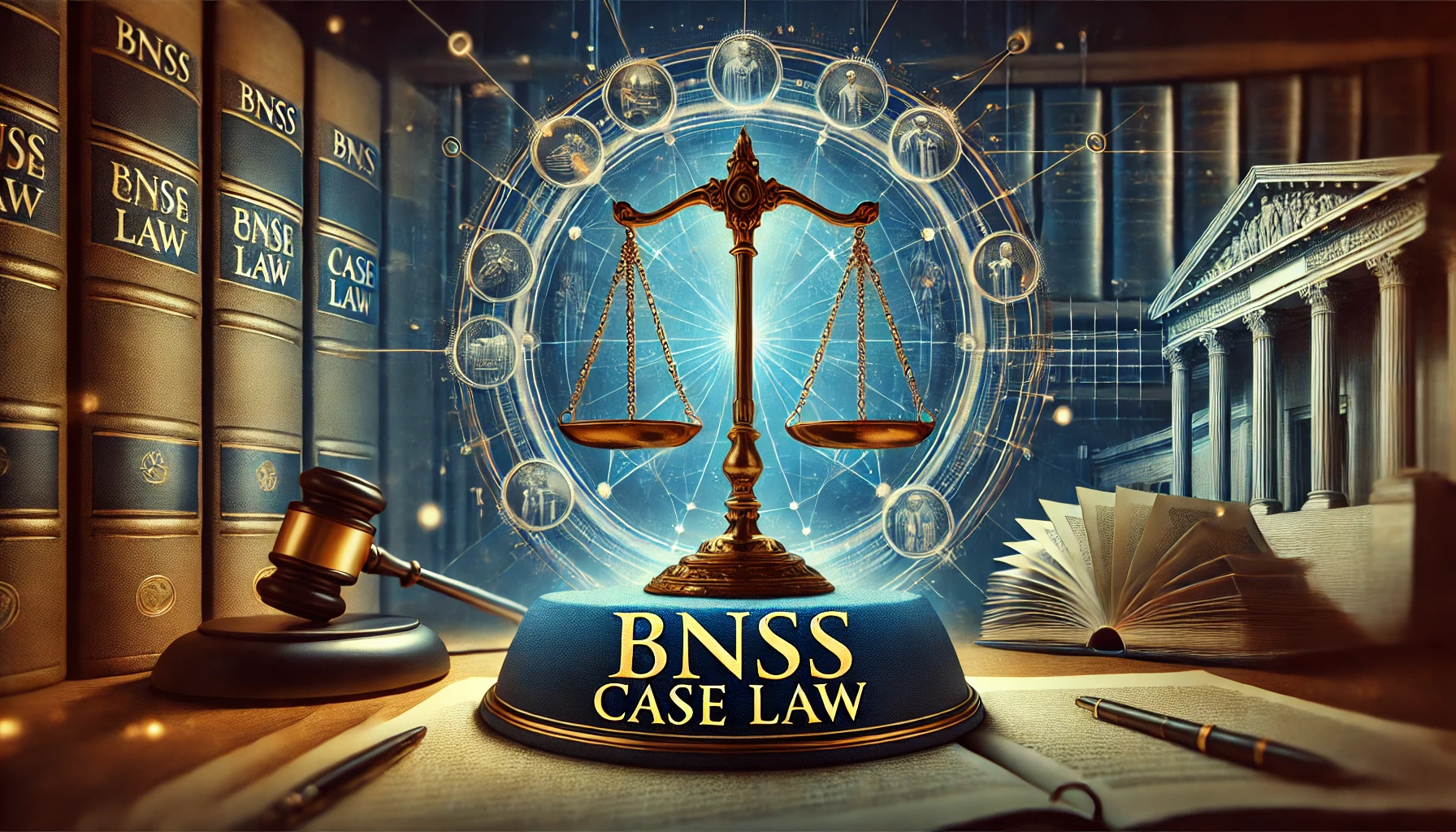
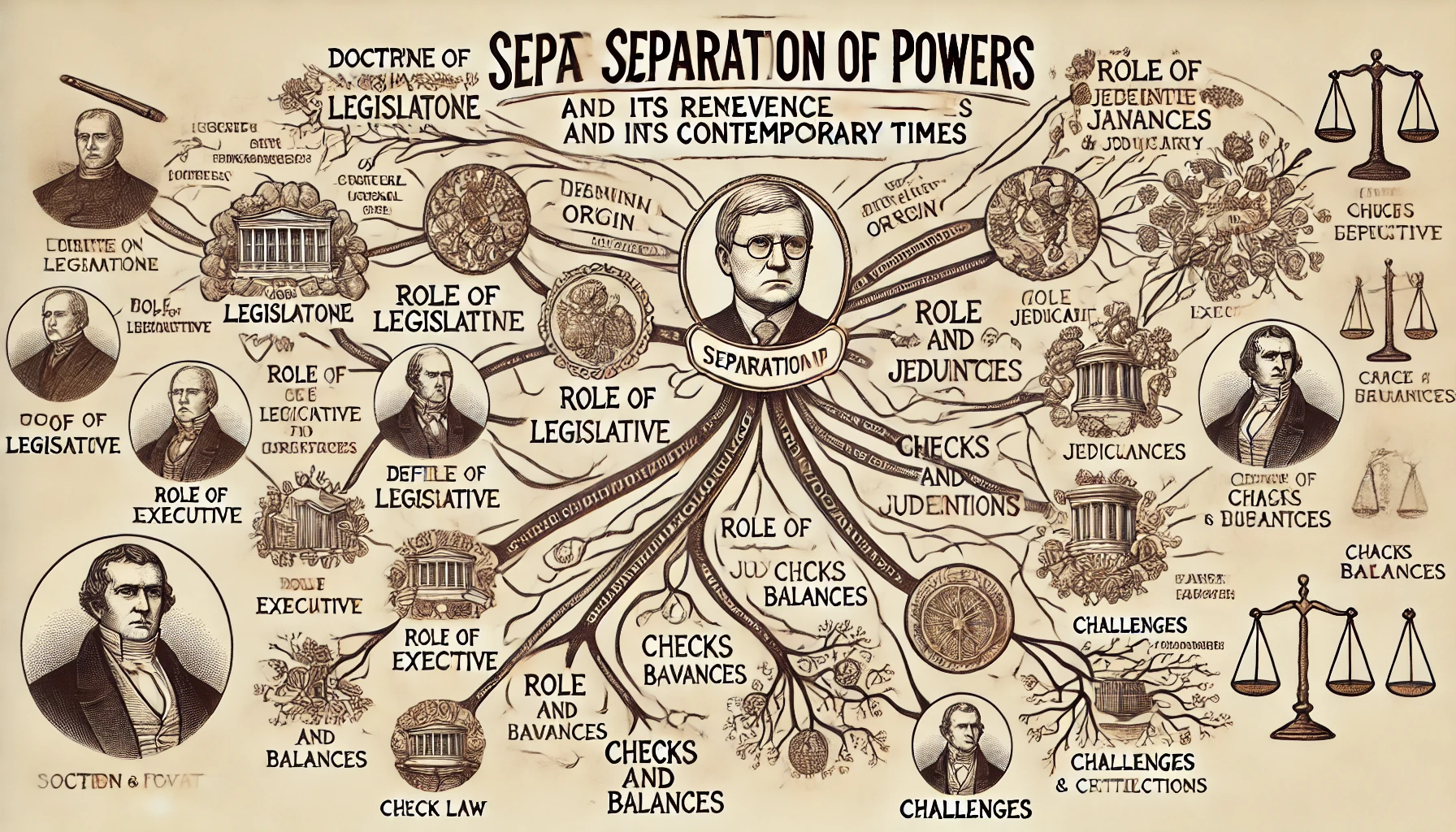
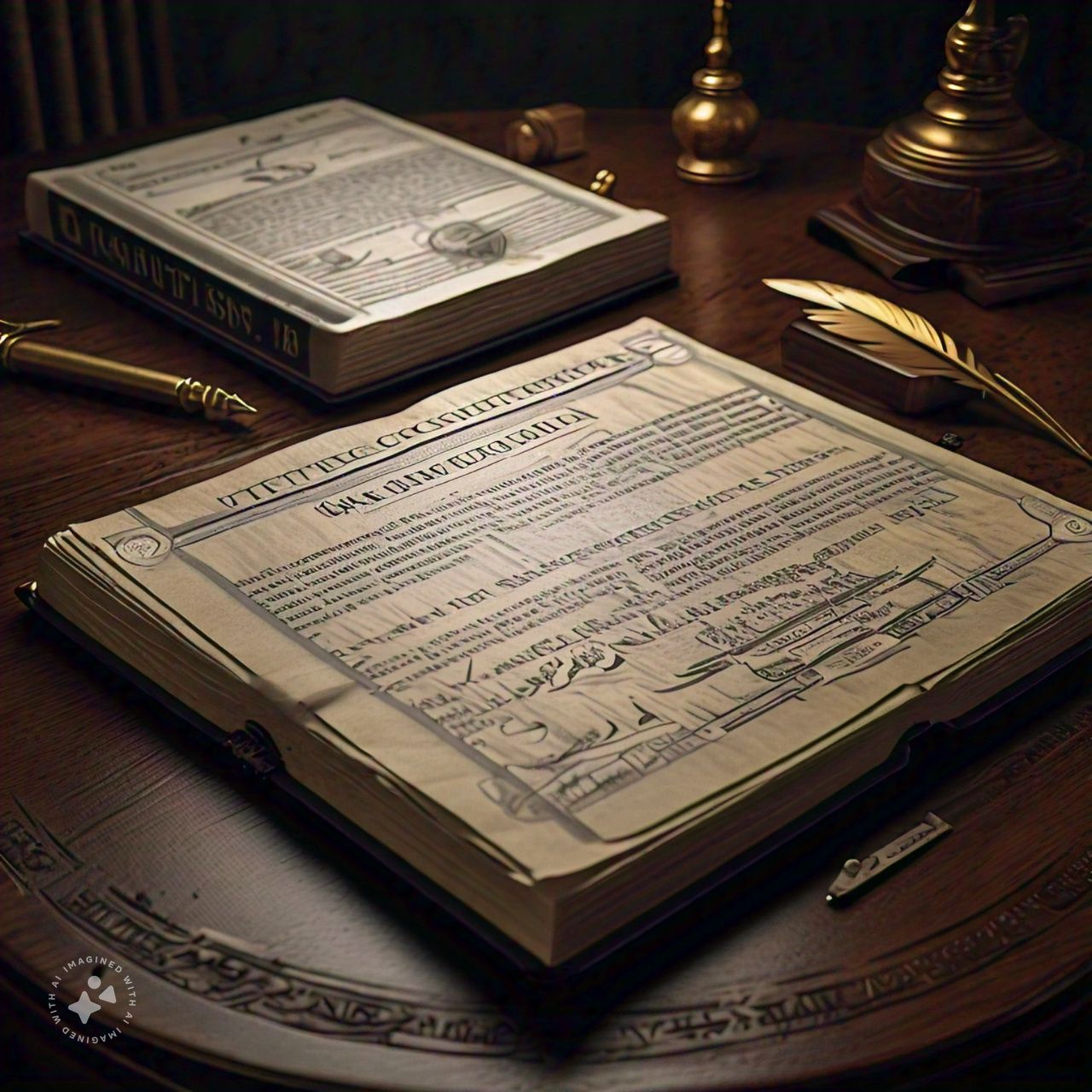

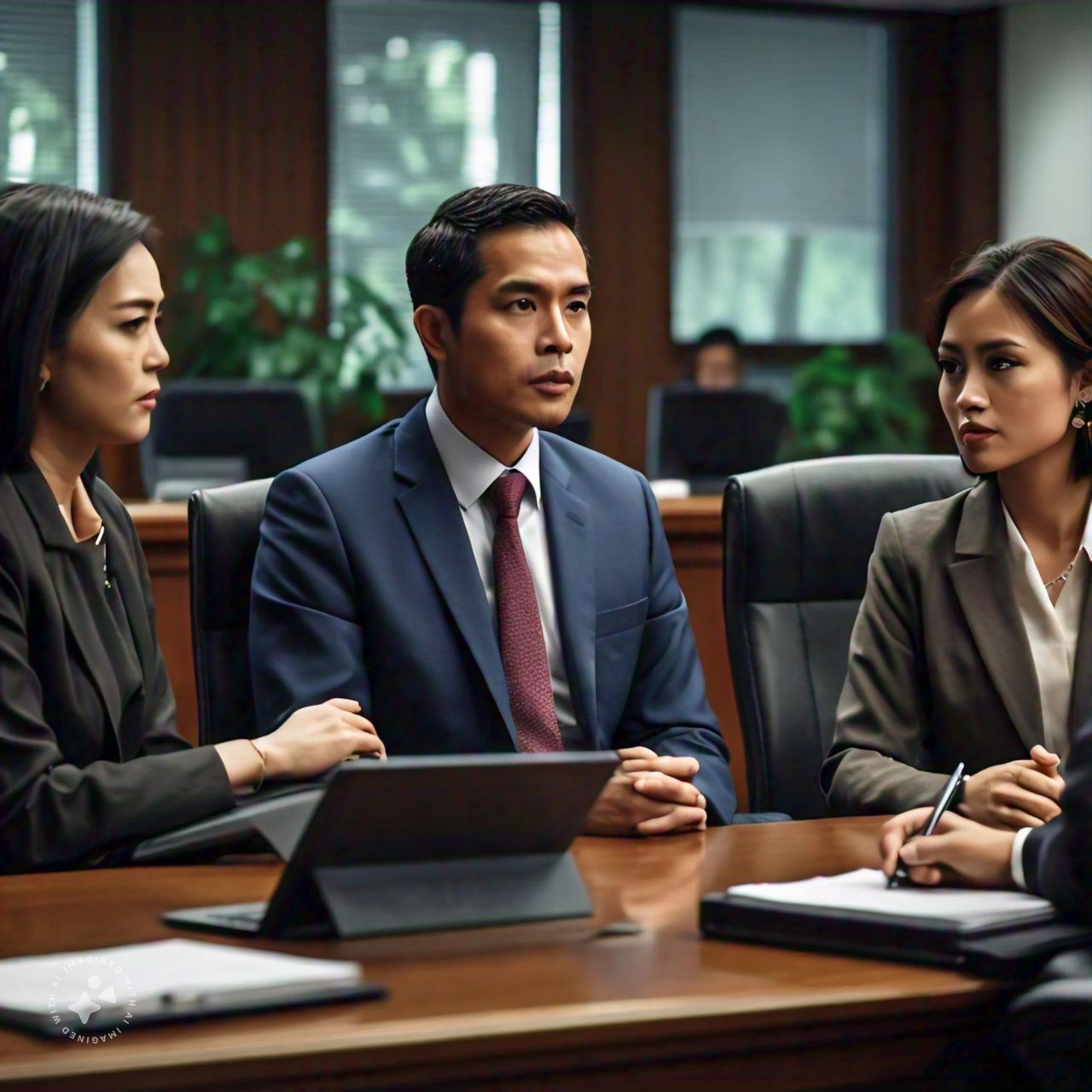
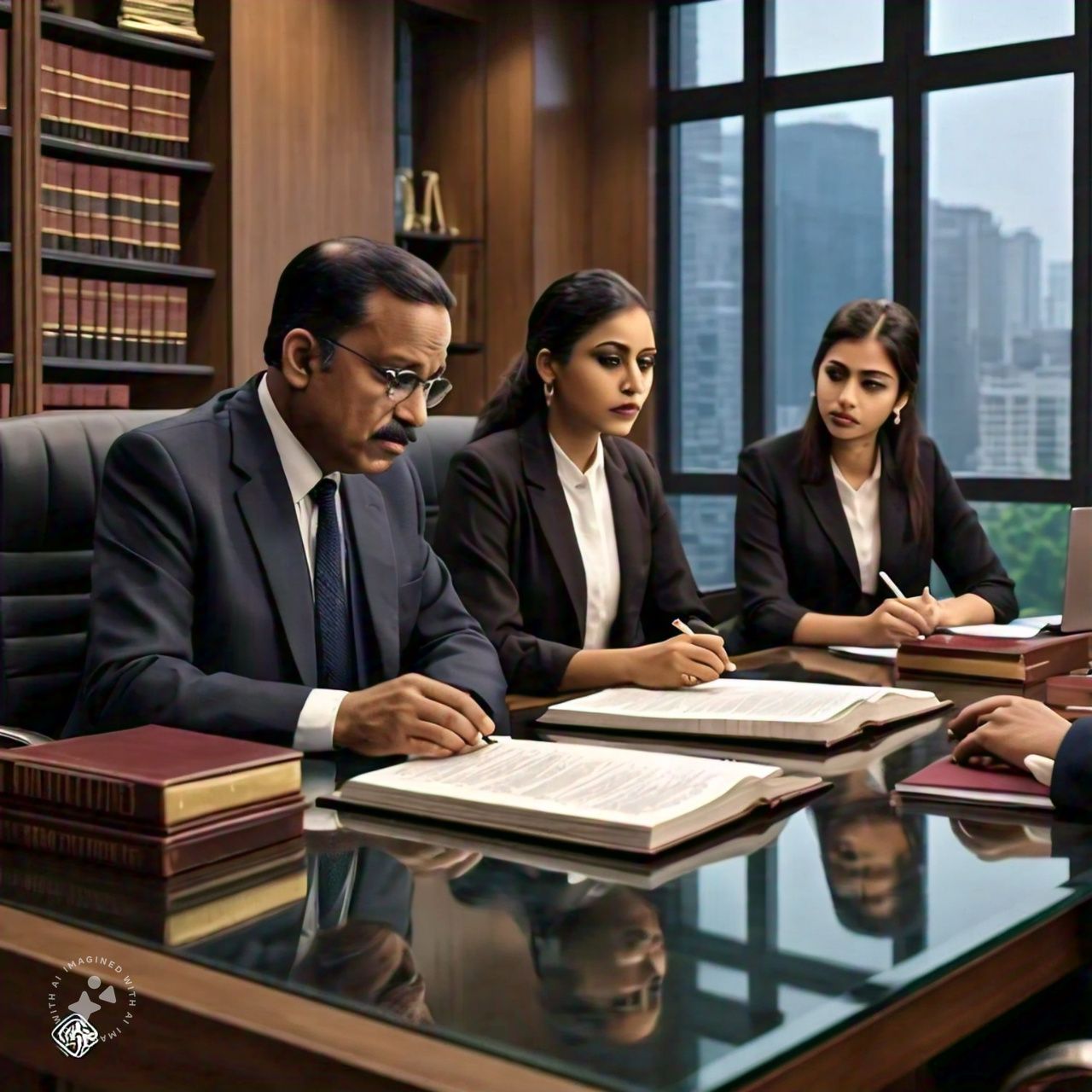
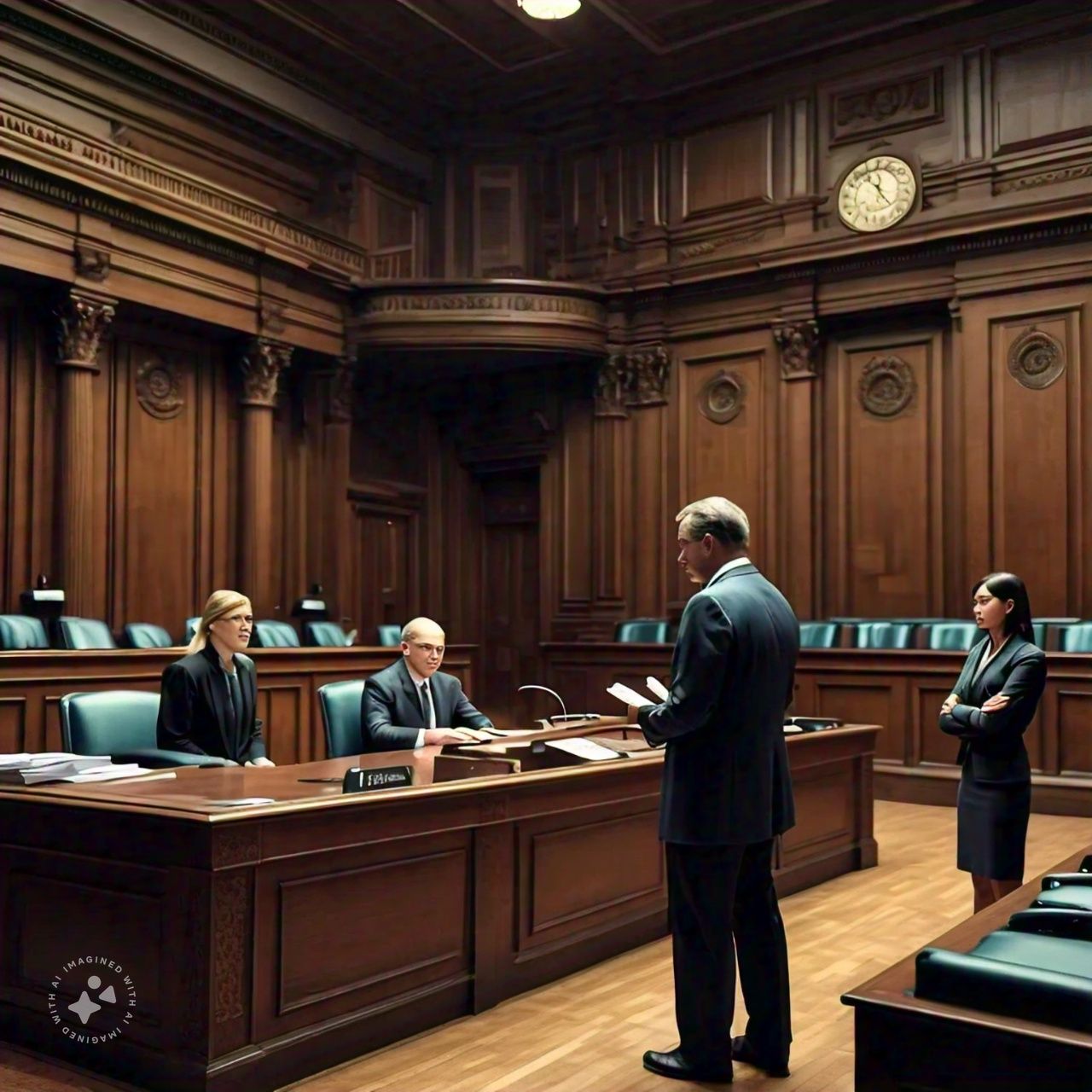
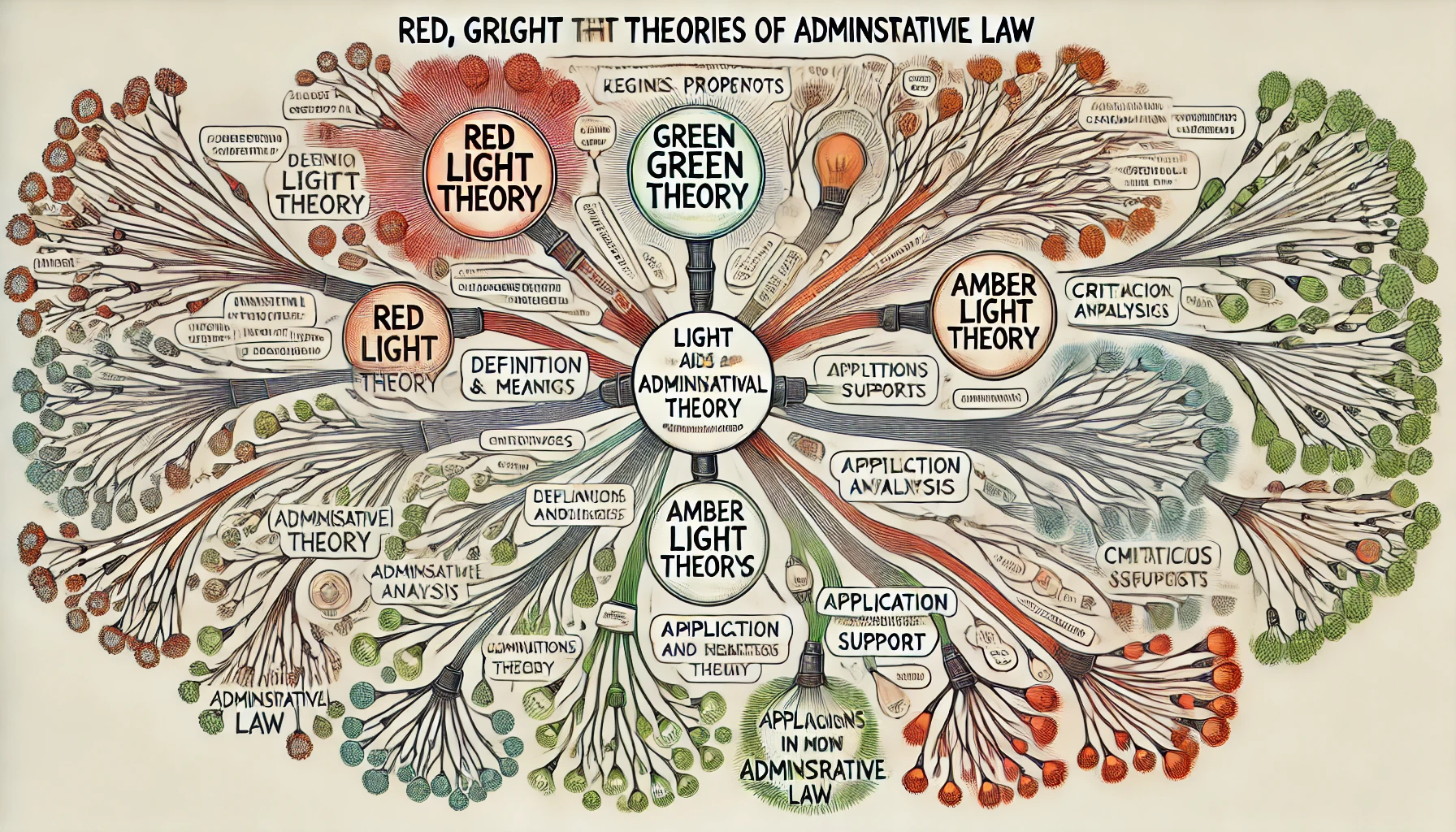
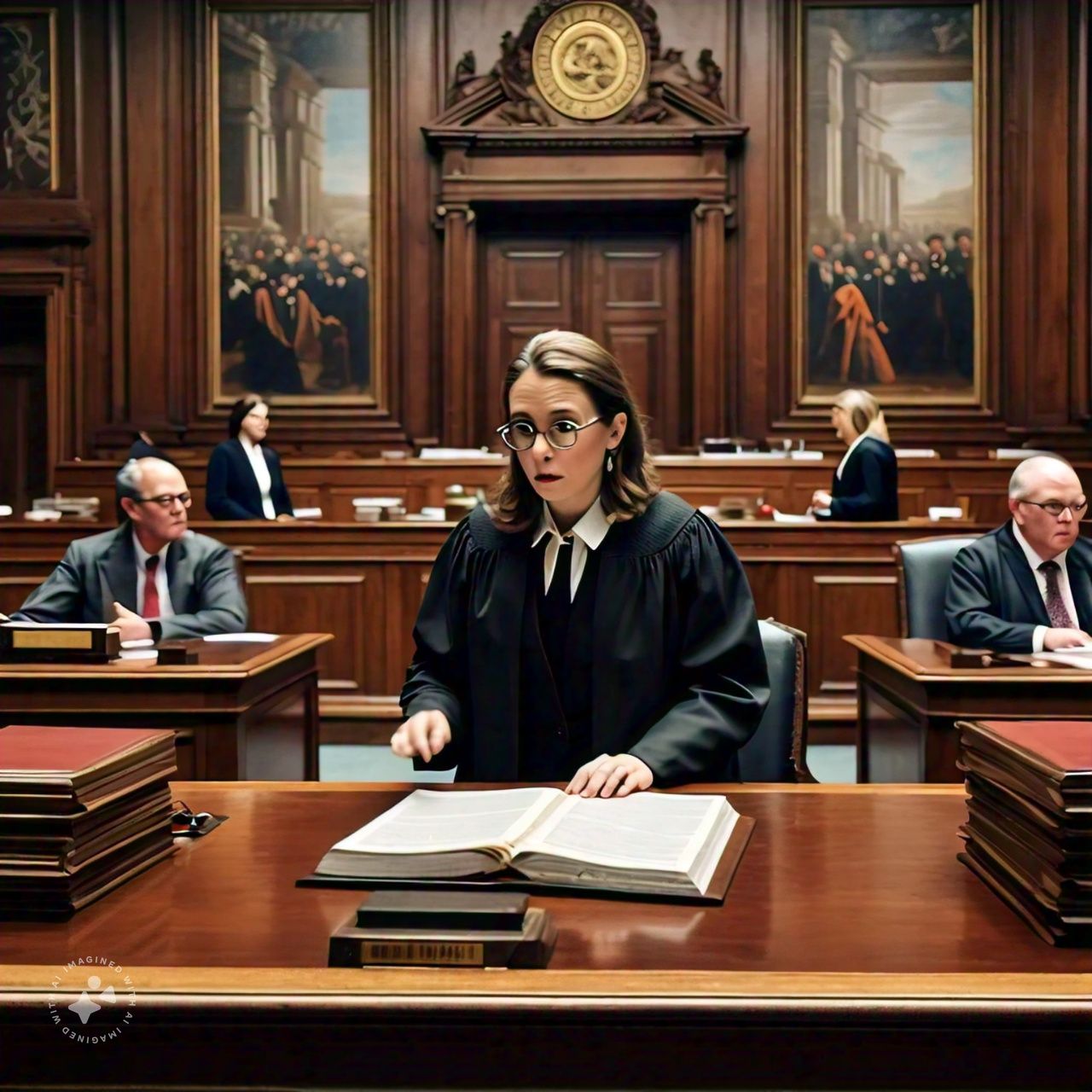
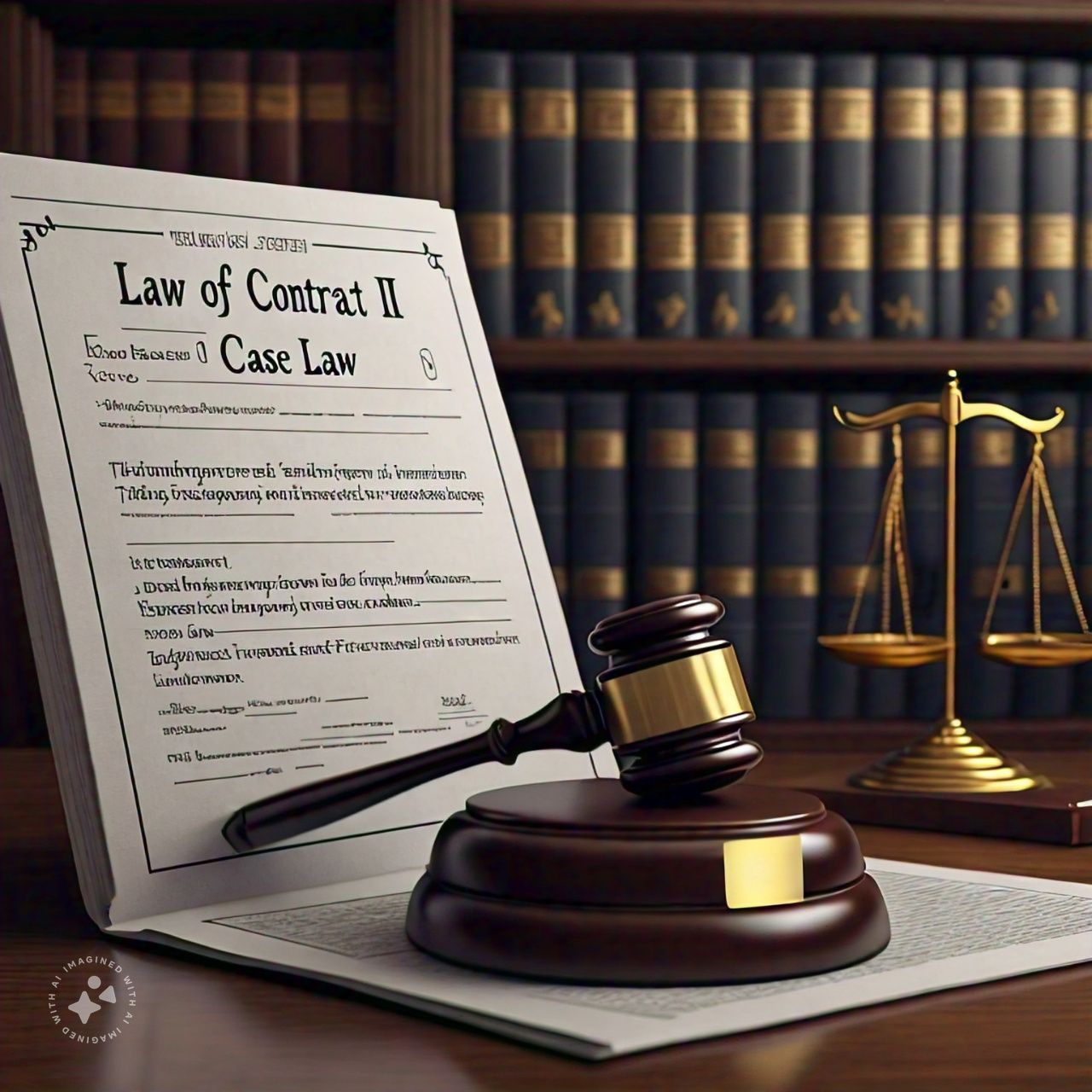
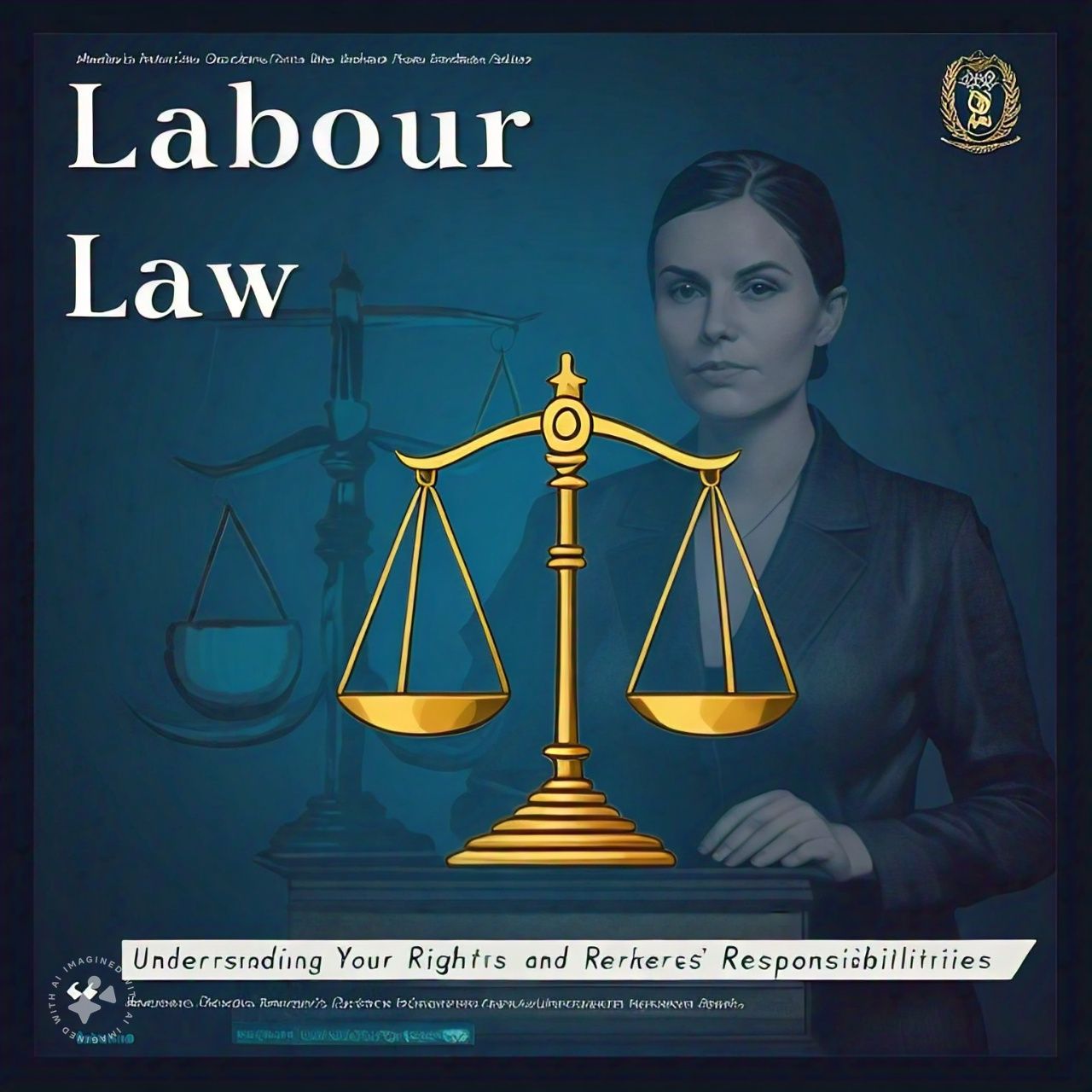
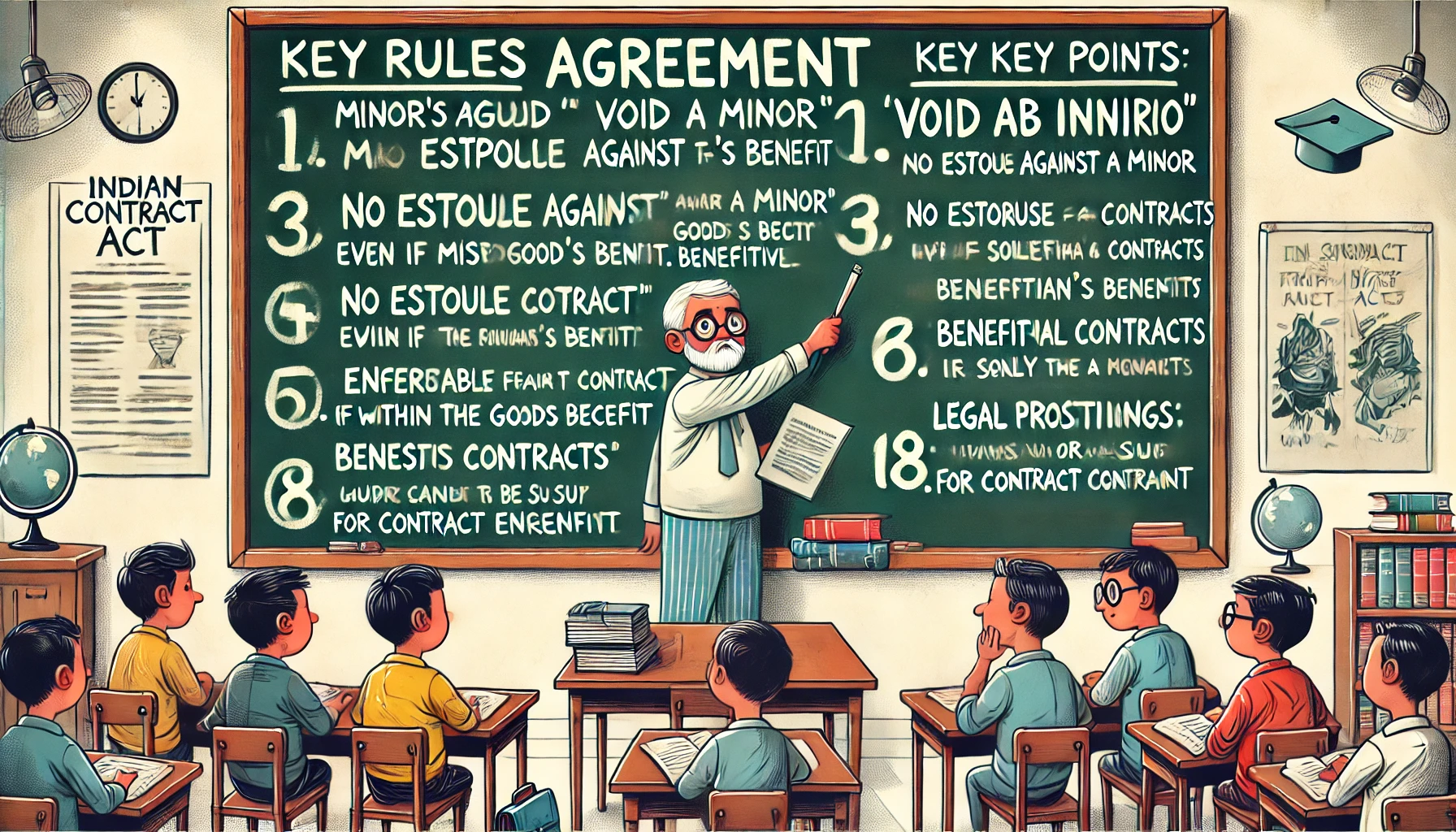
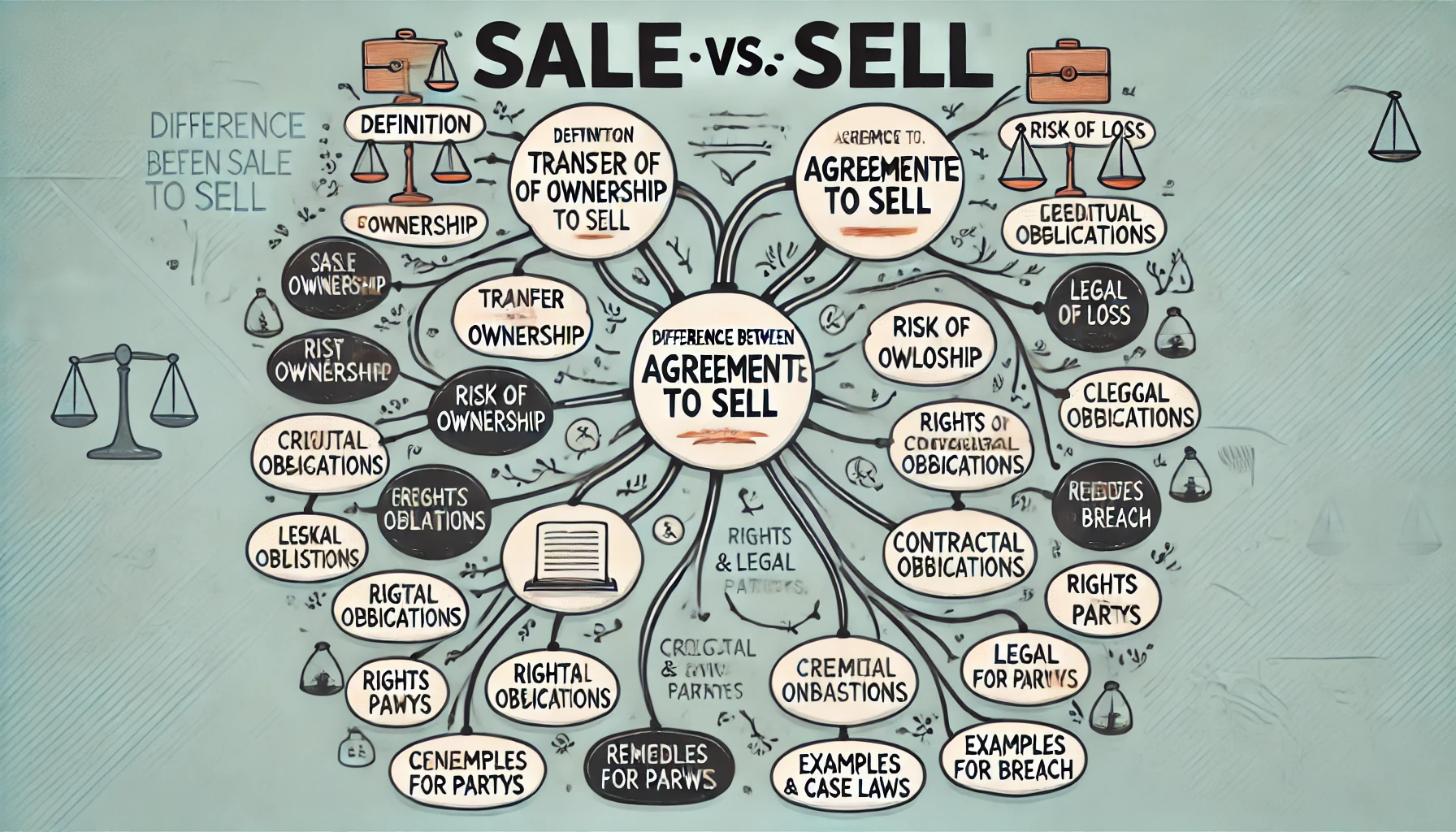
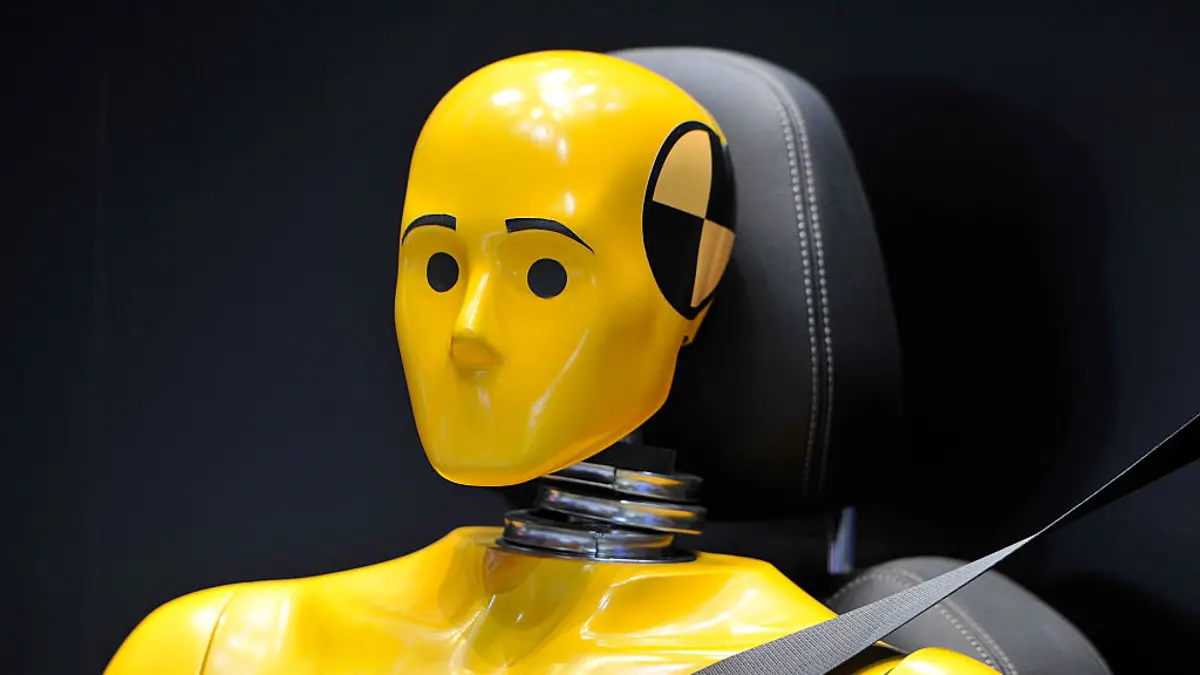
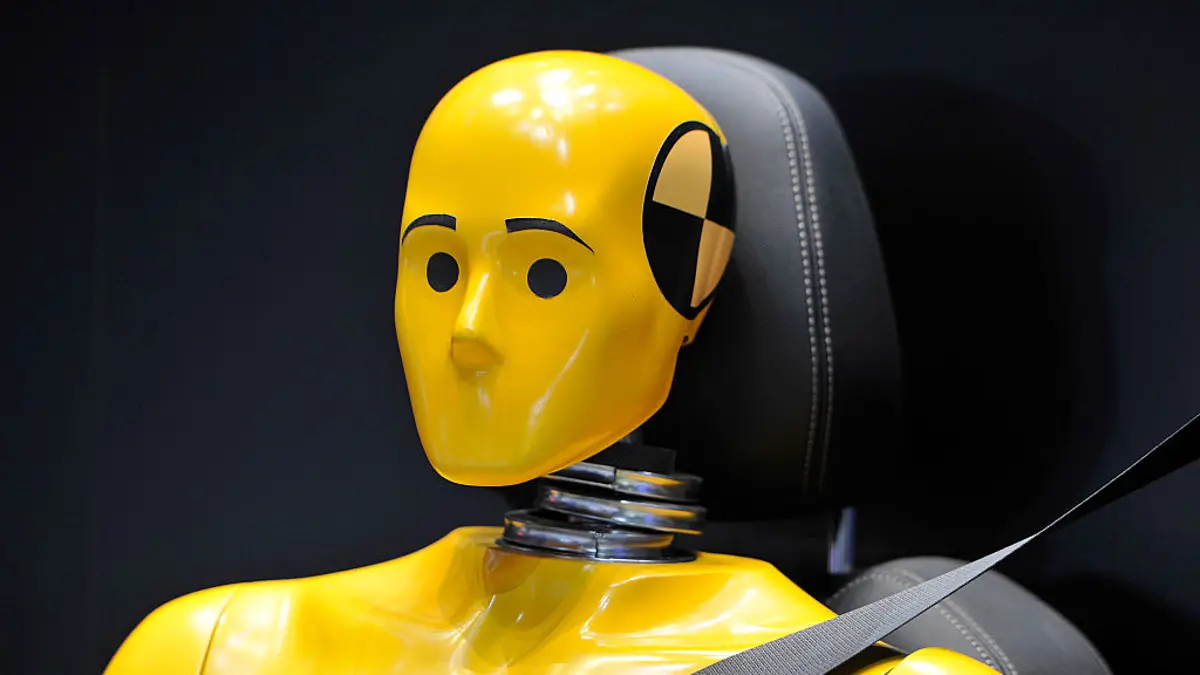
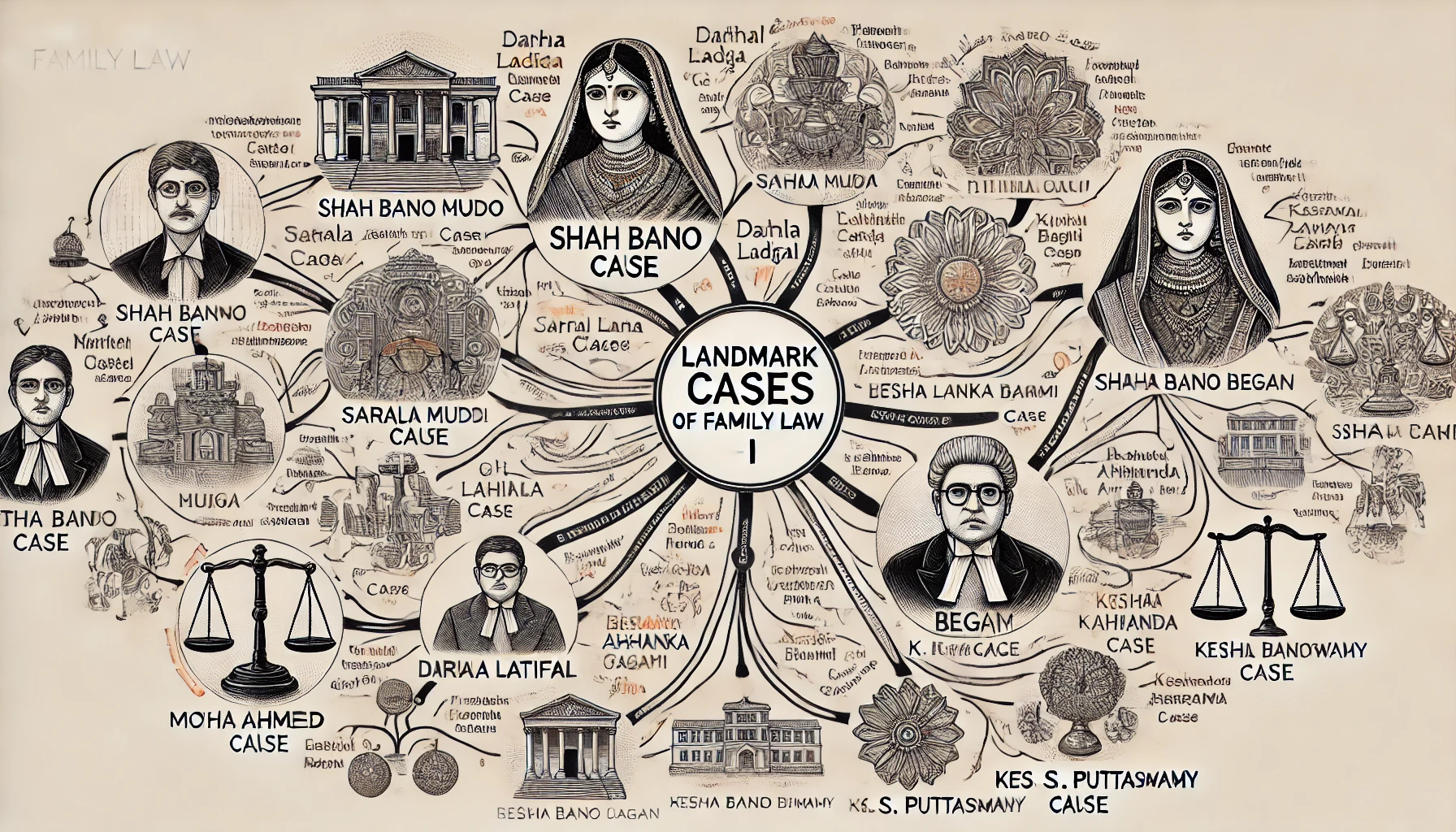
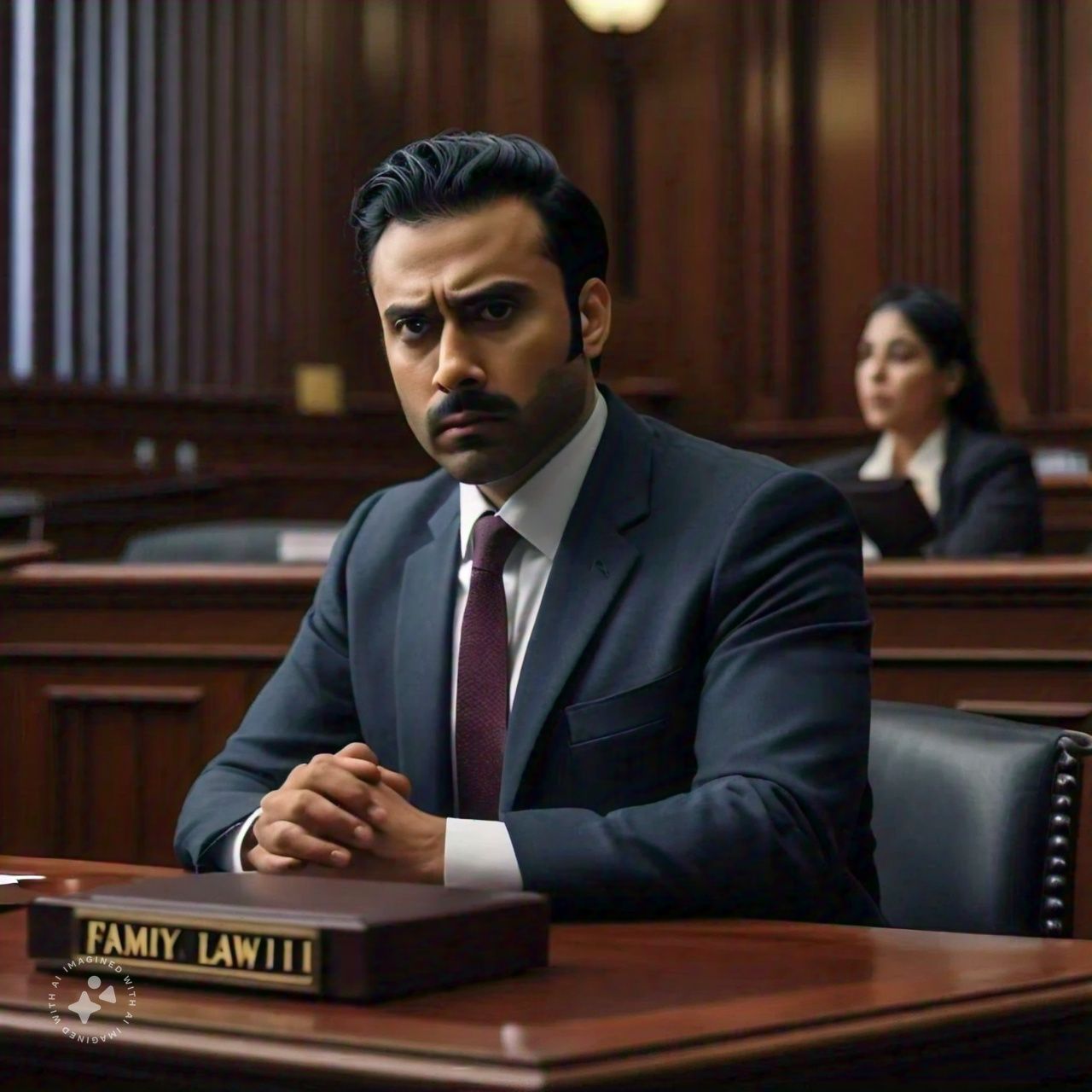
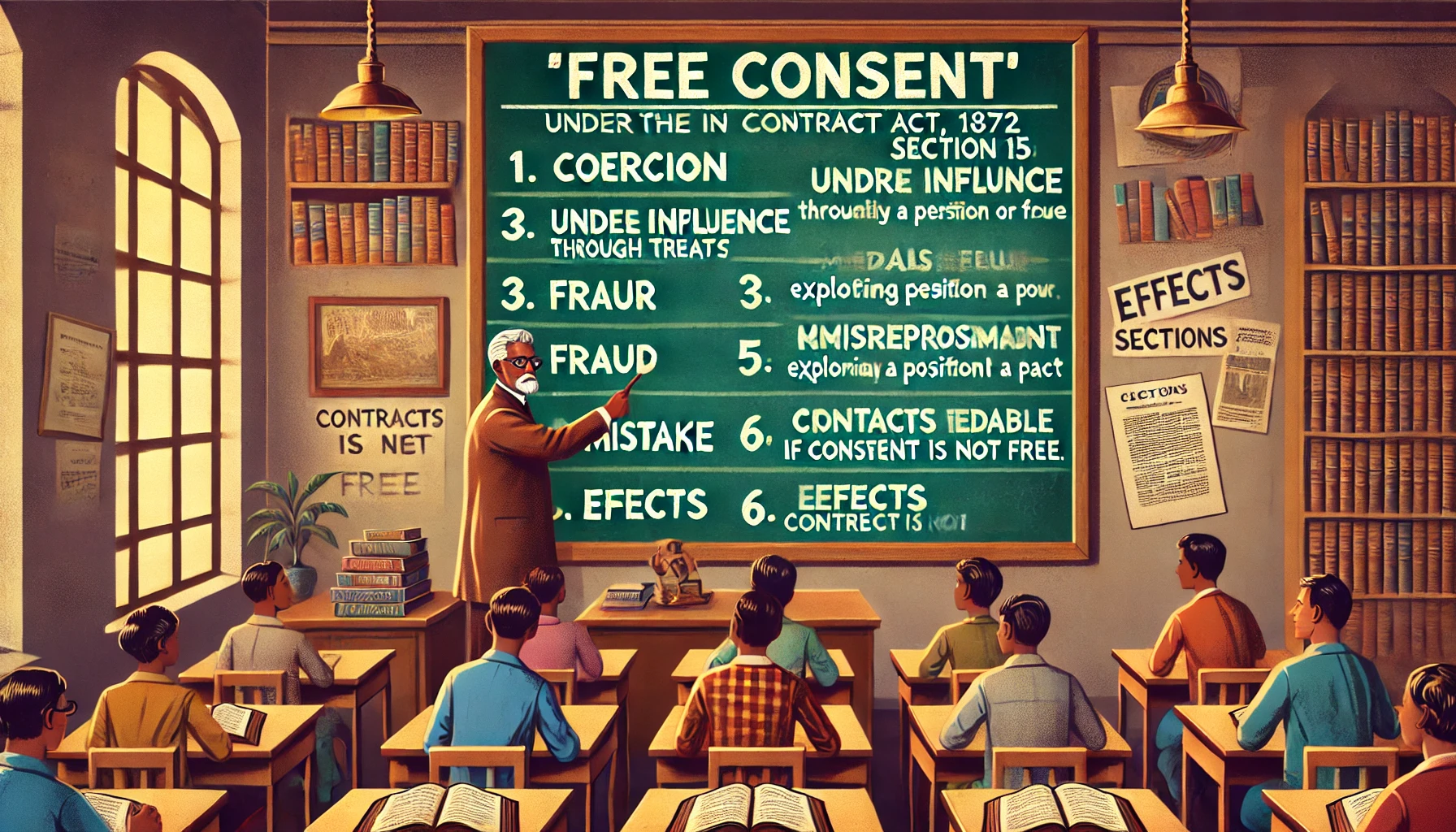
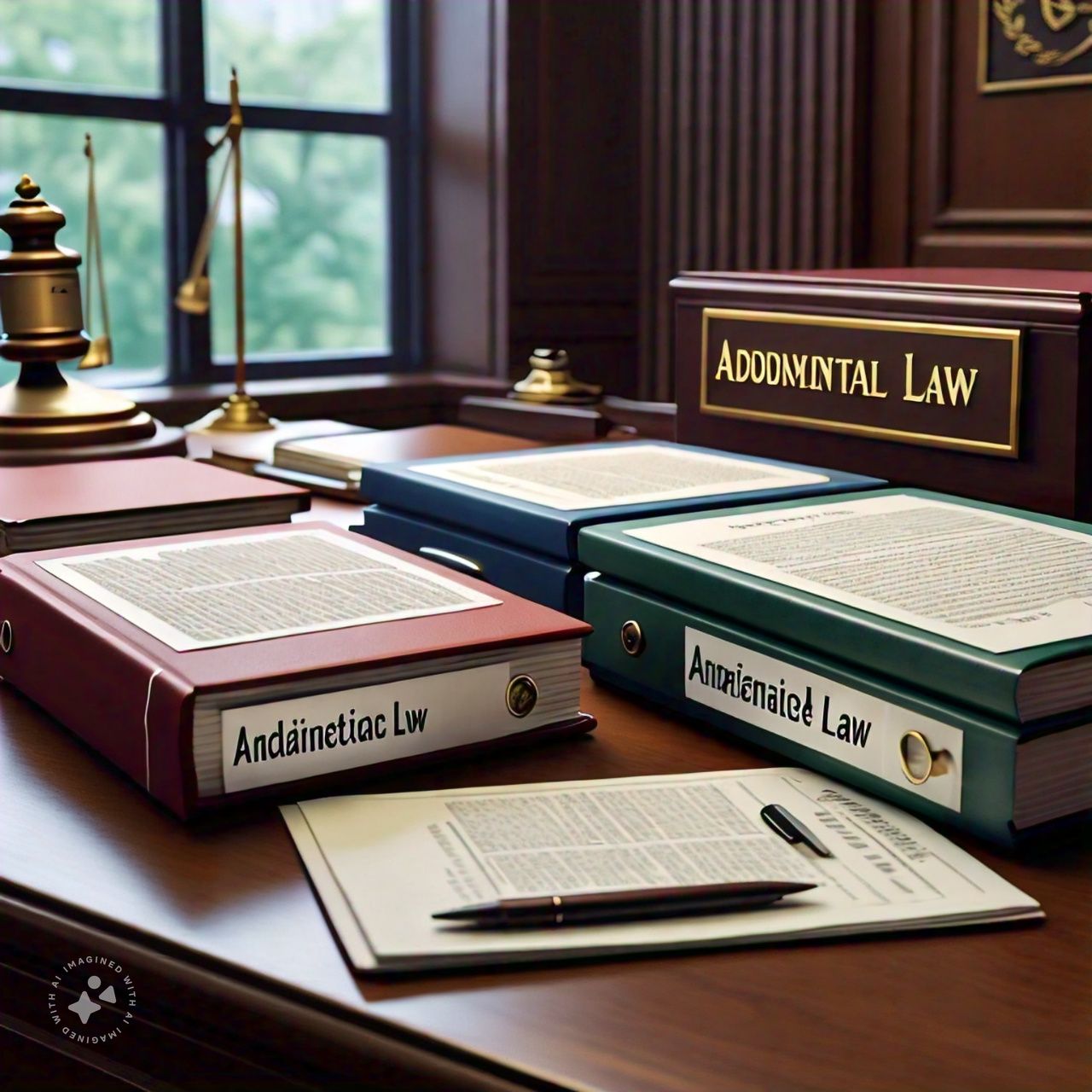

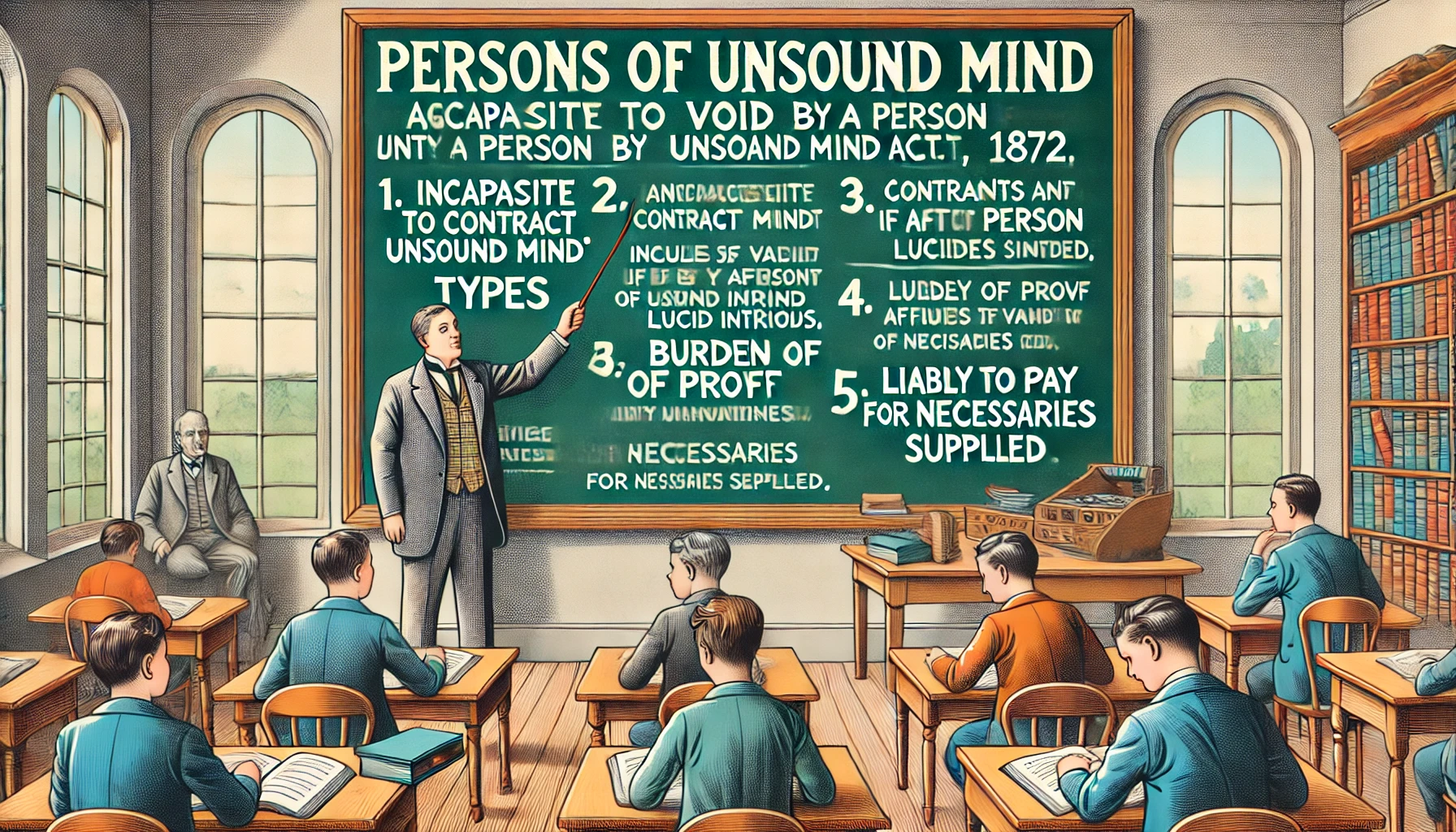
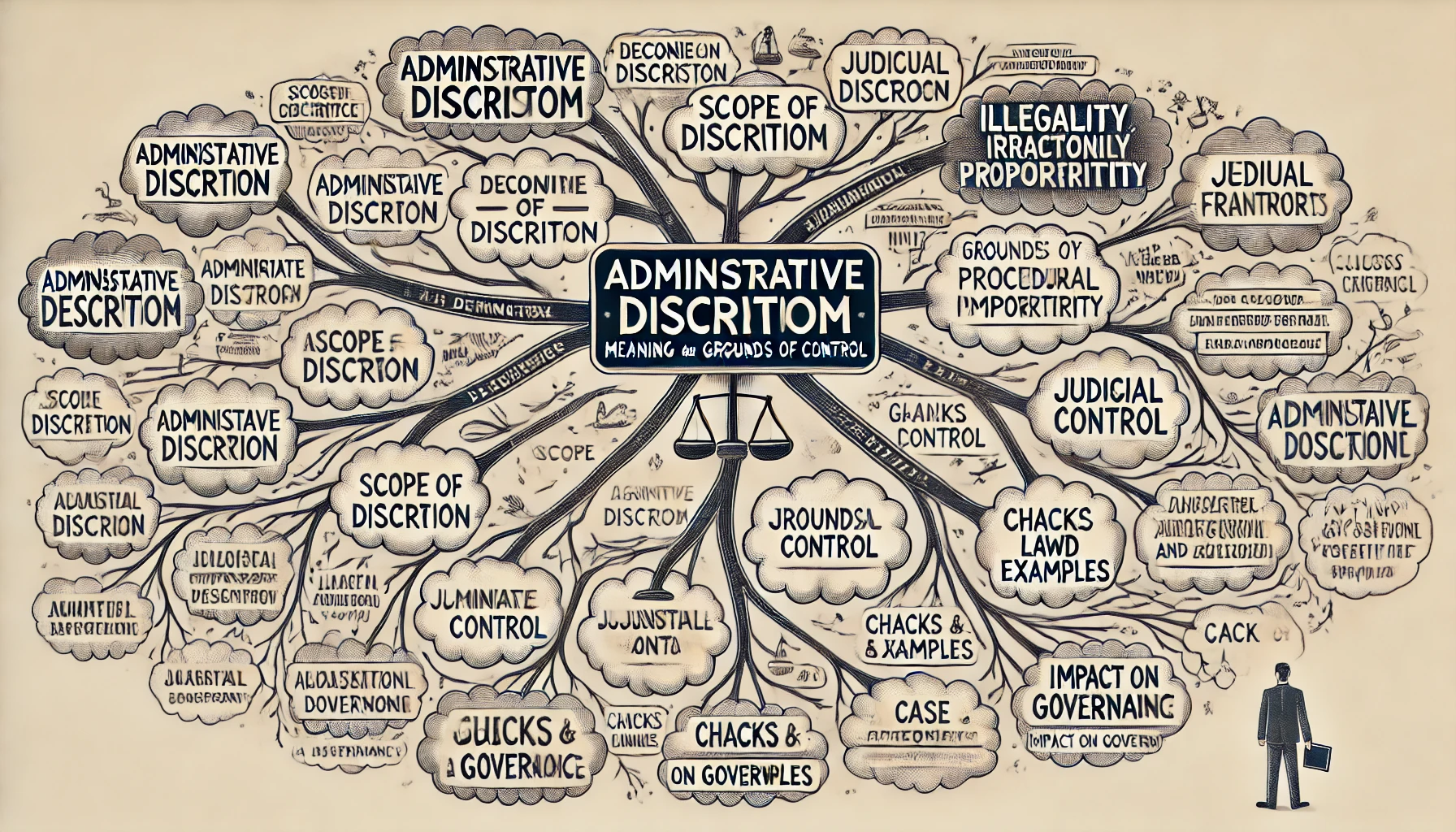
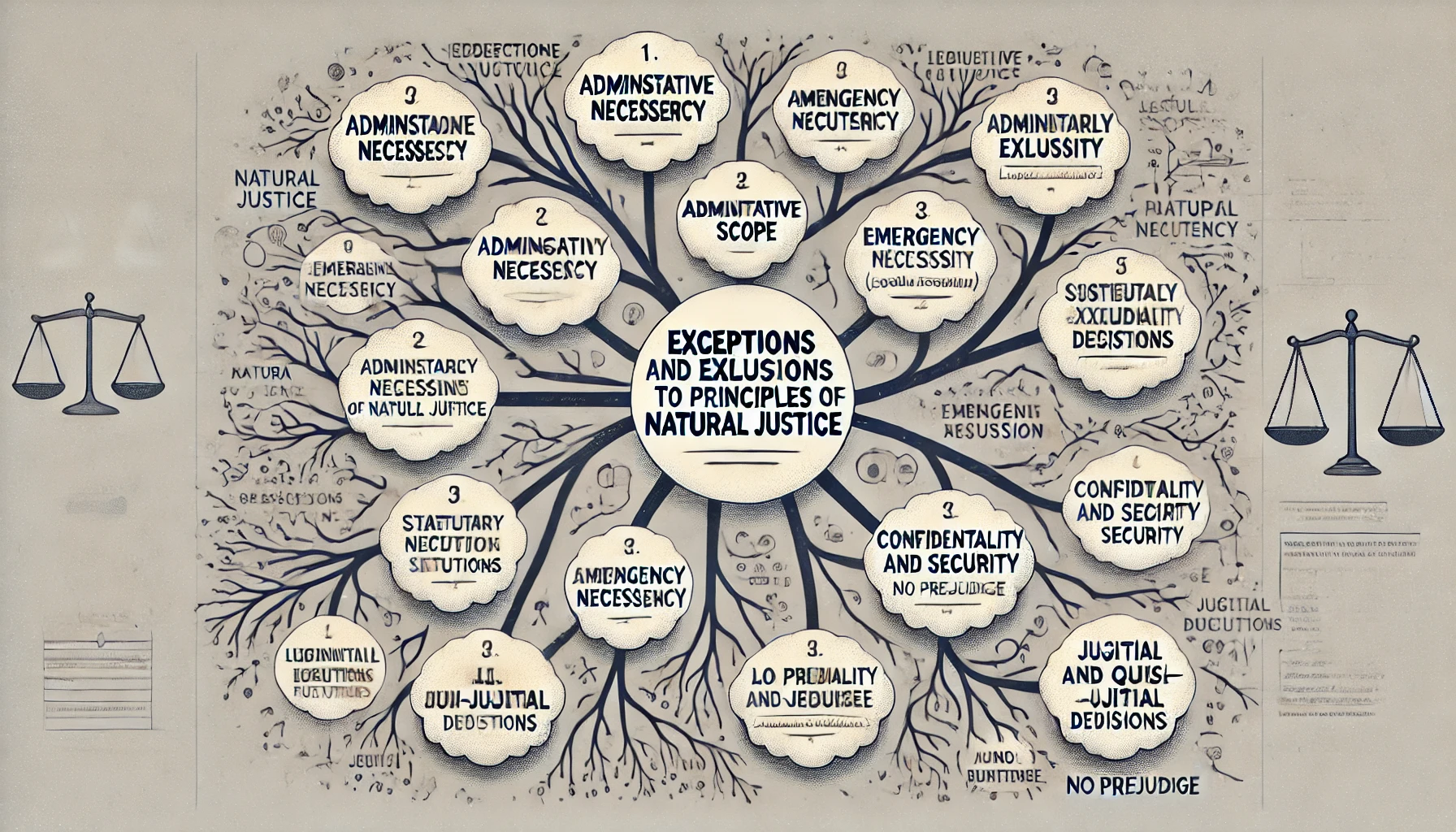
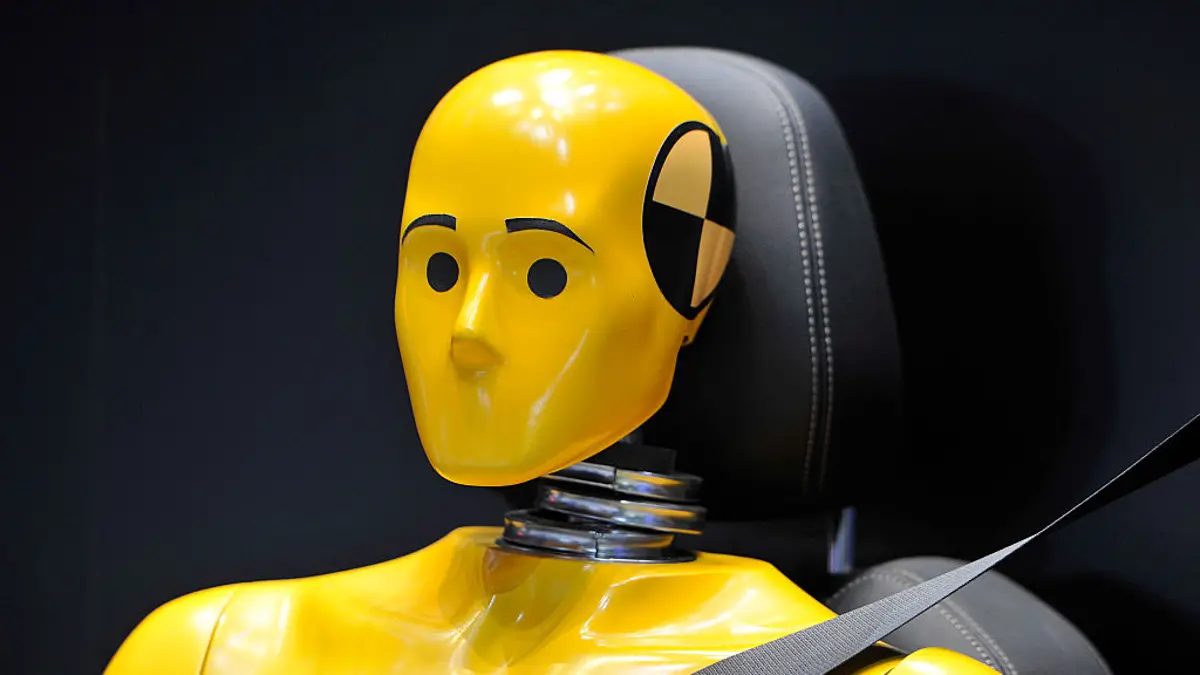
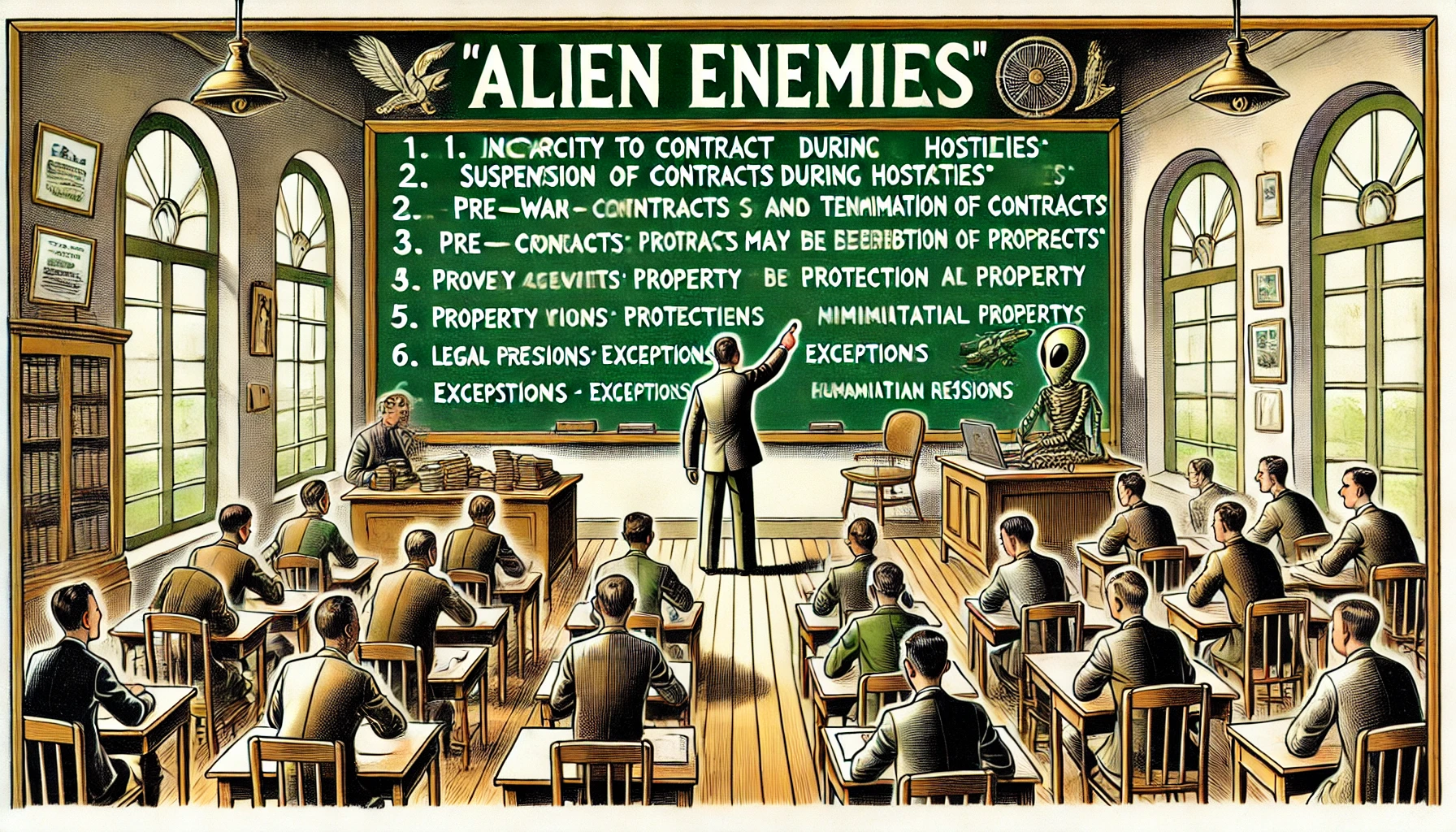
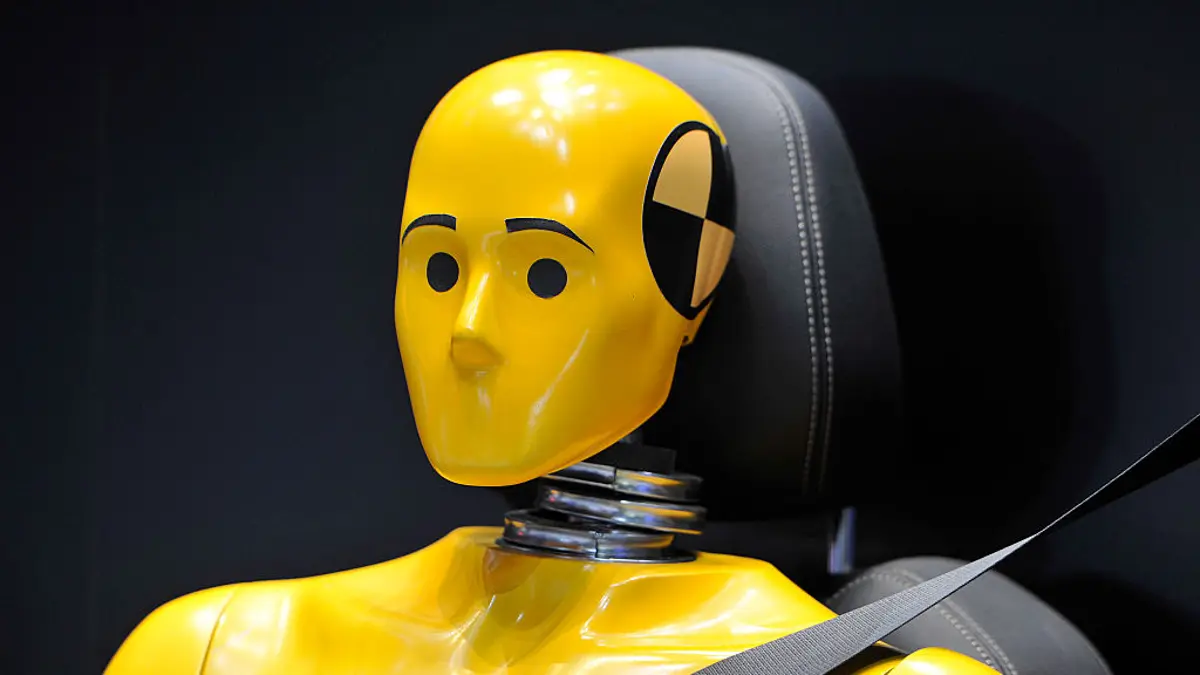
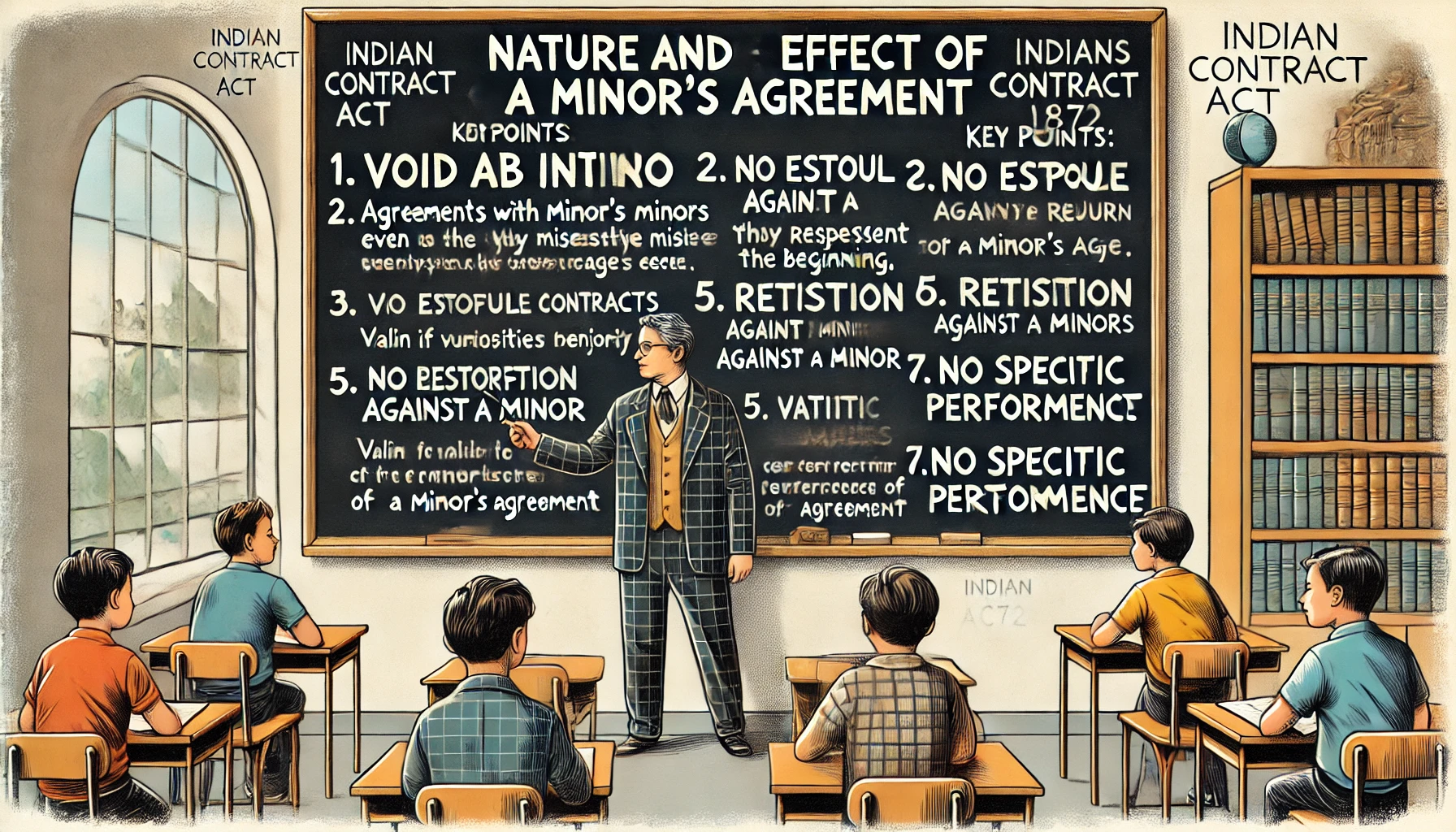


Comment
Nothing for now